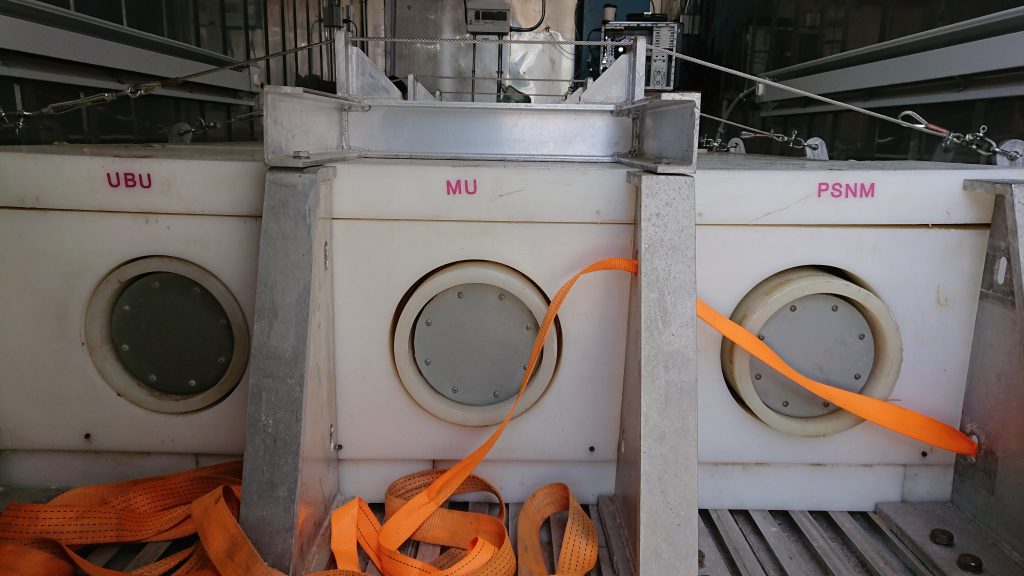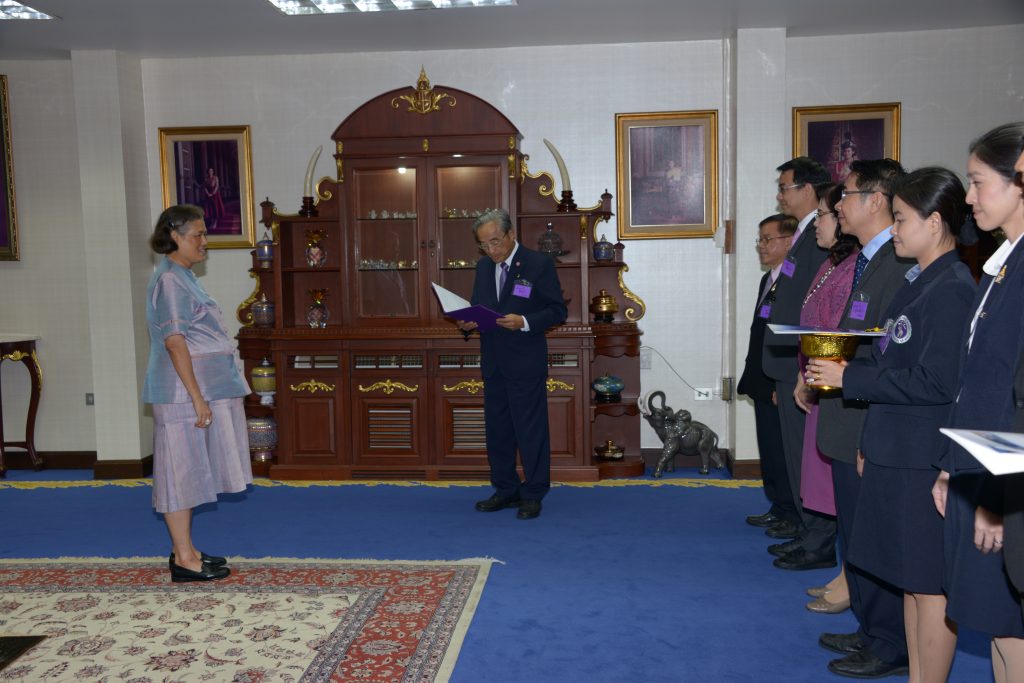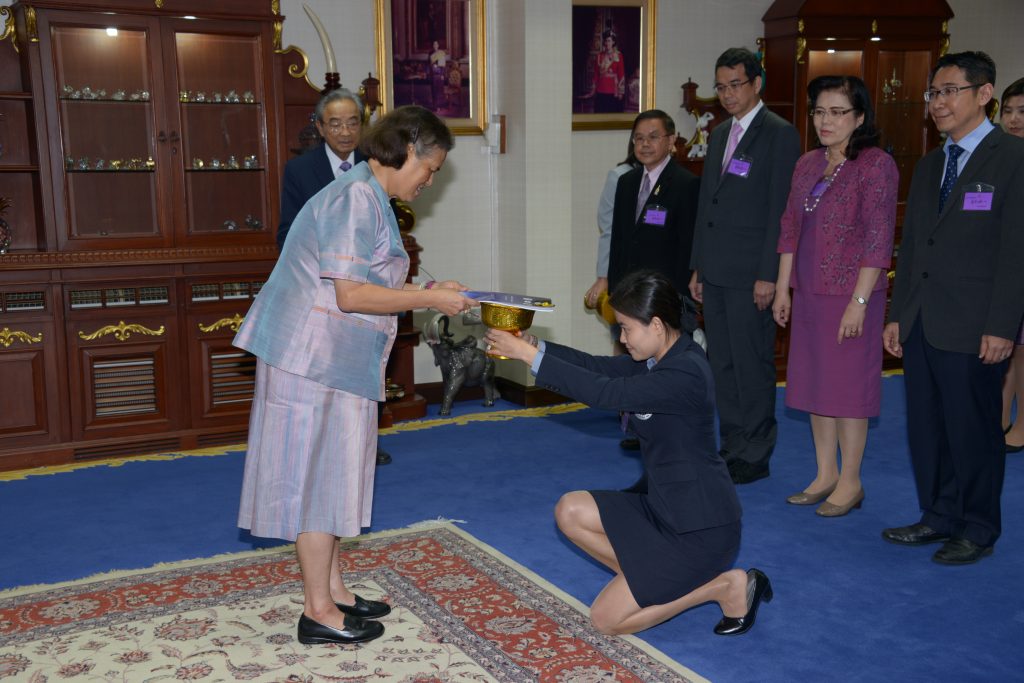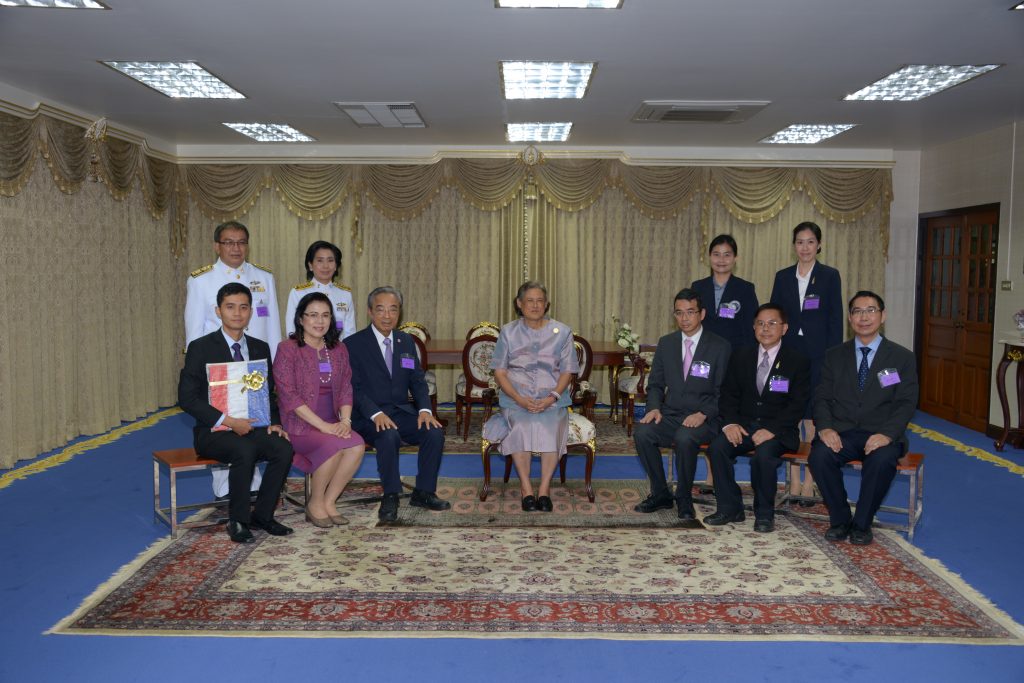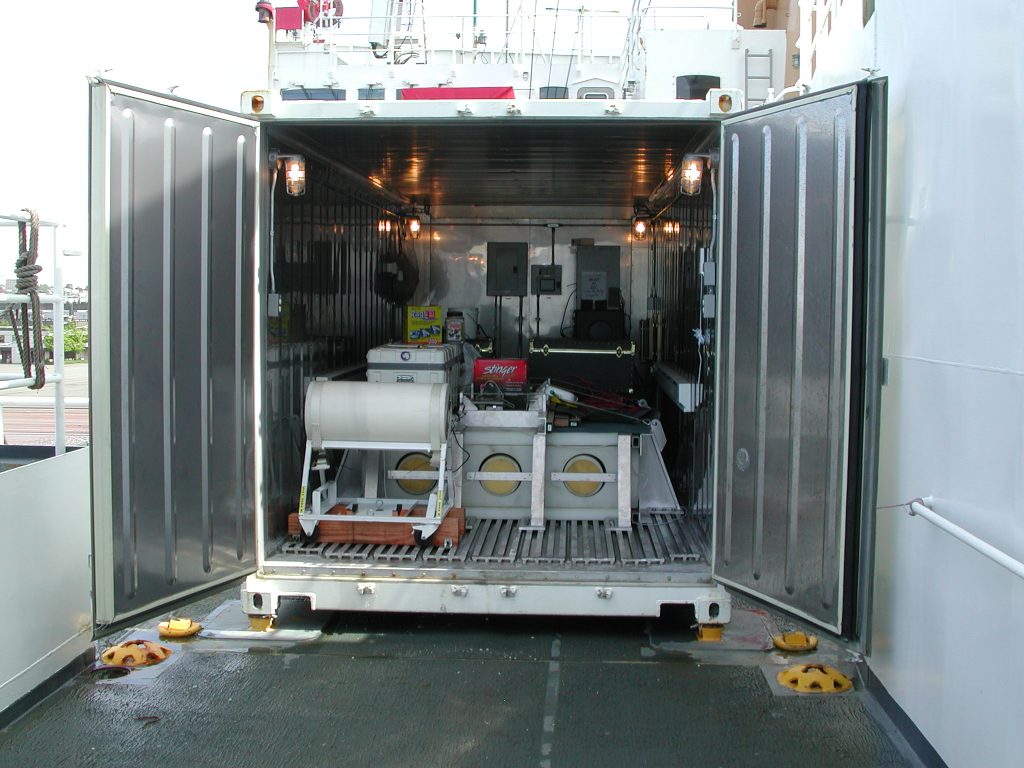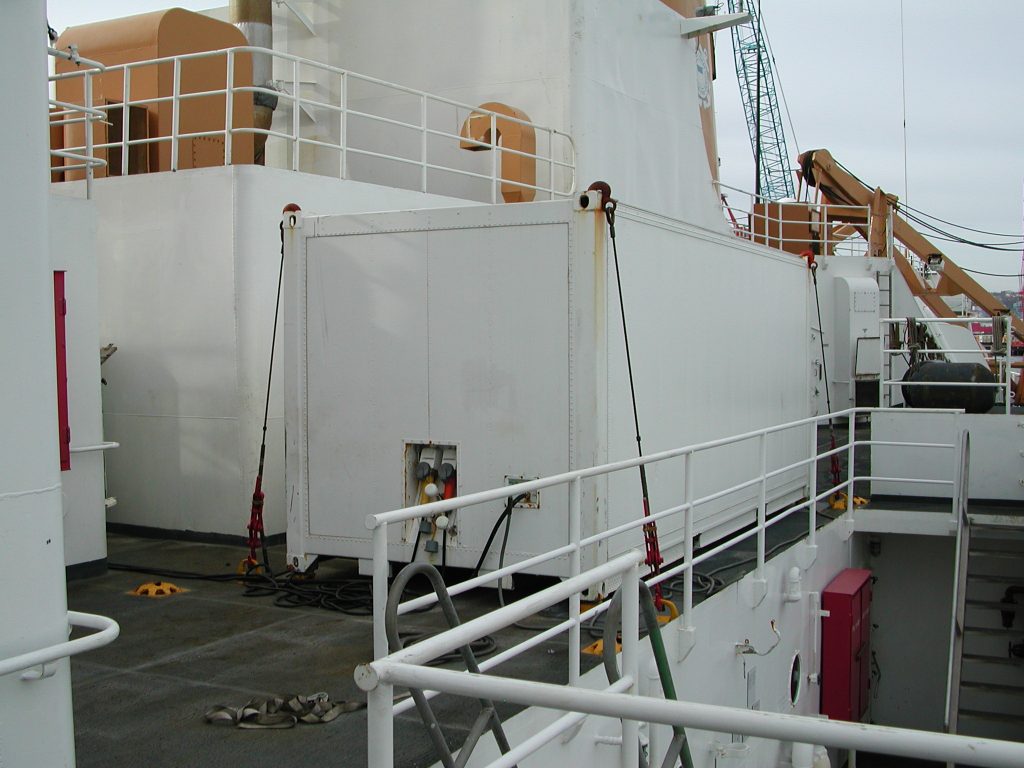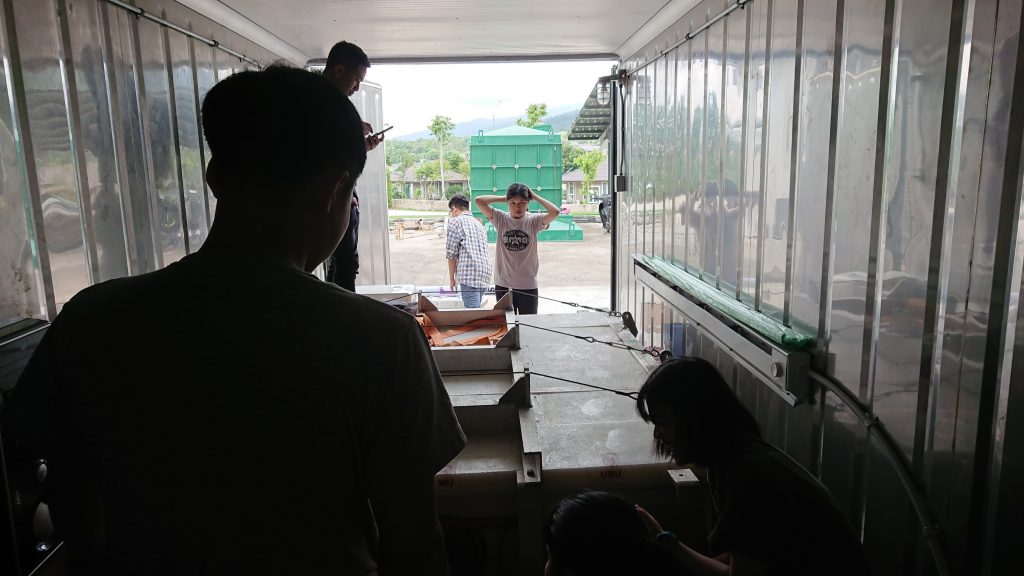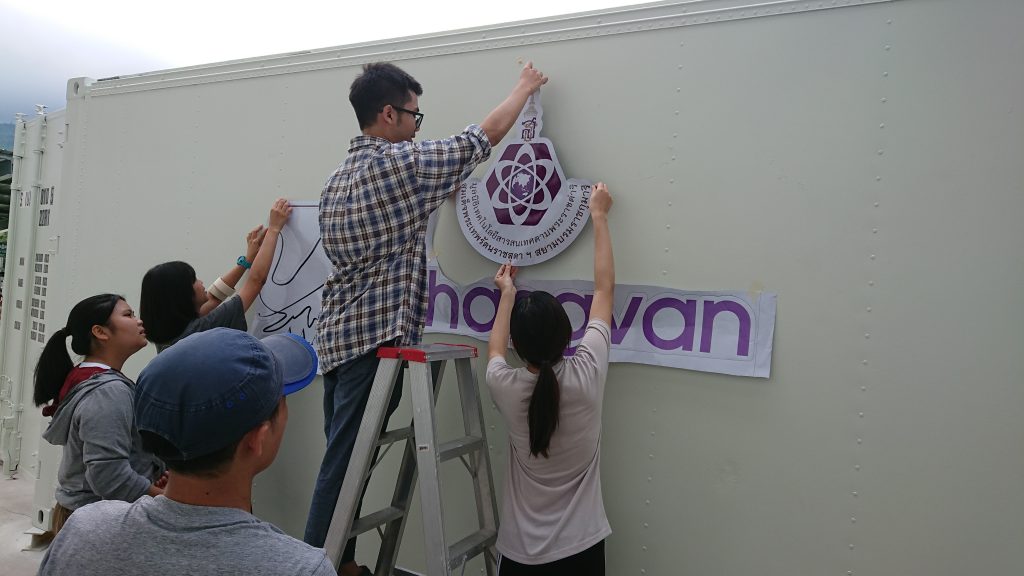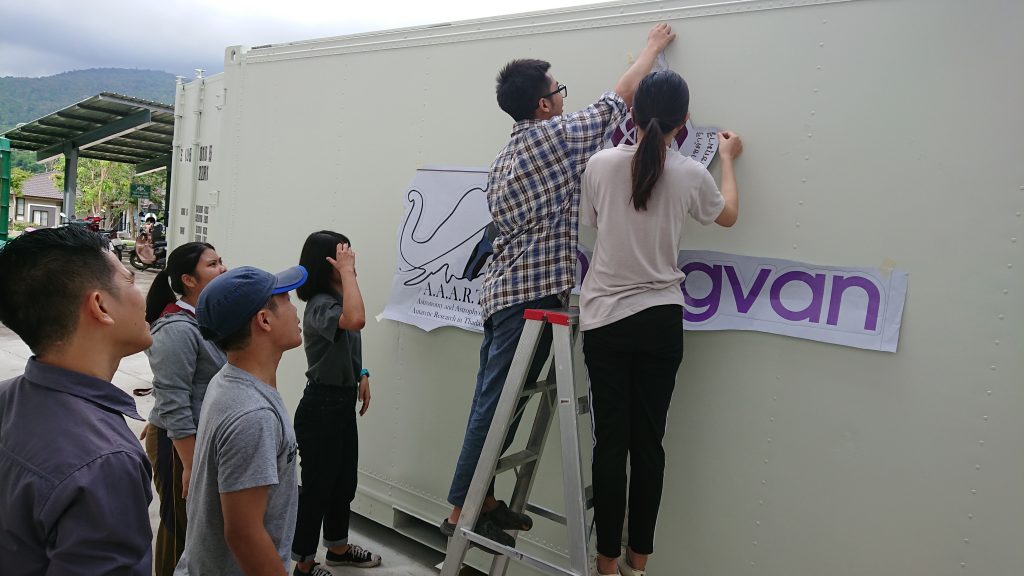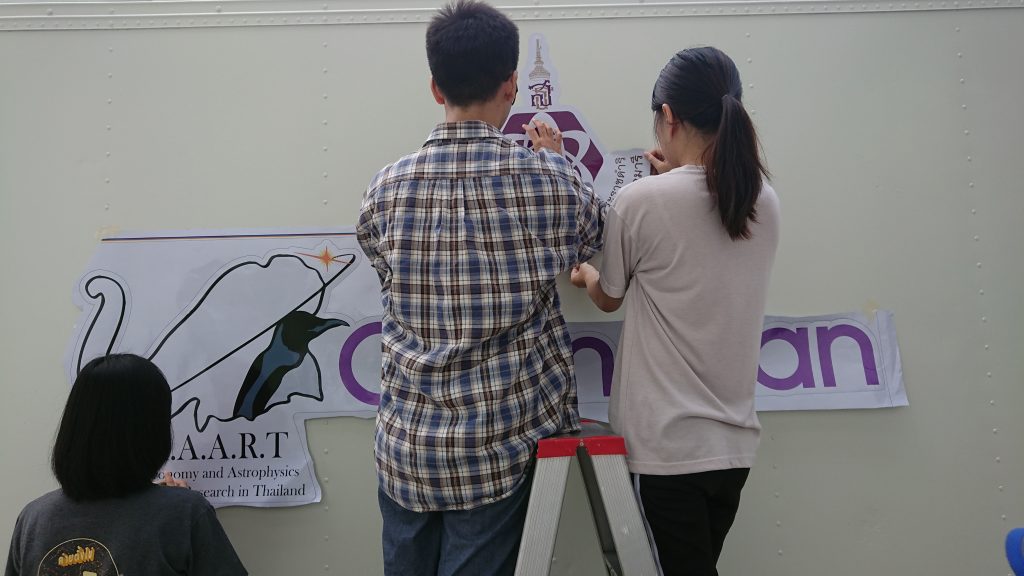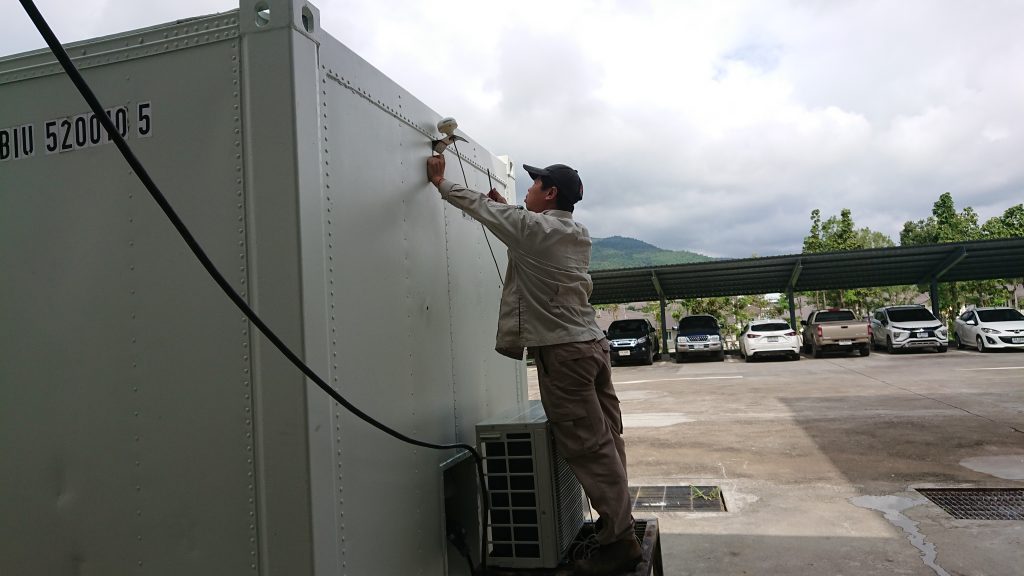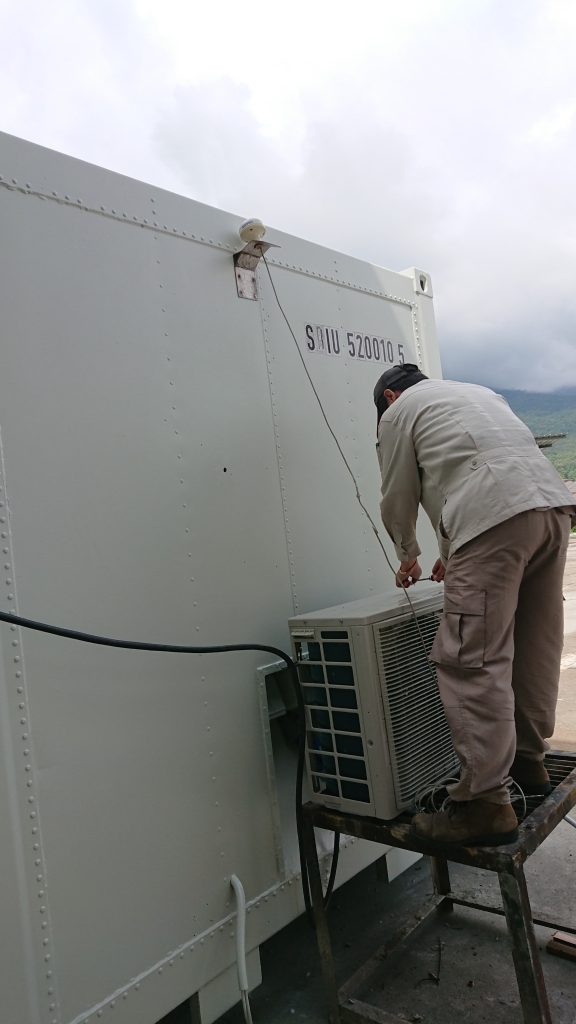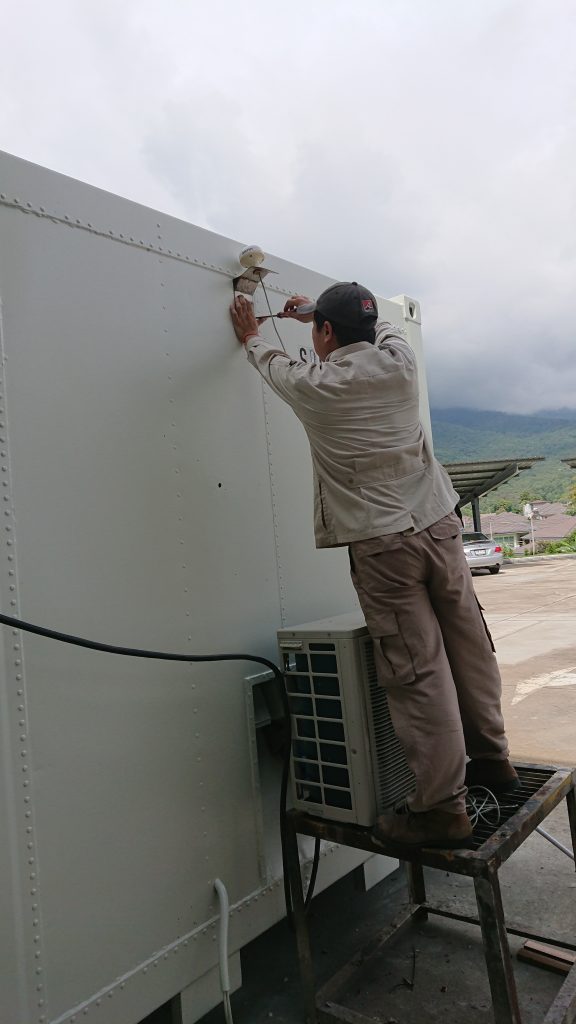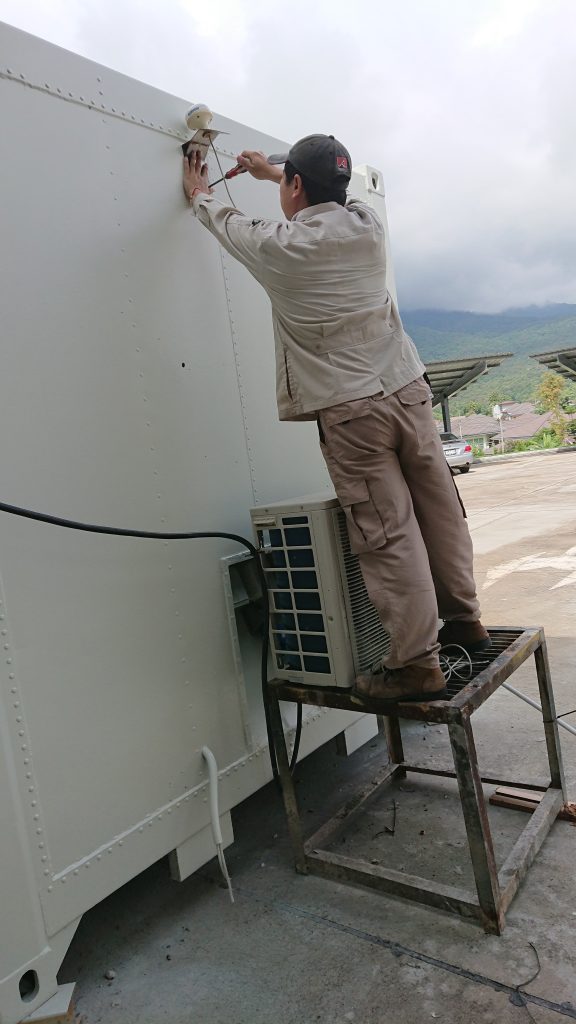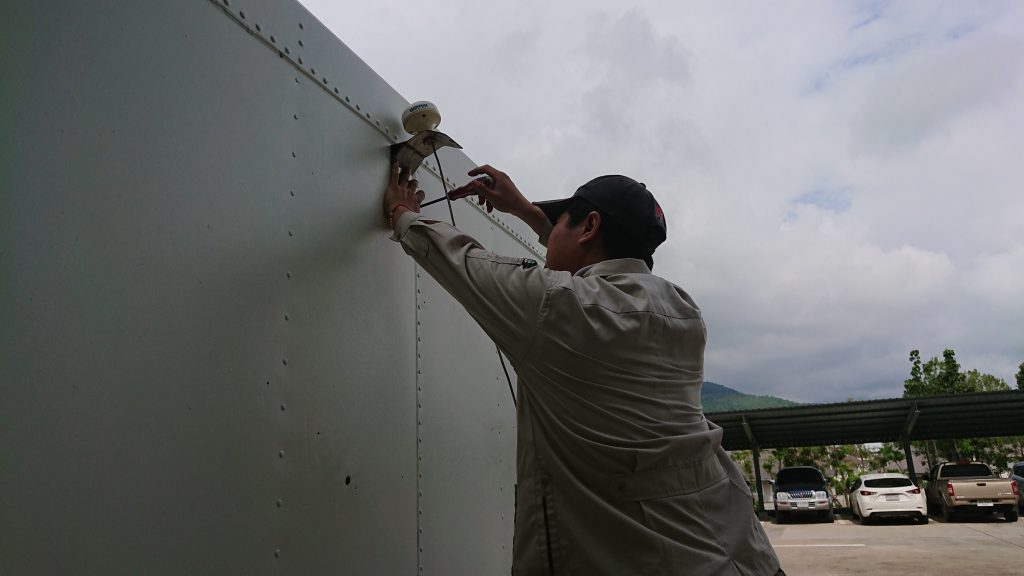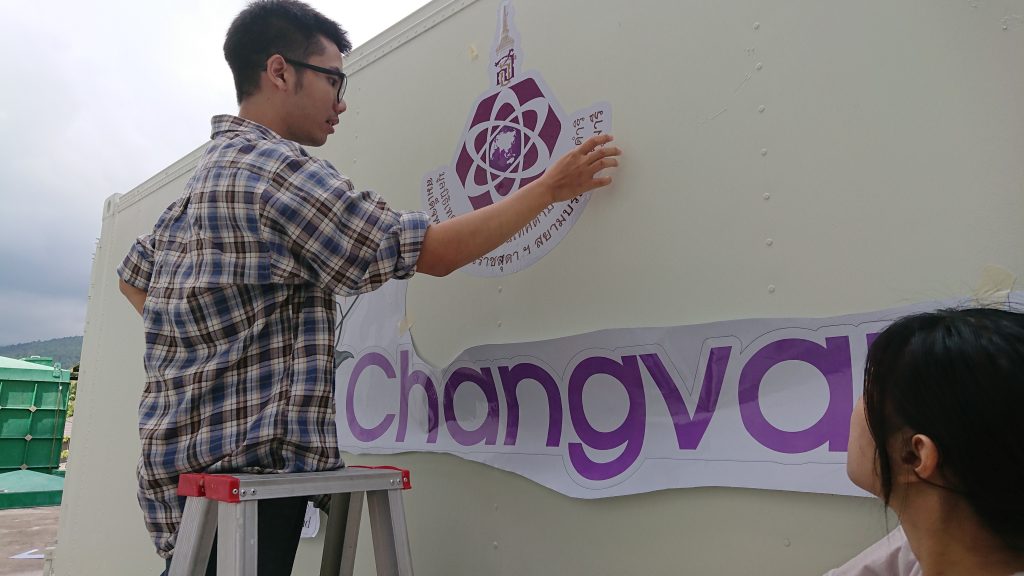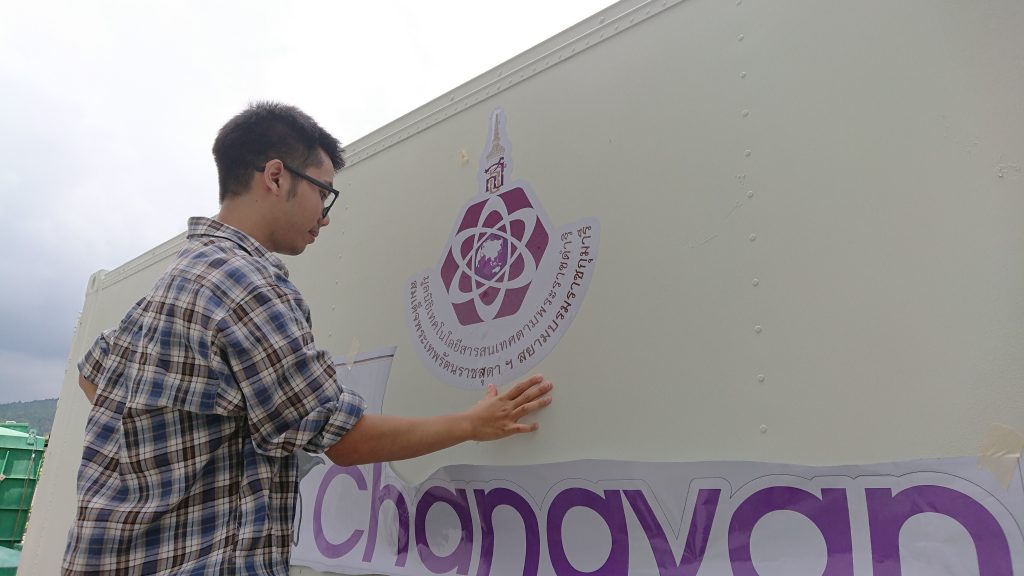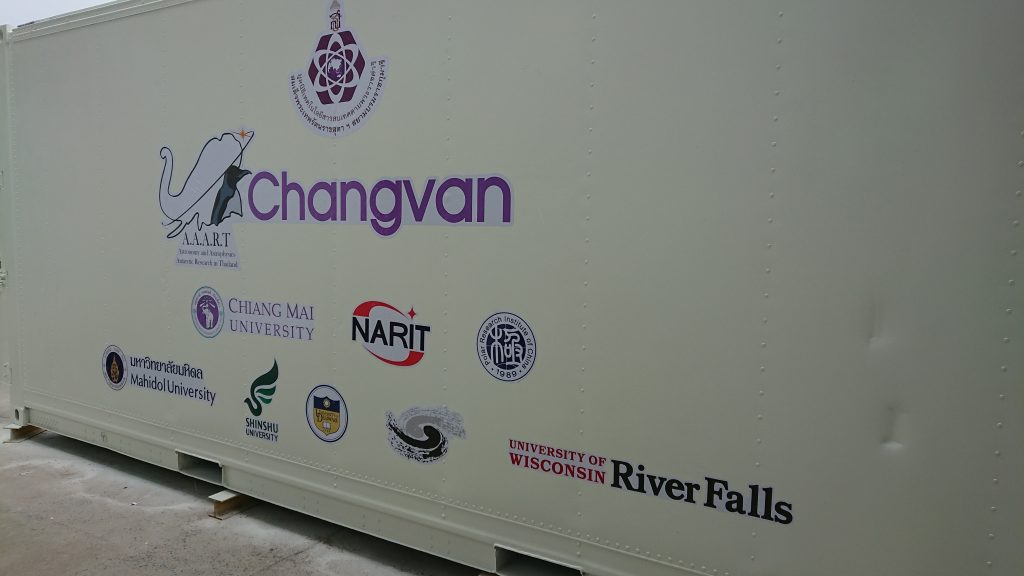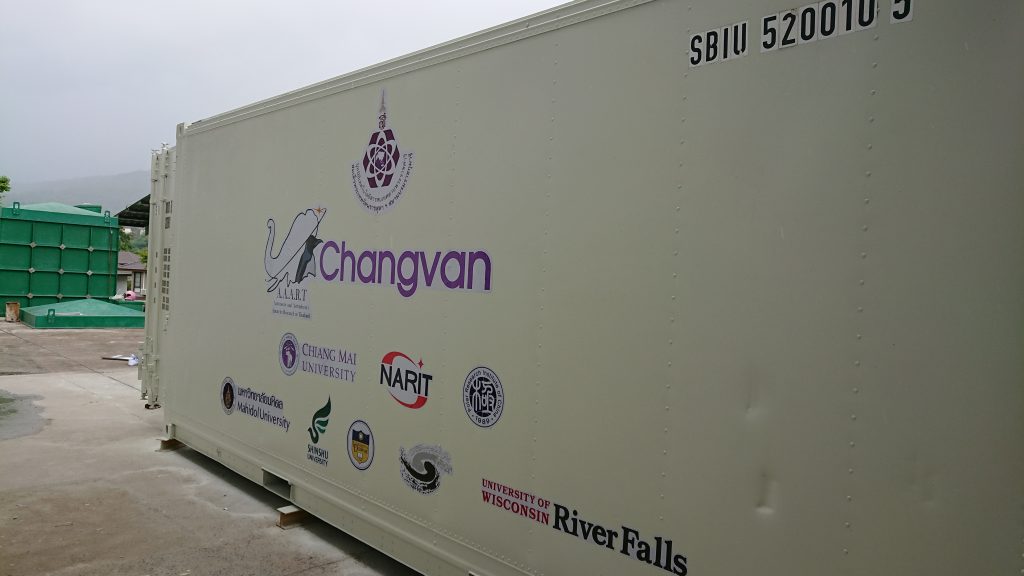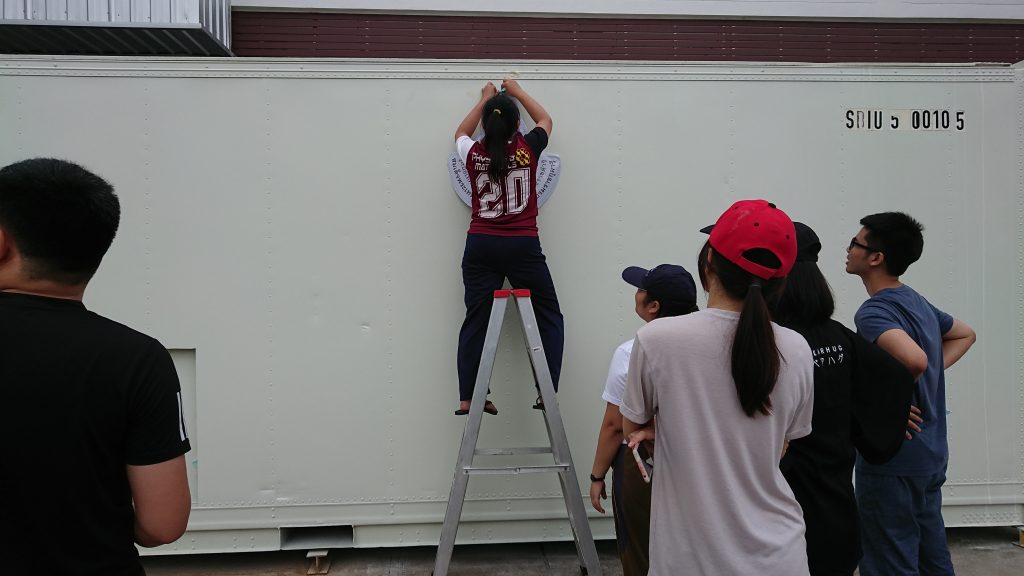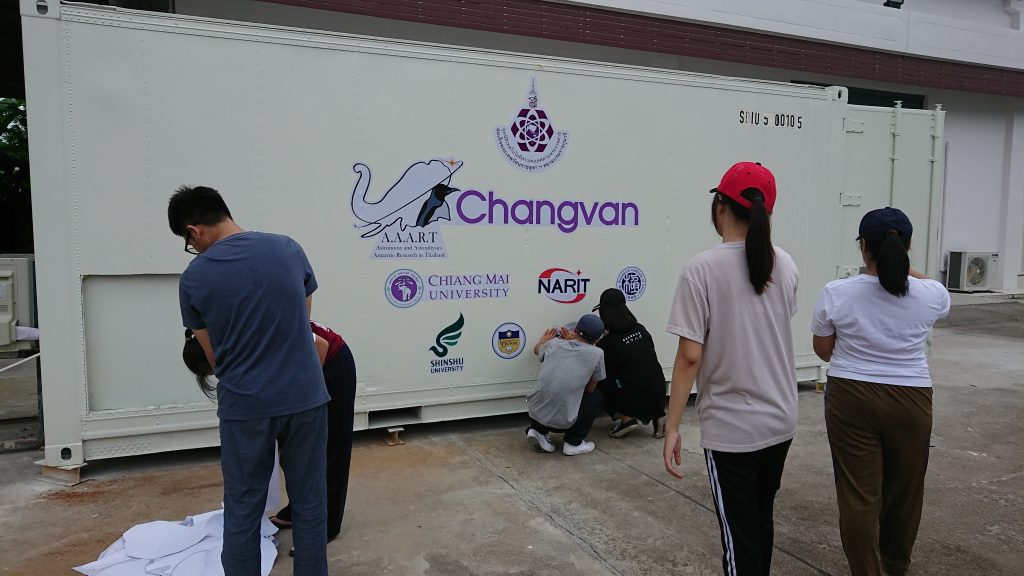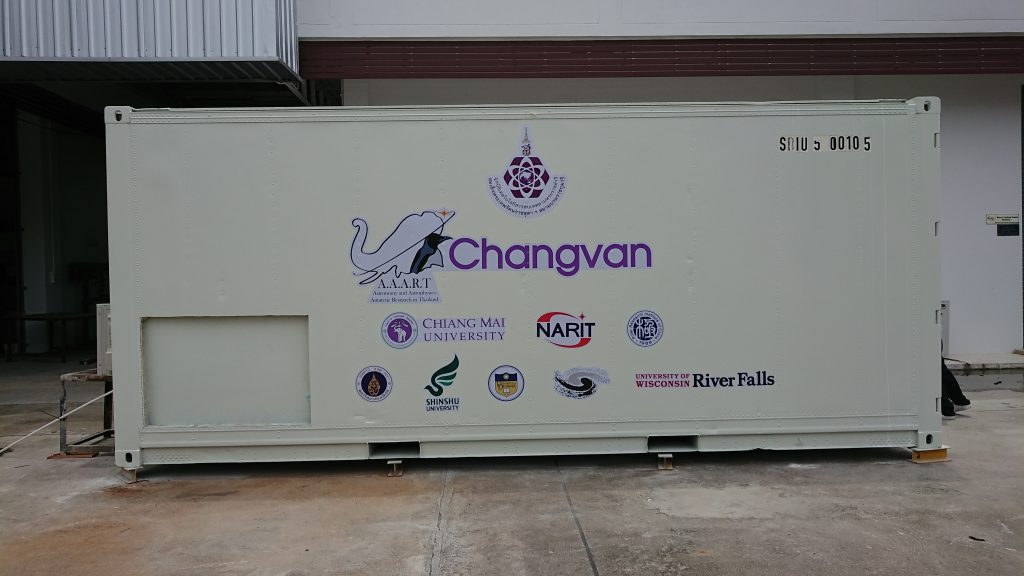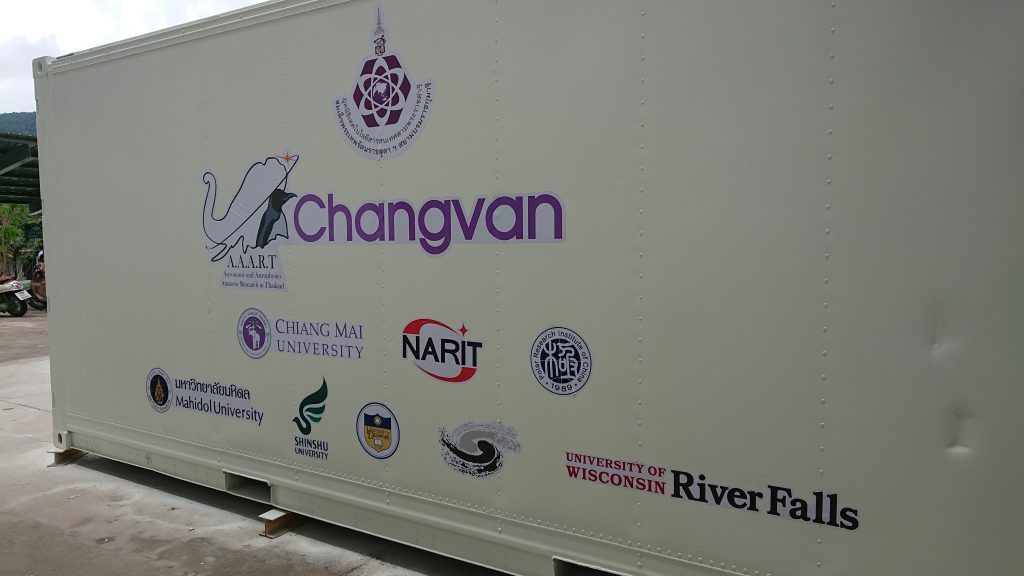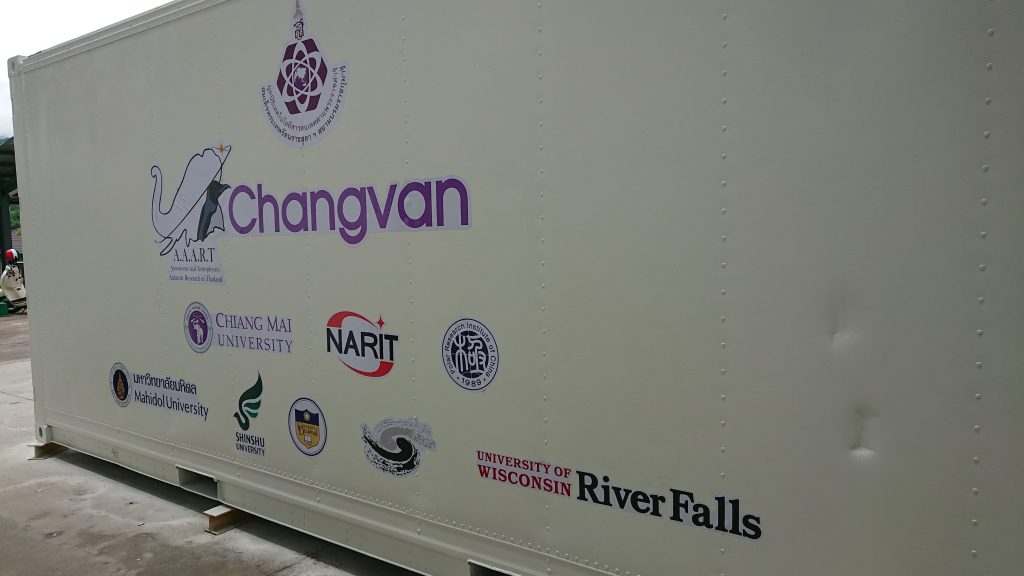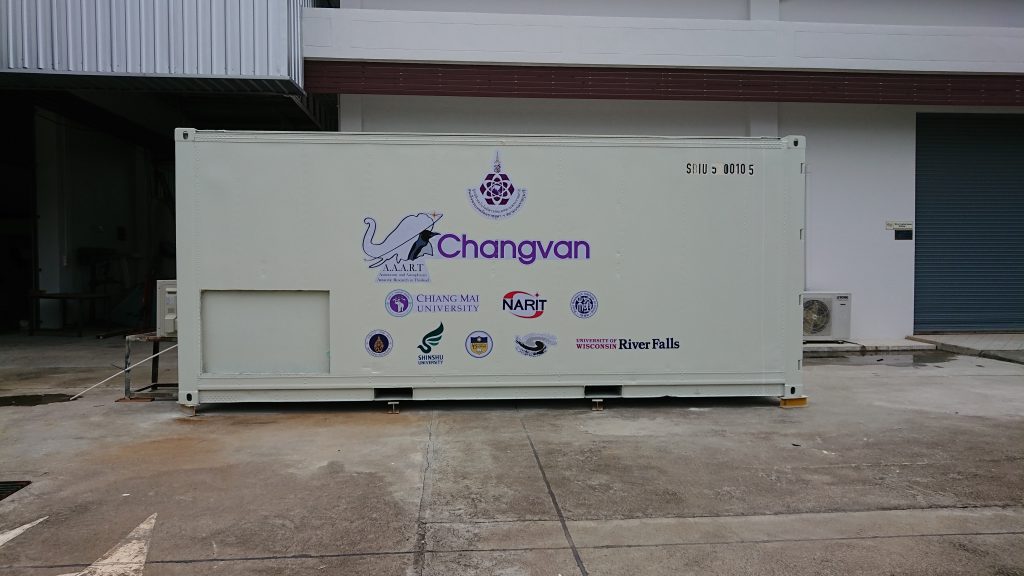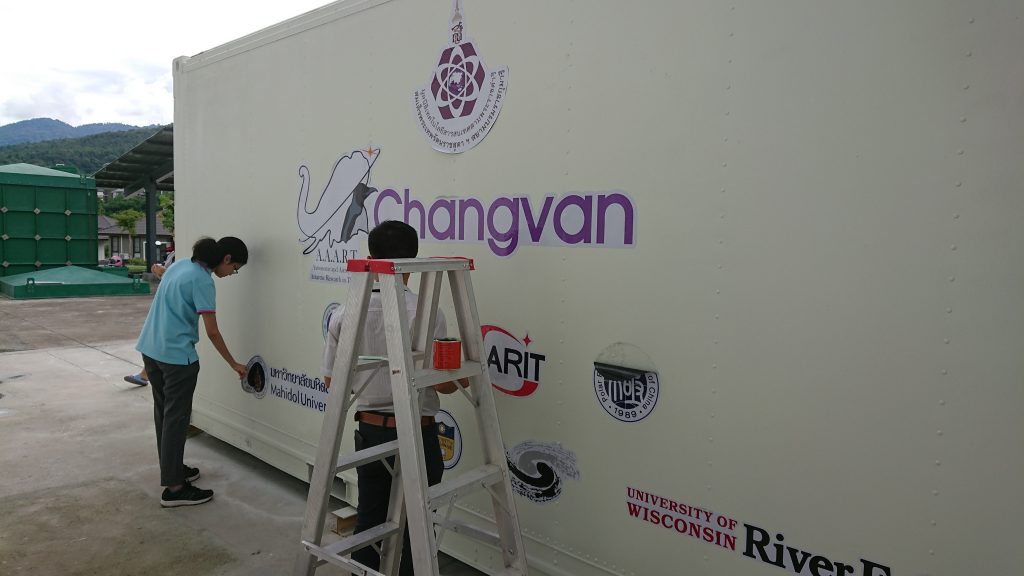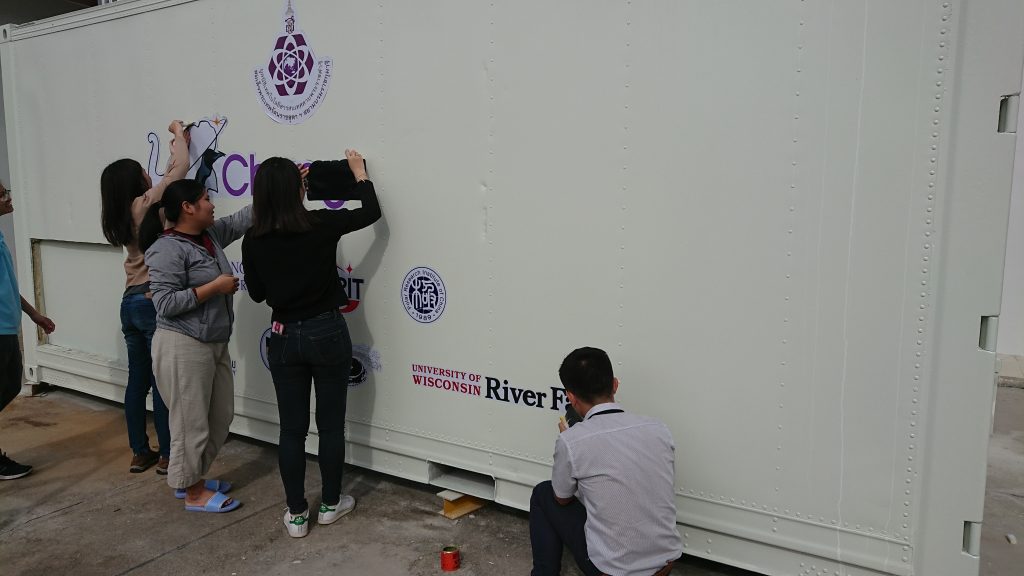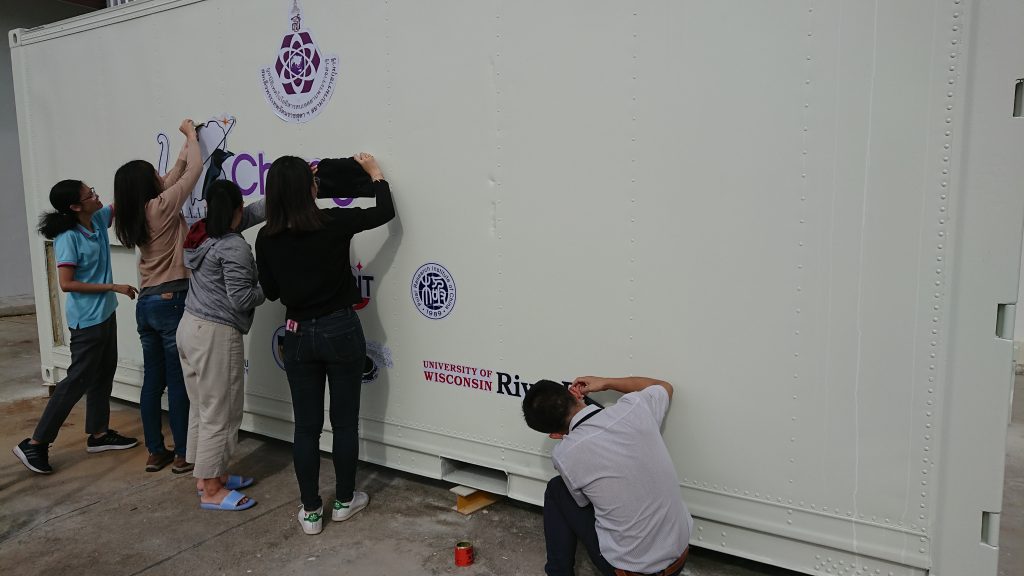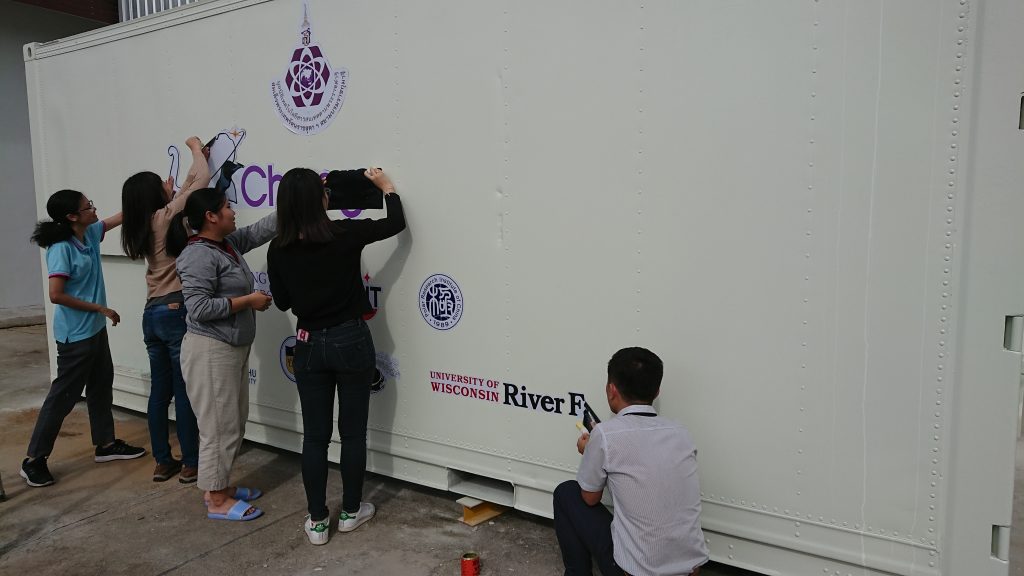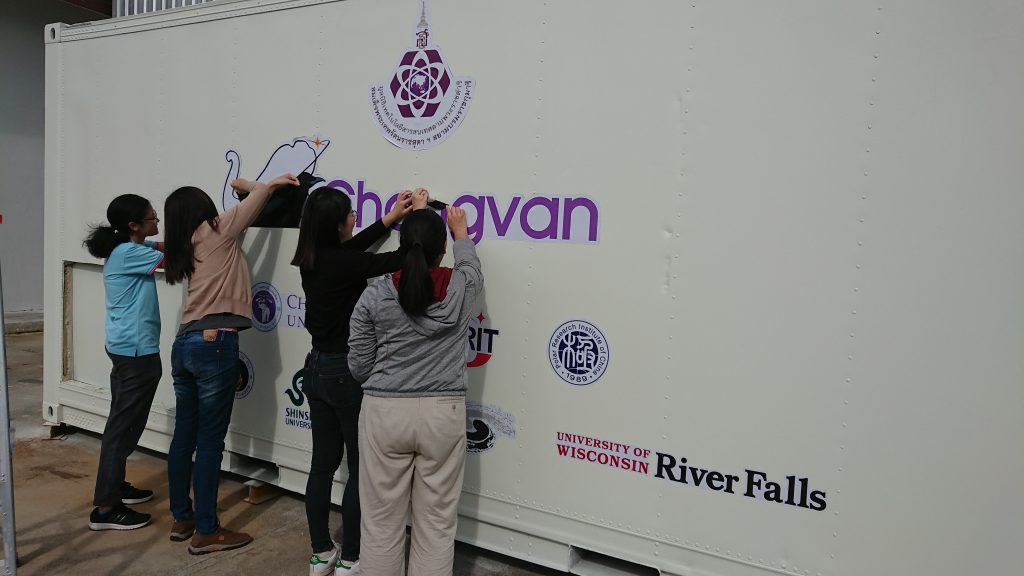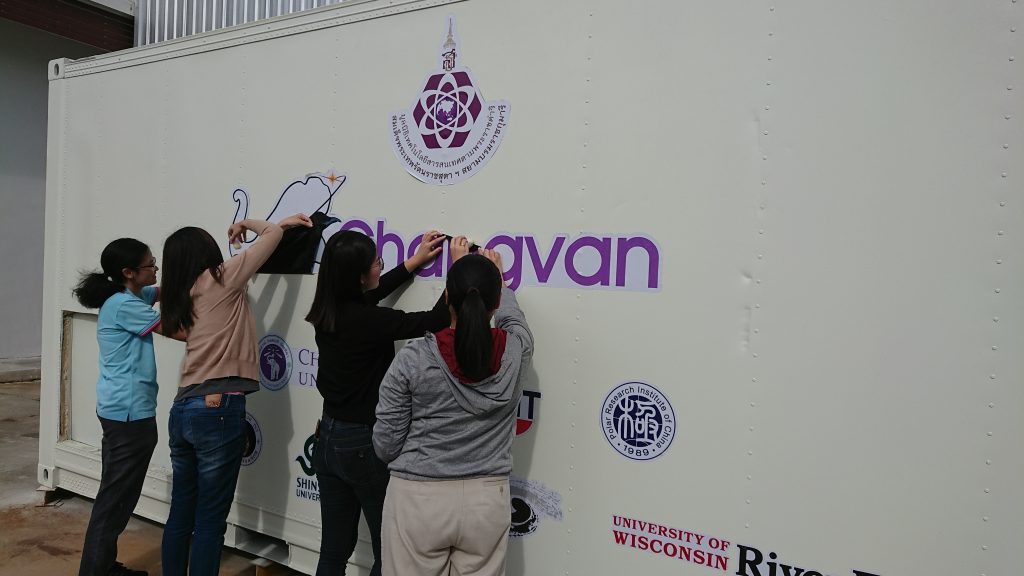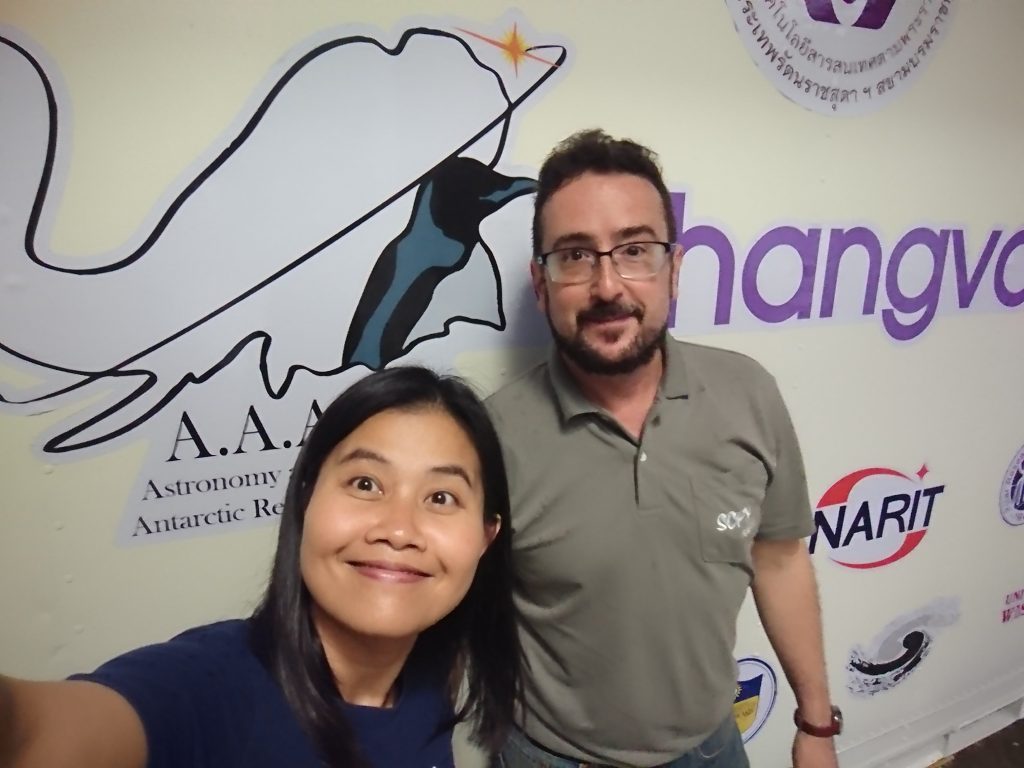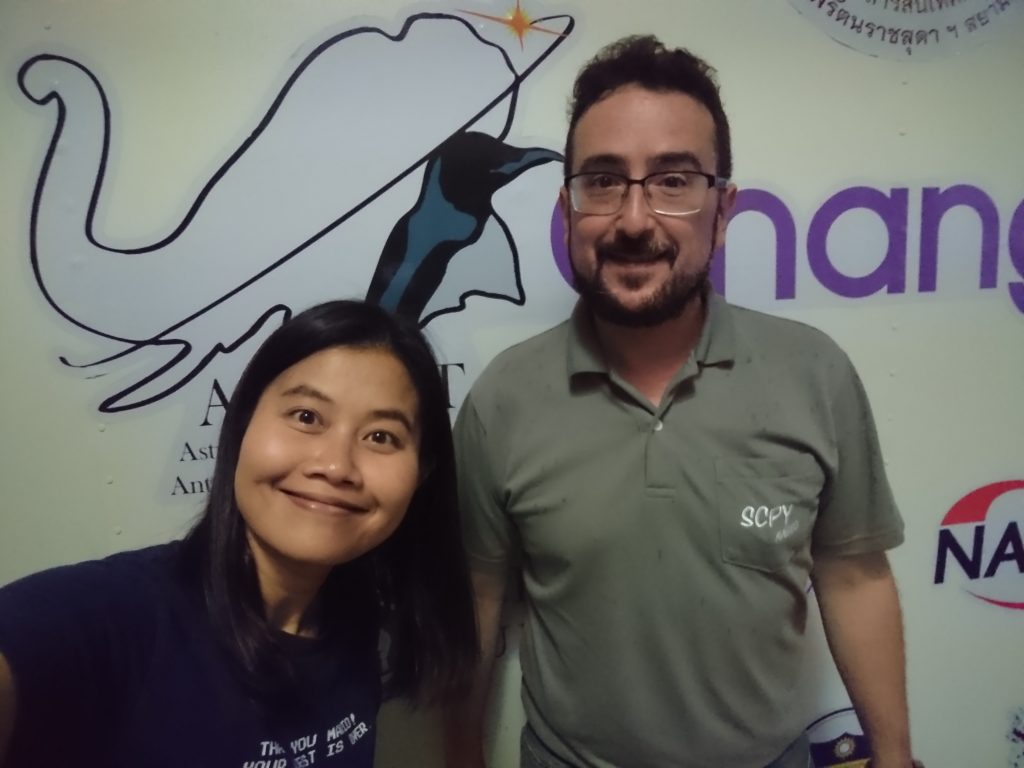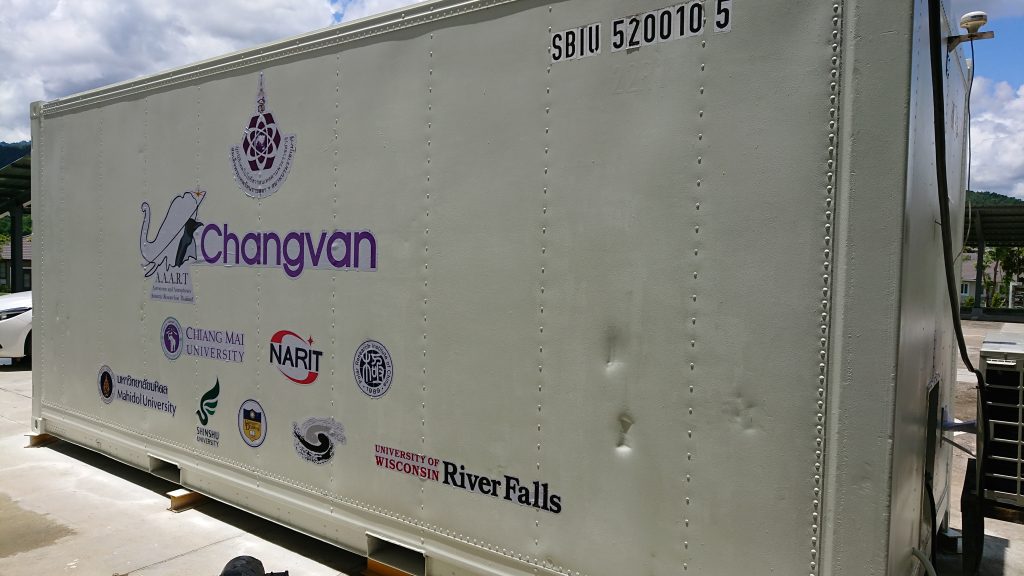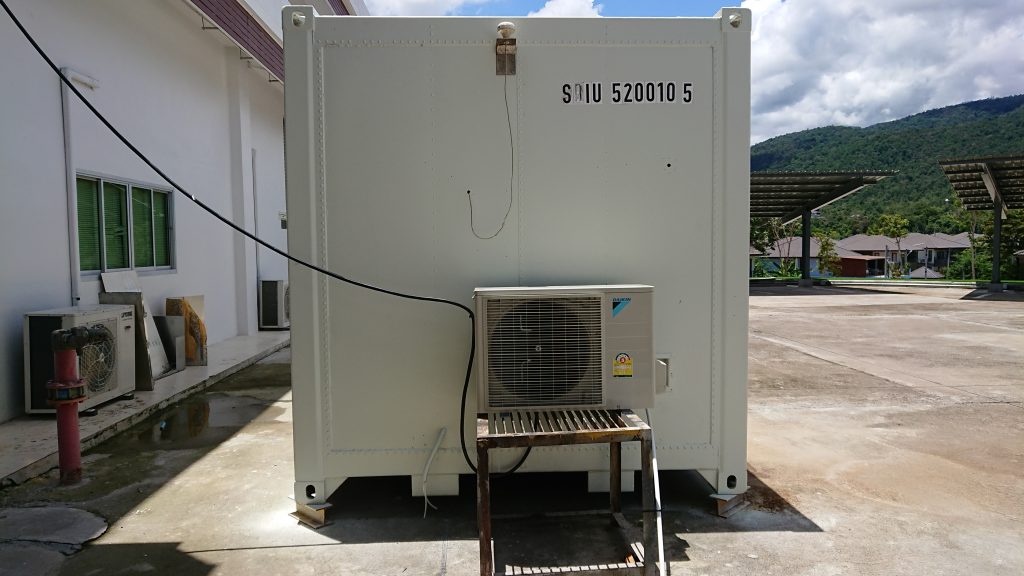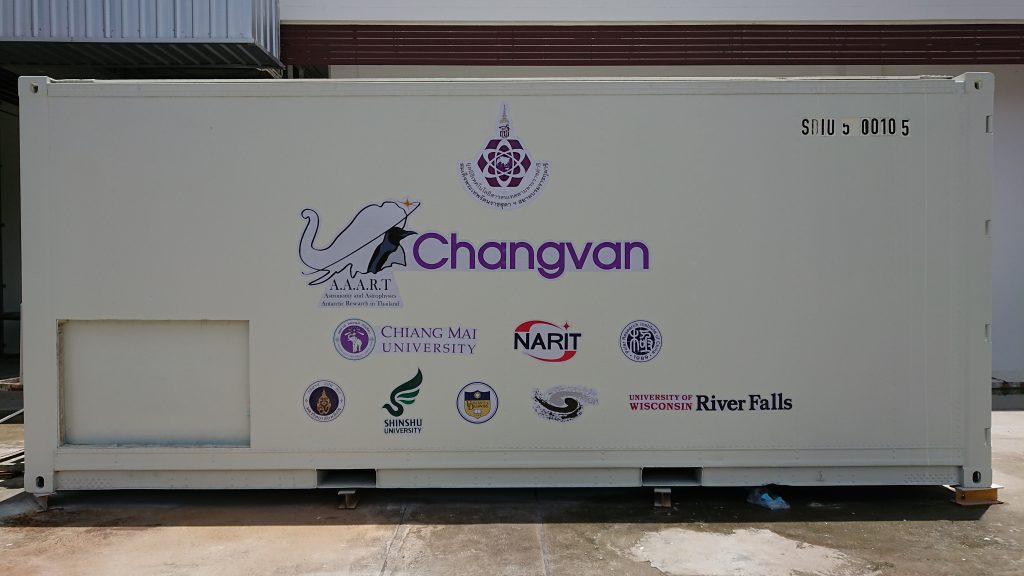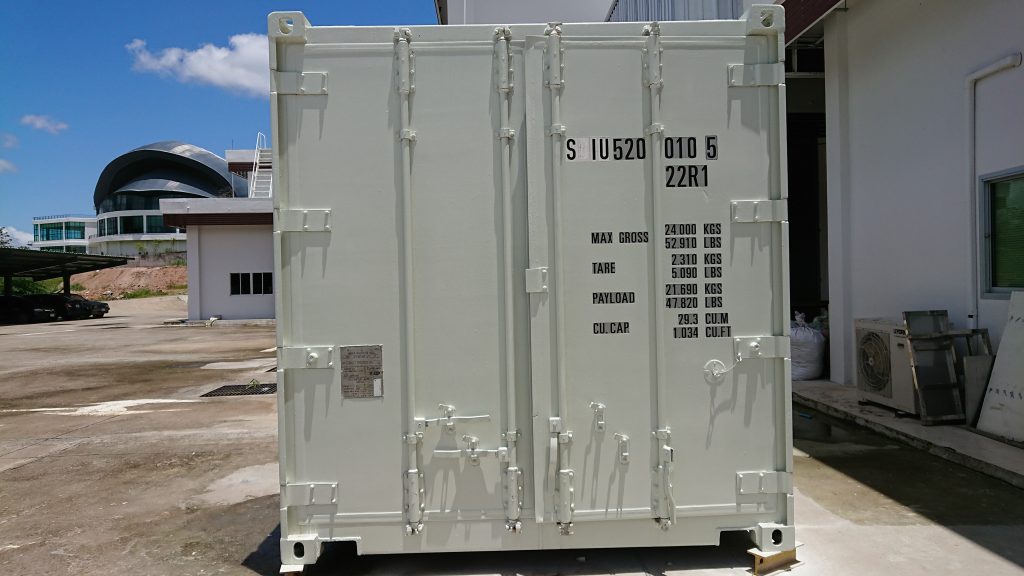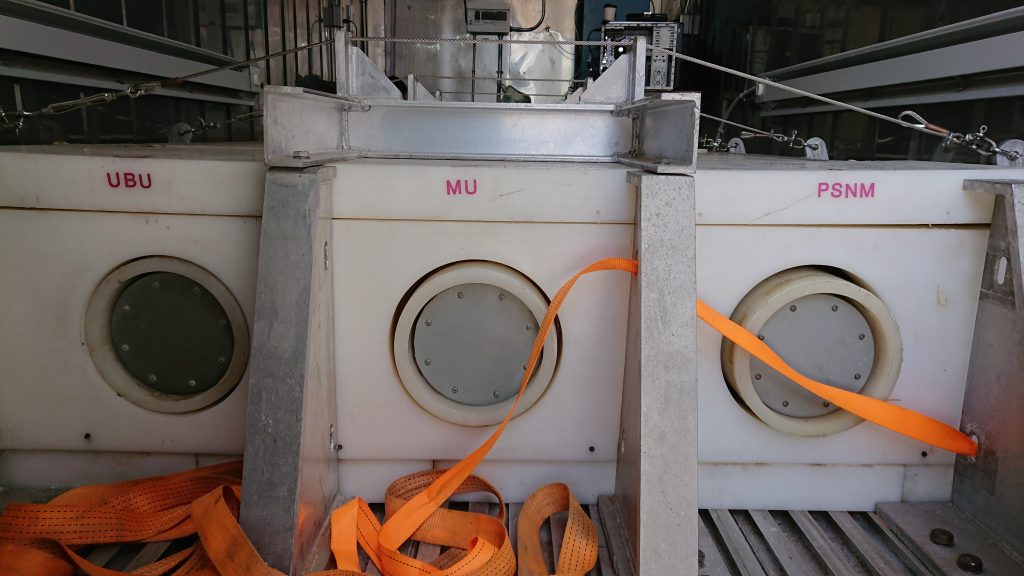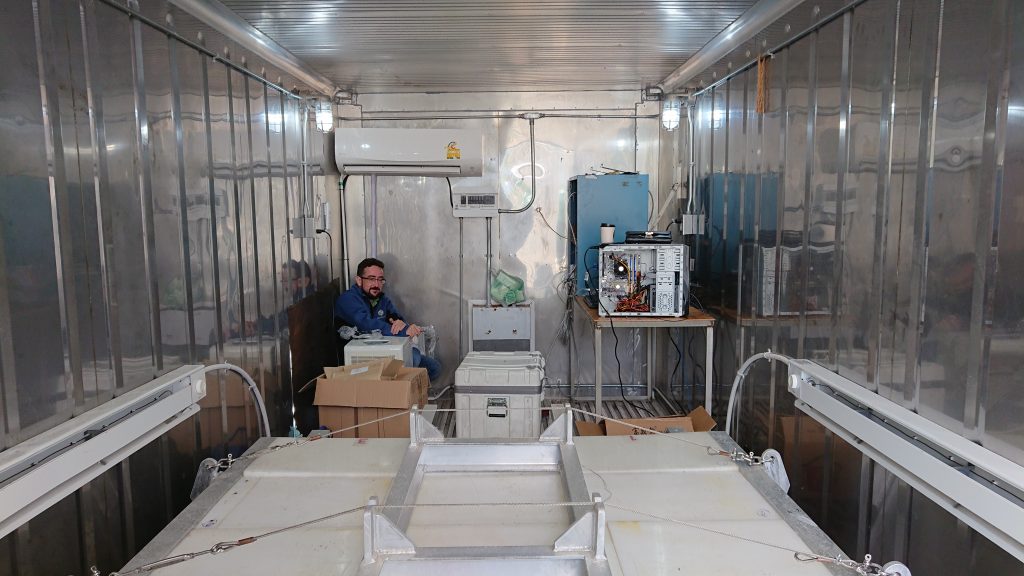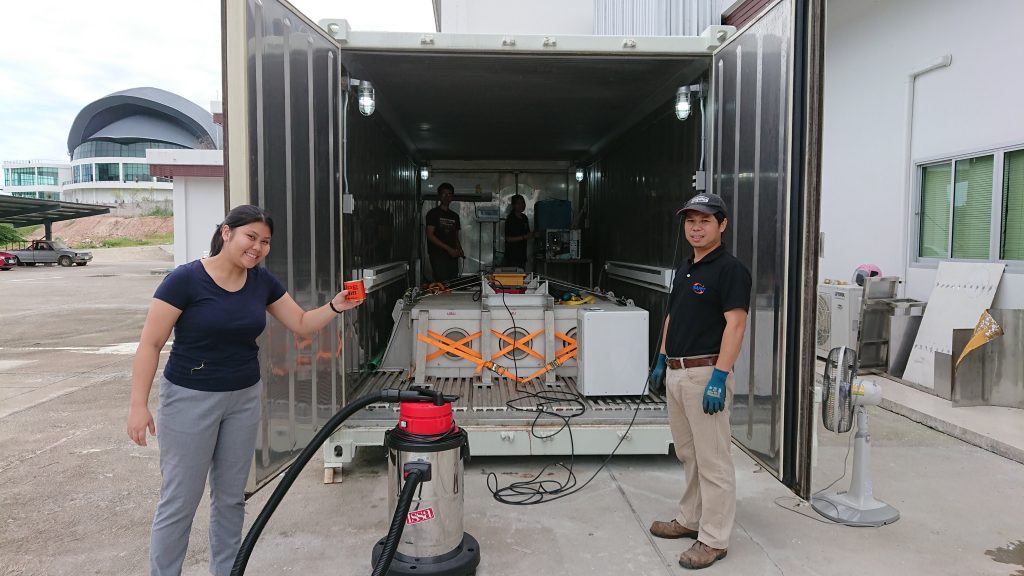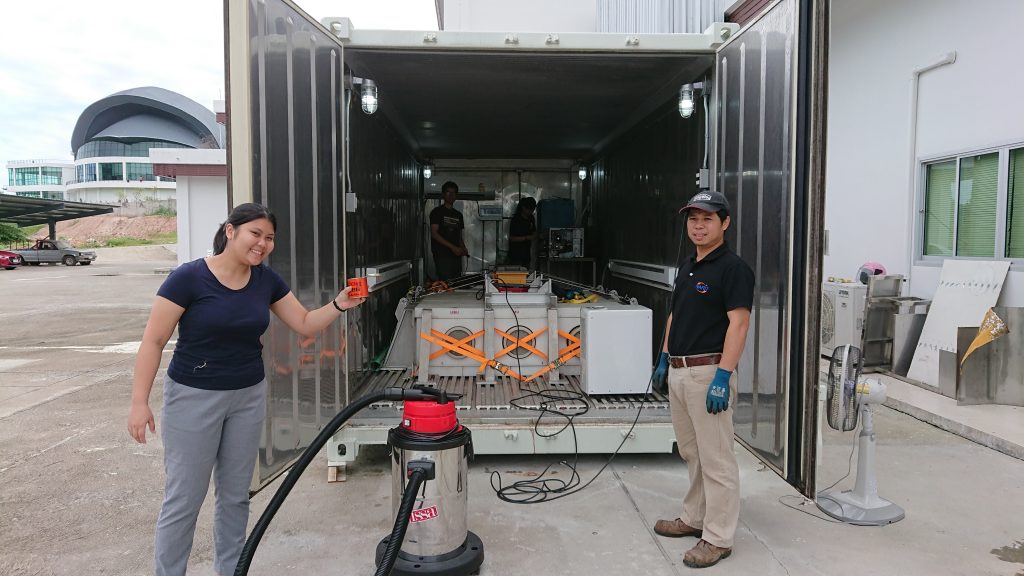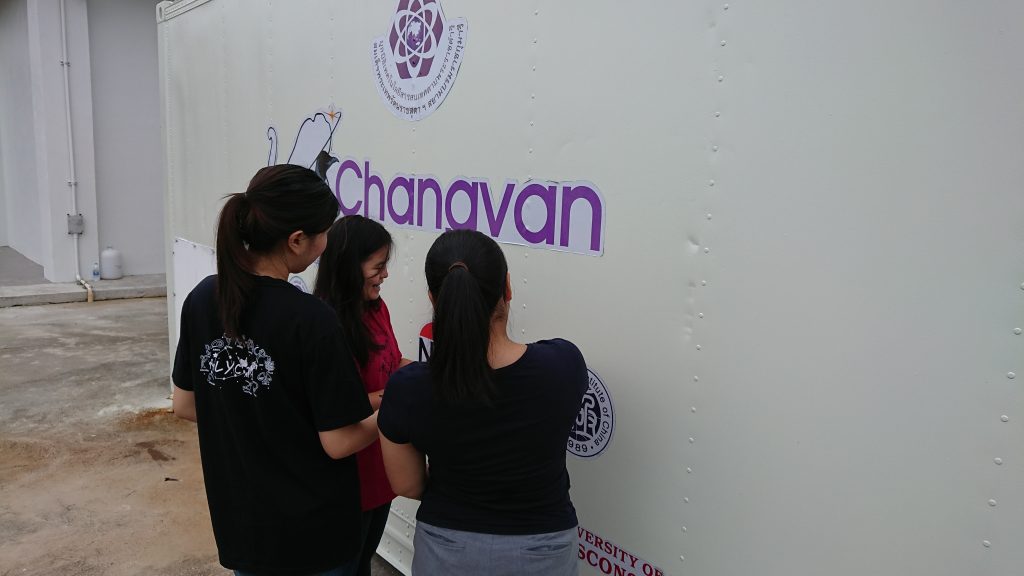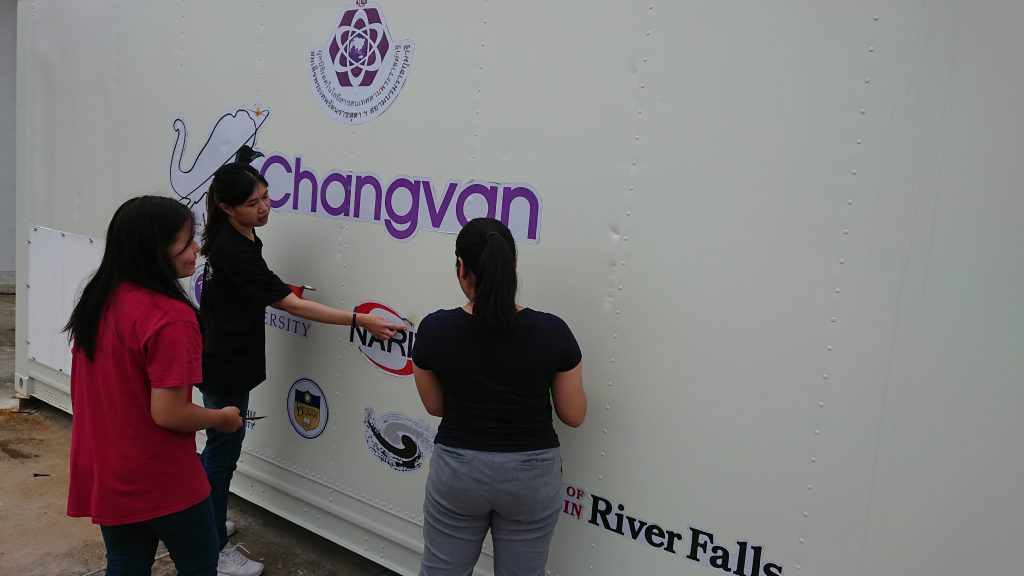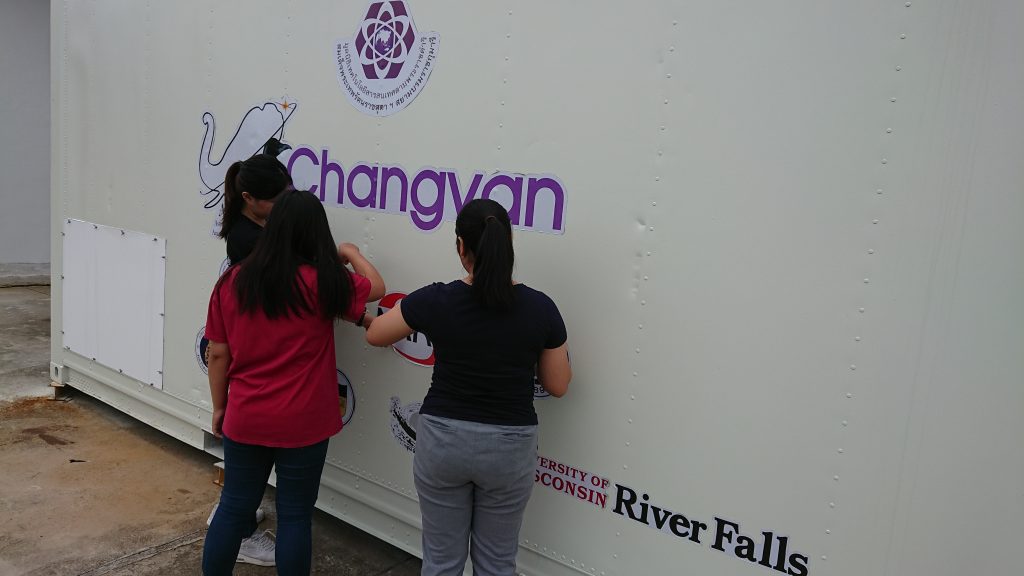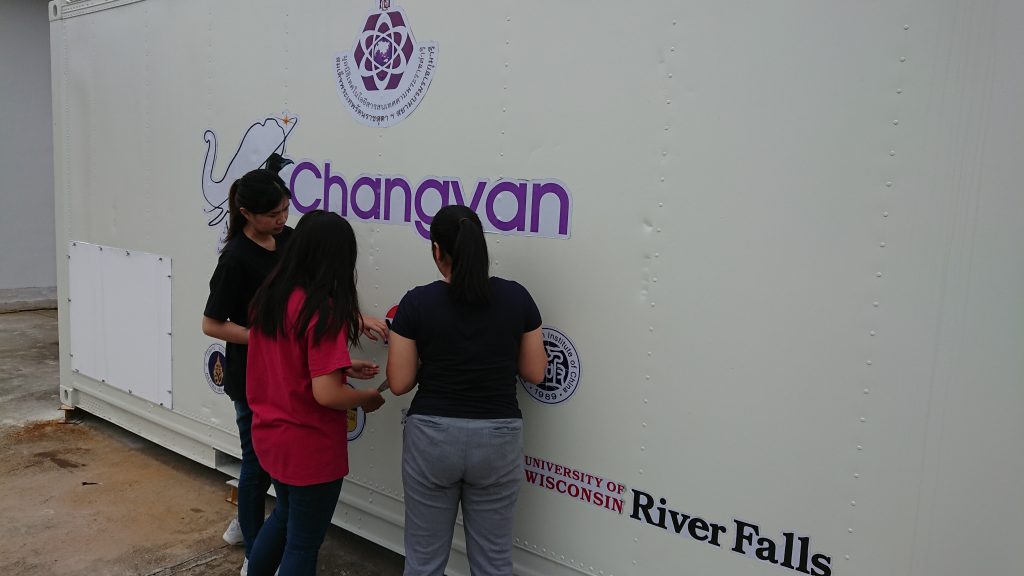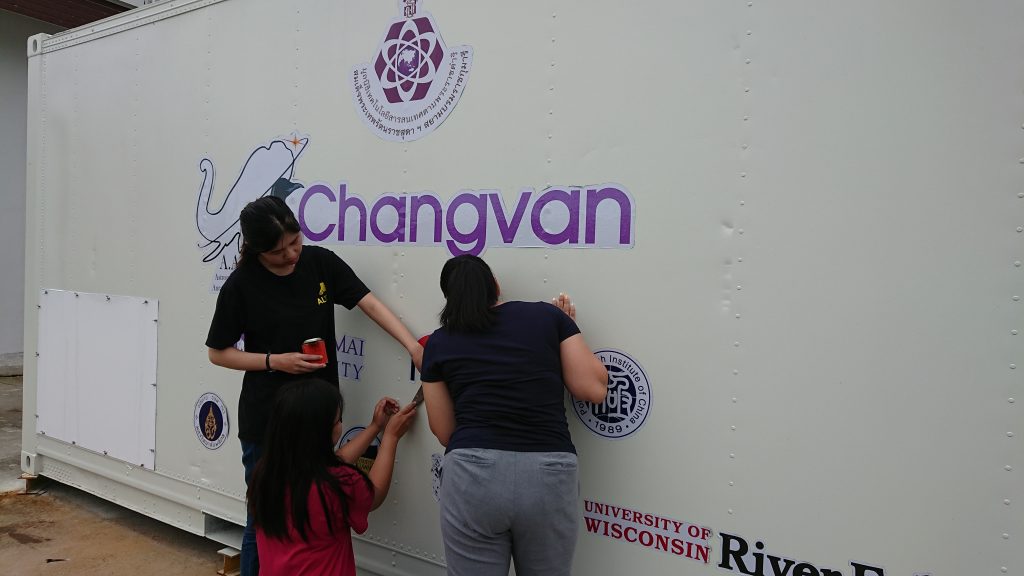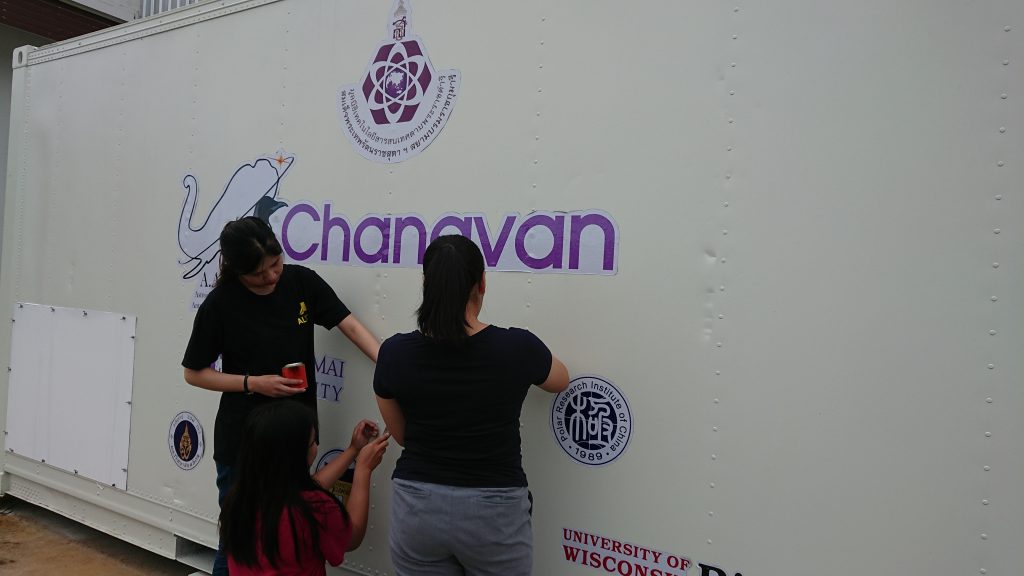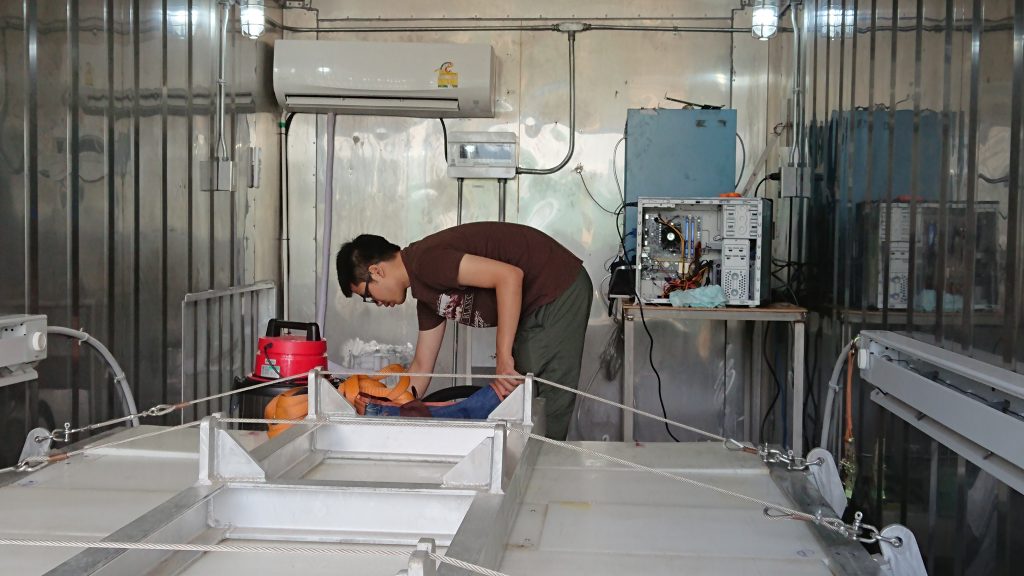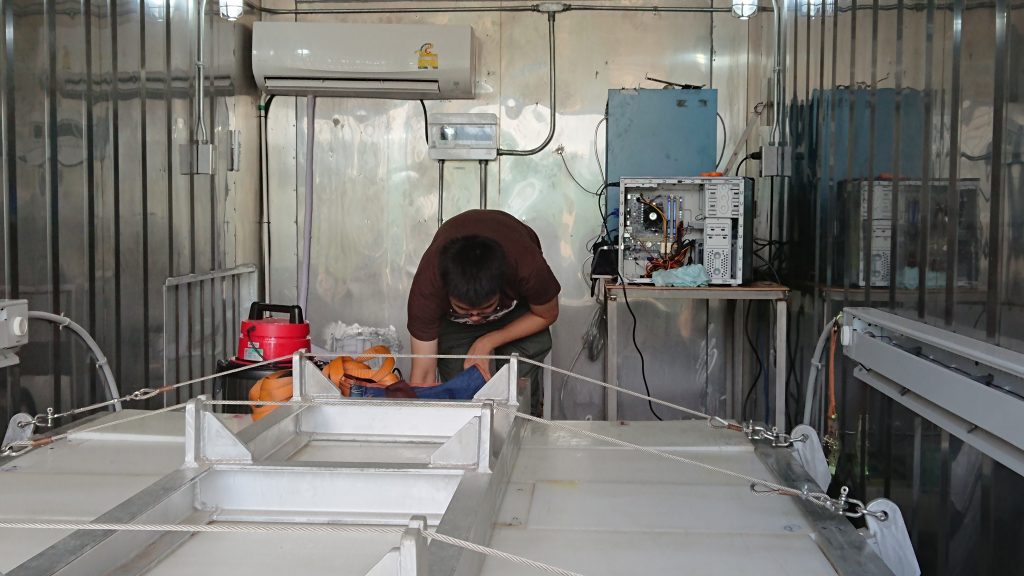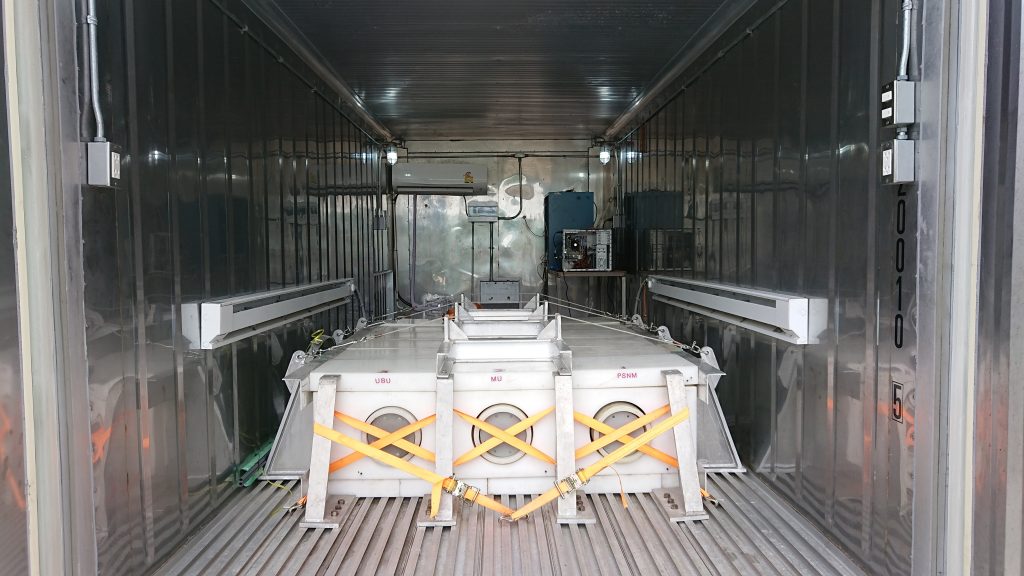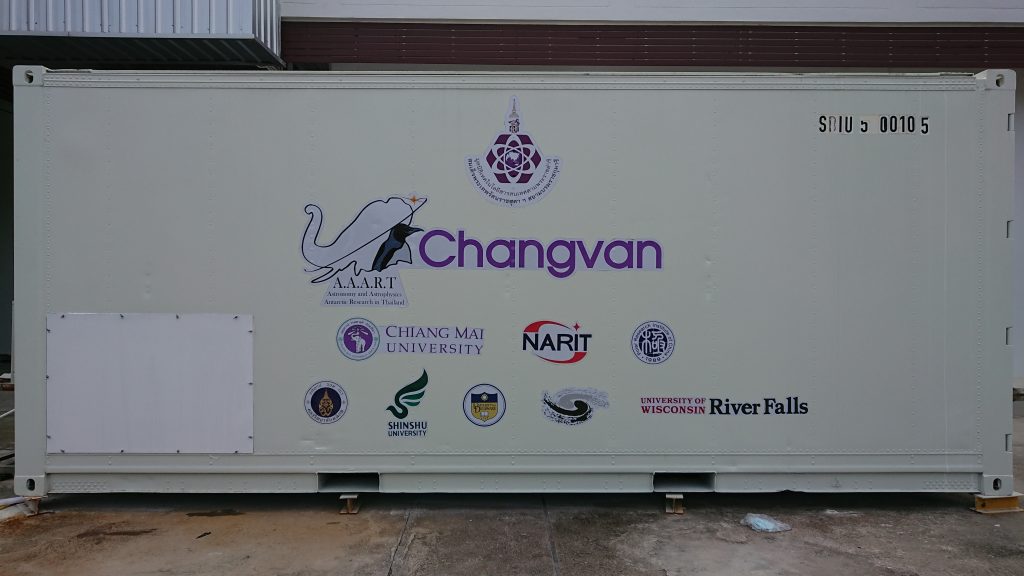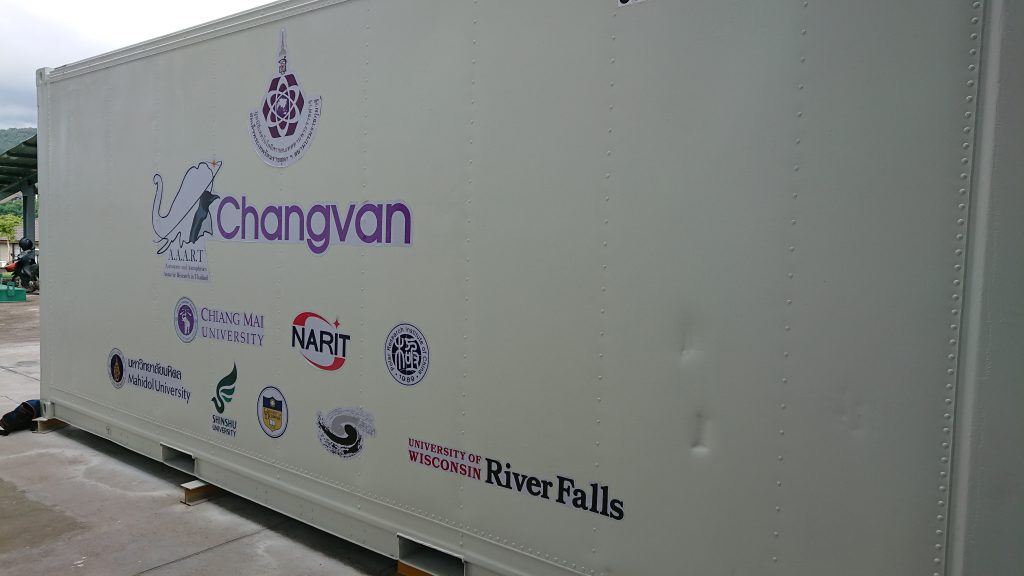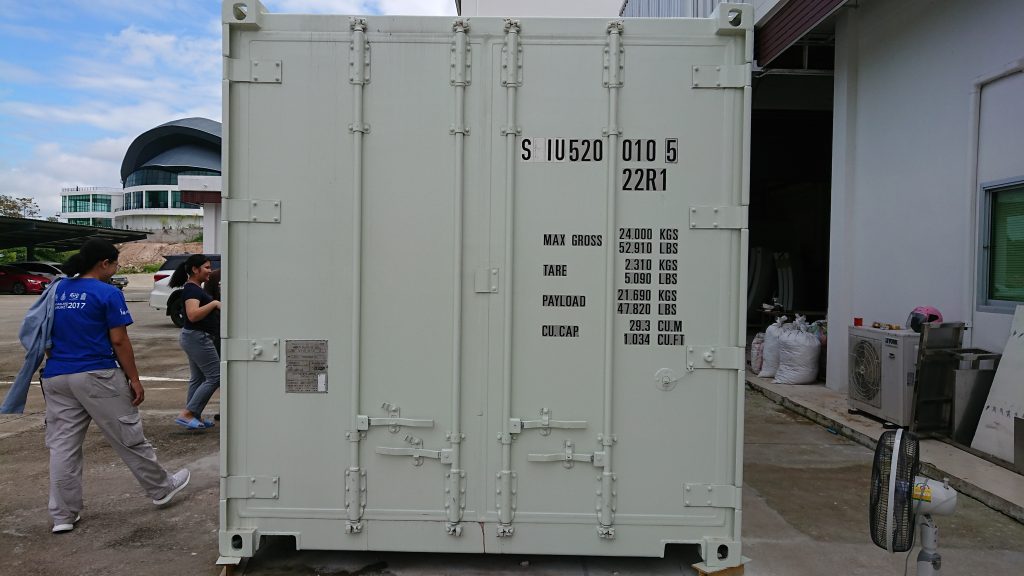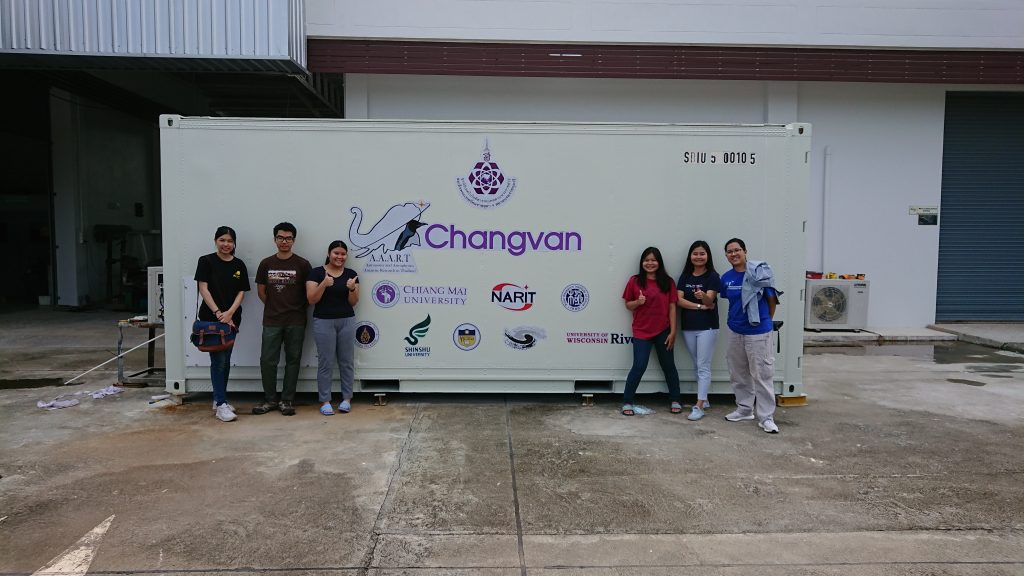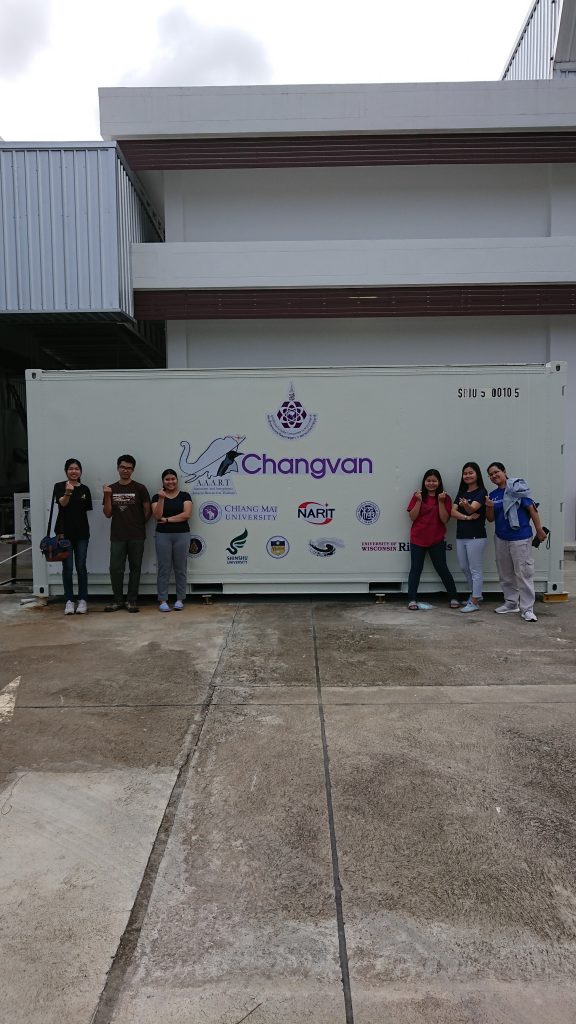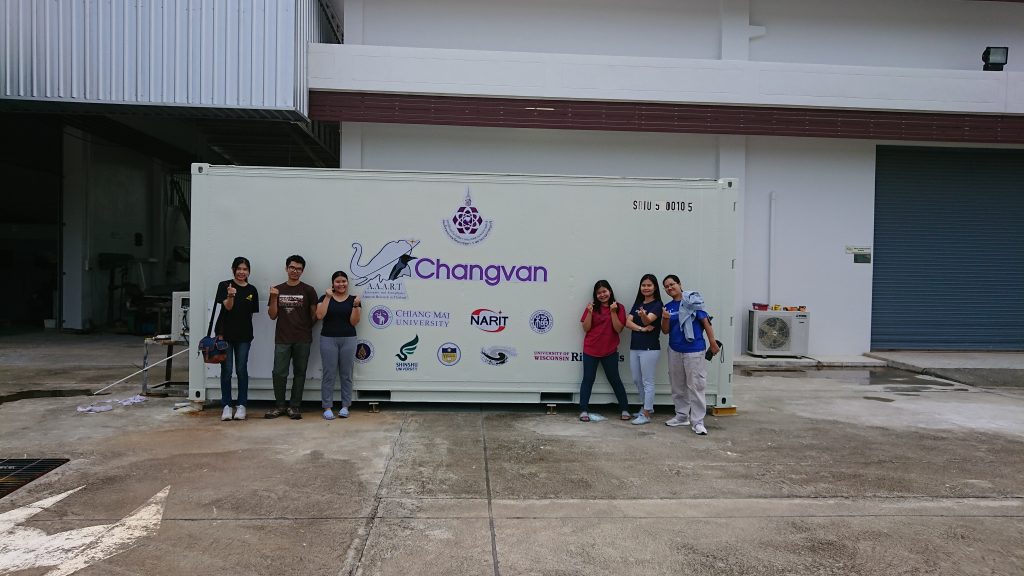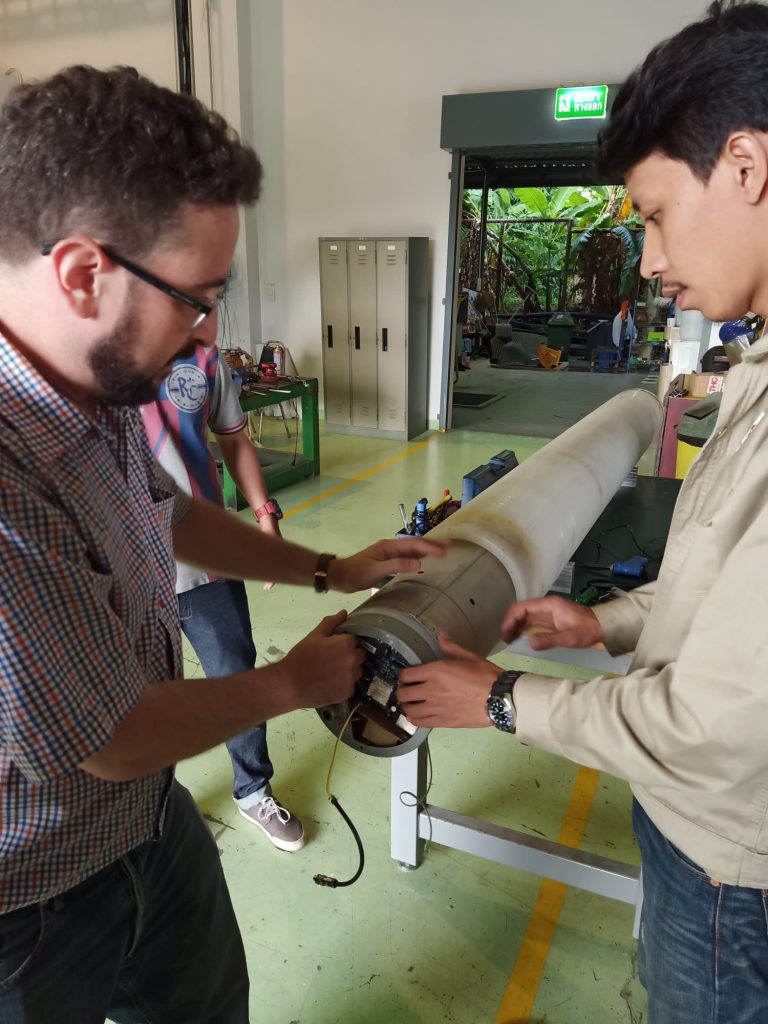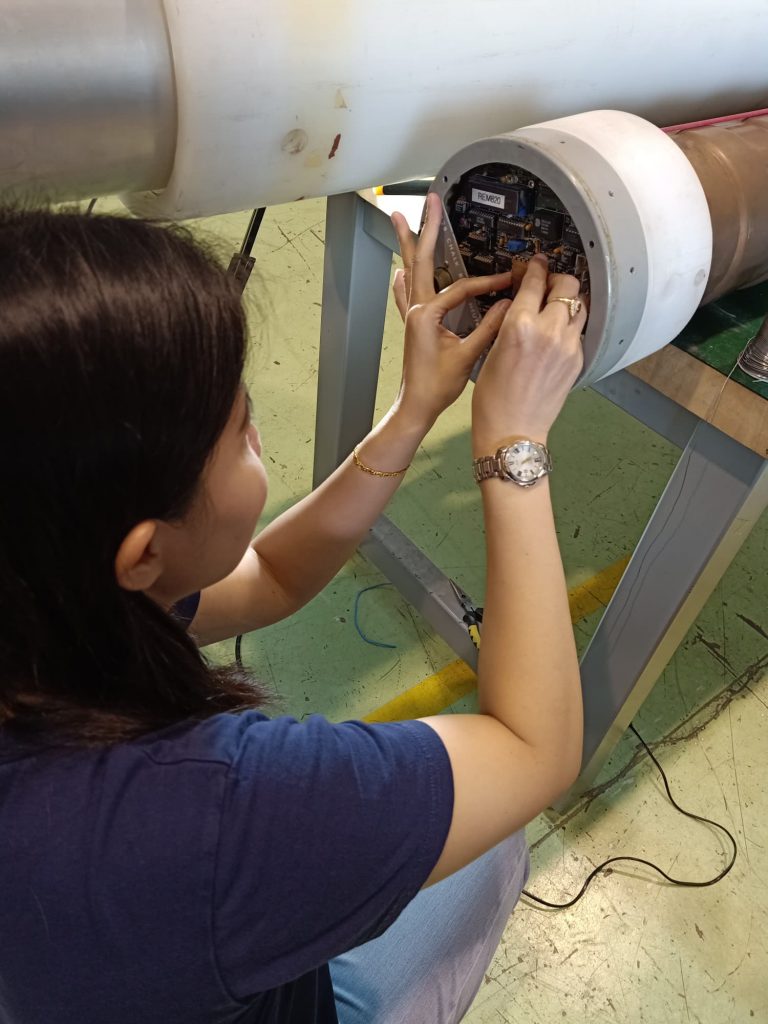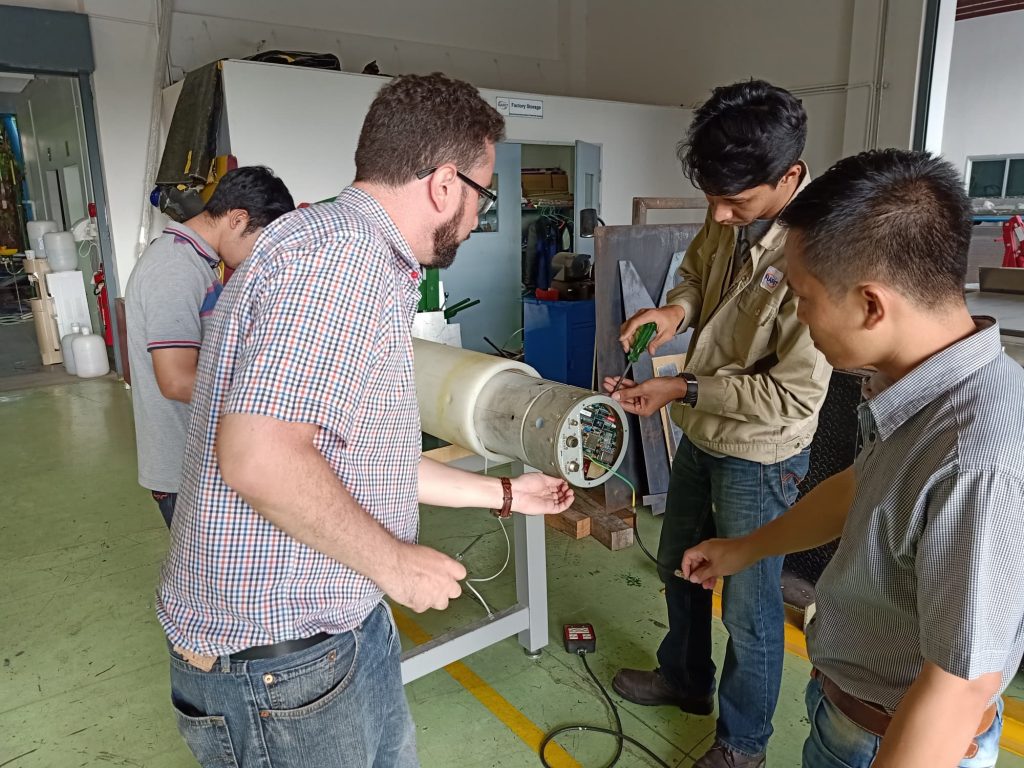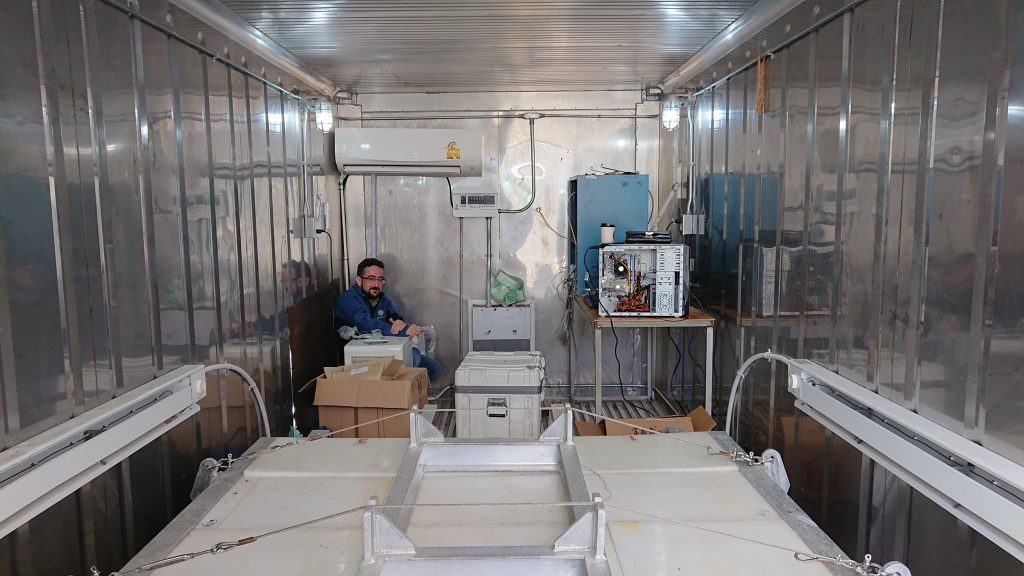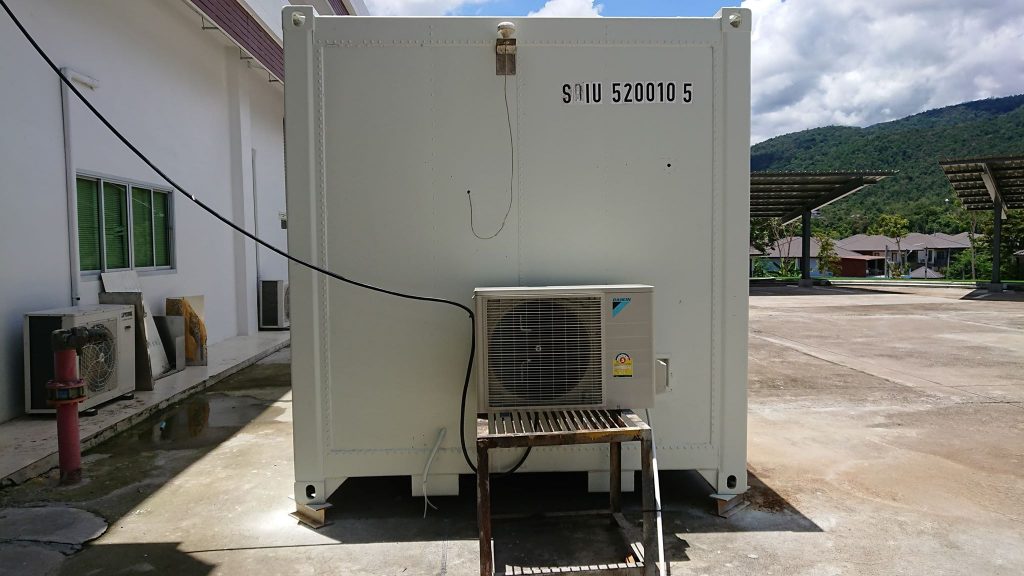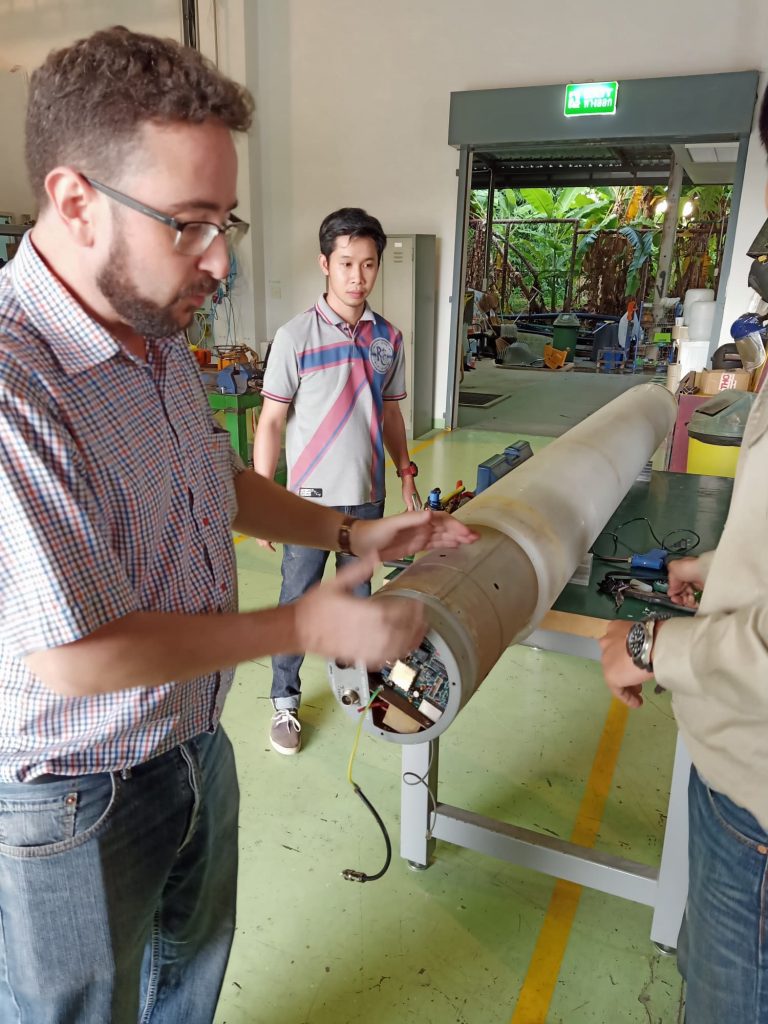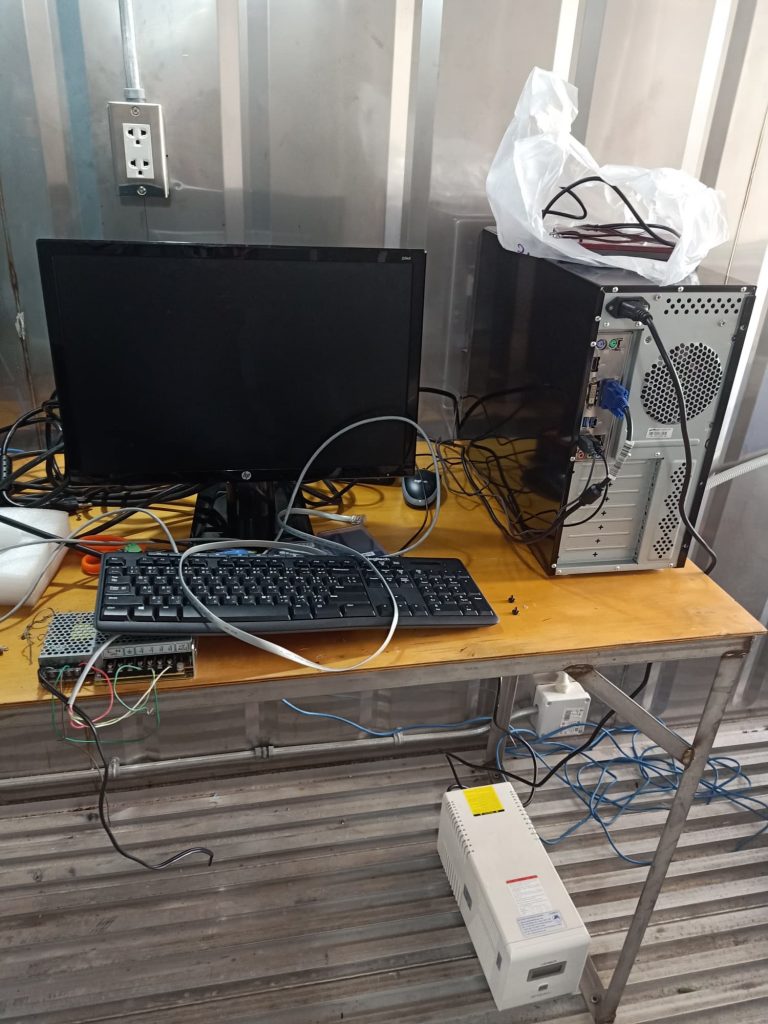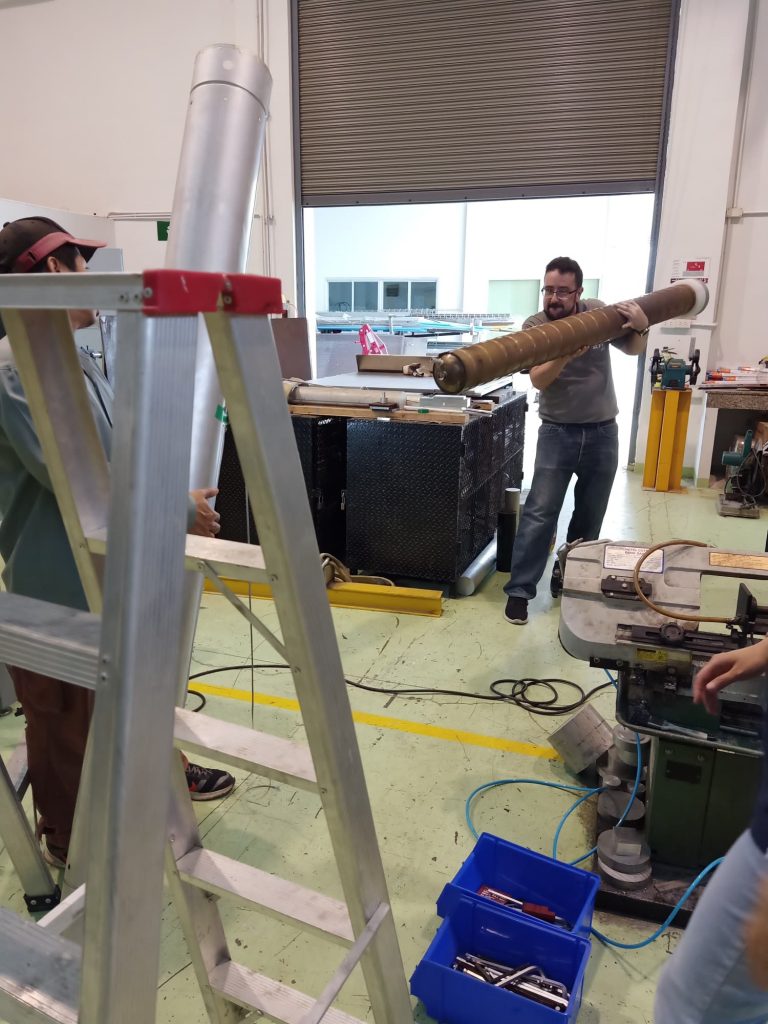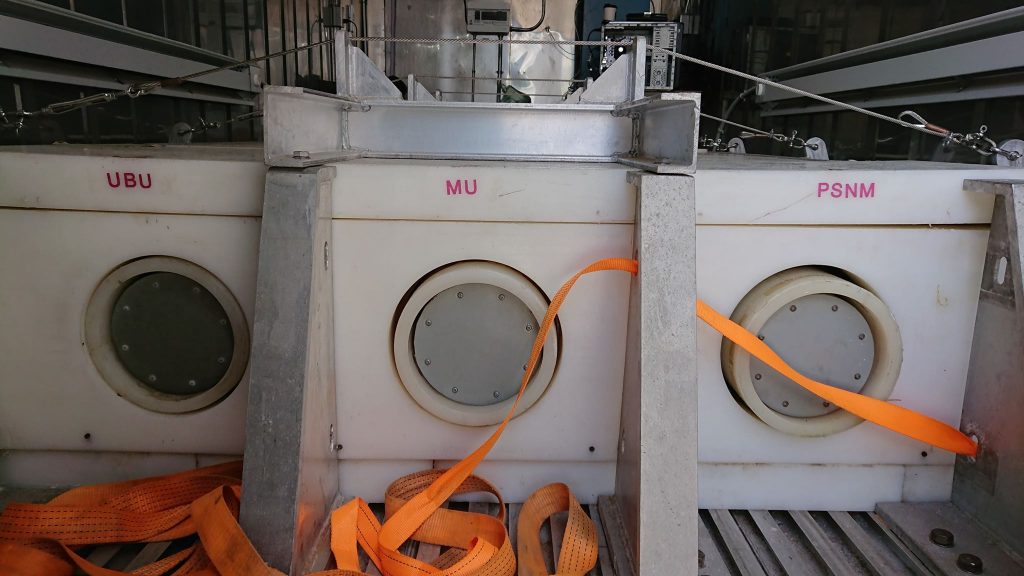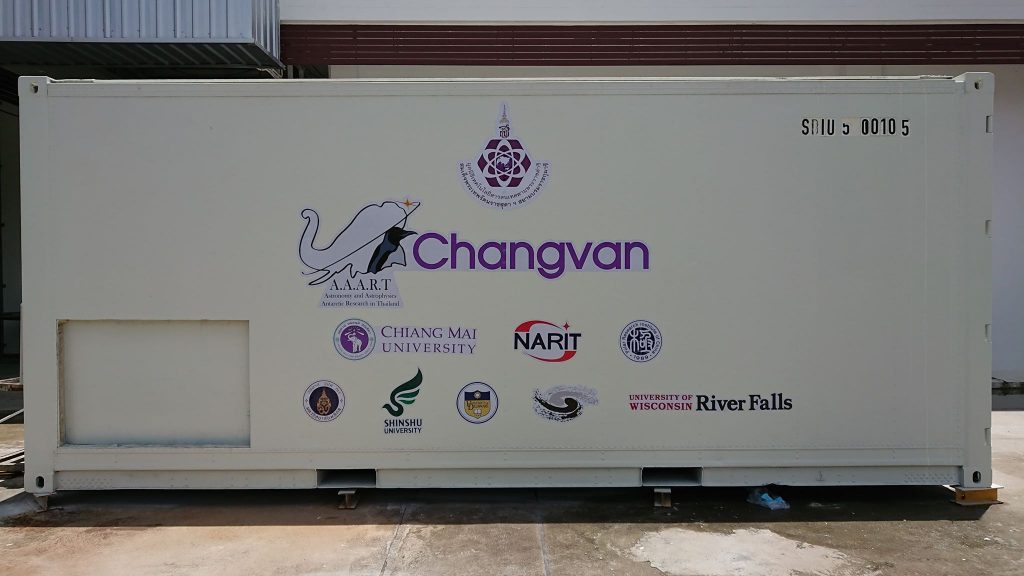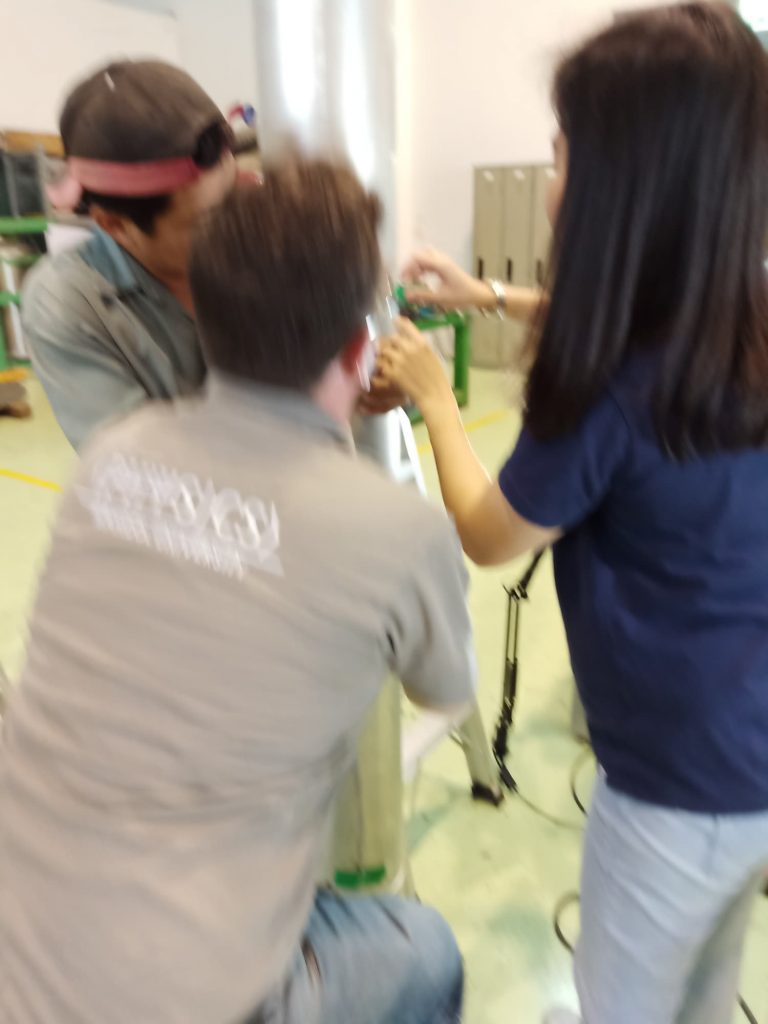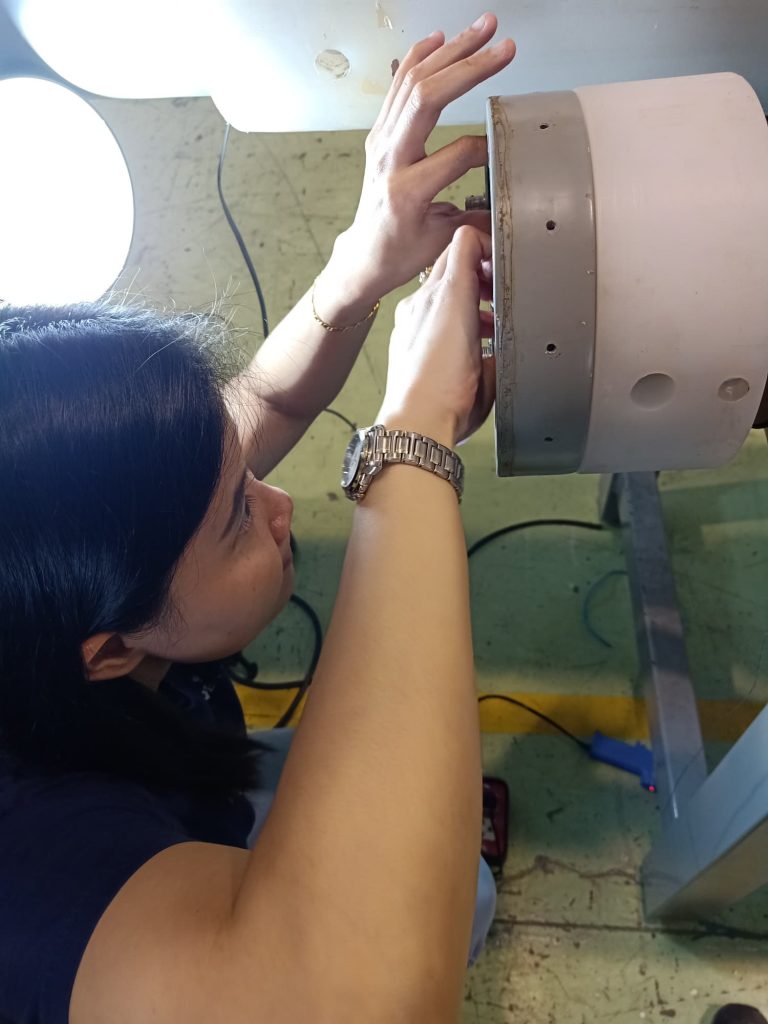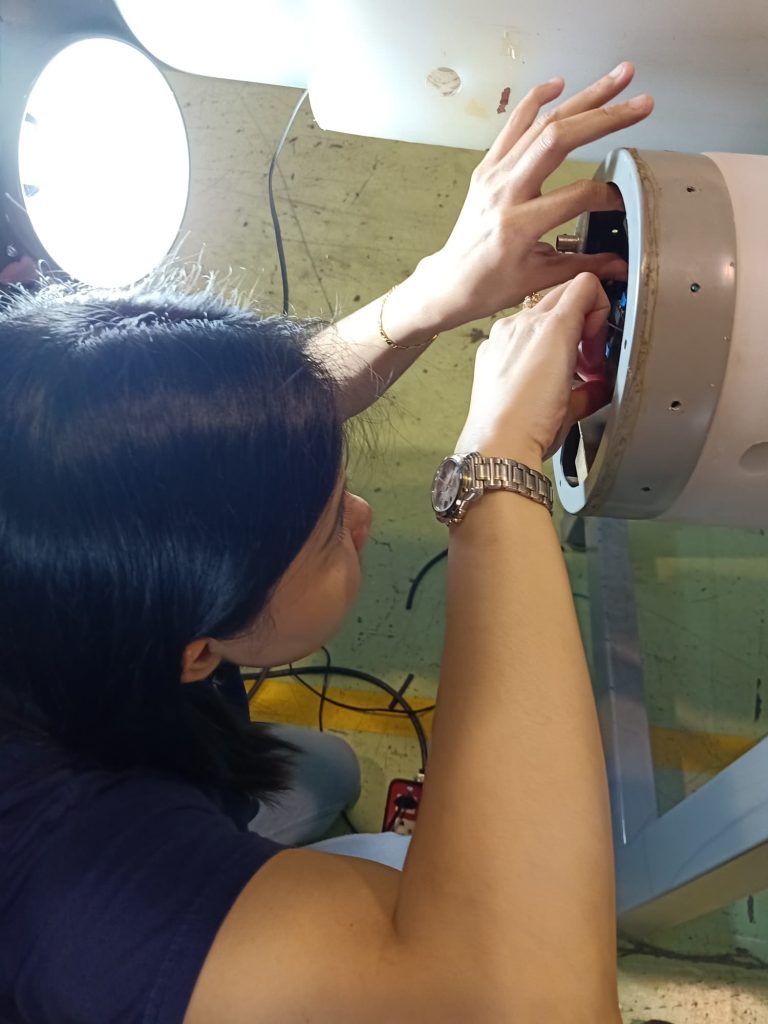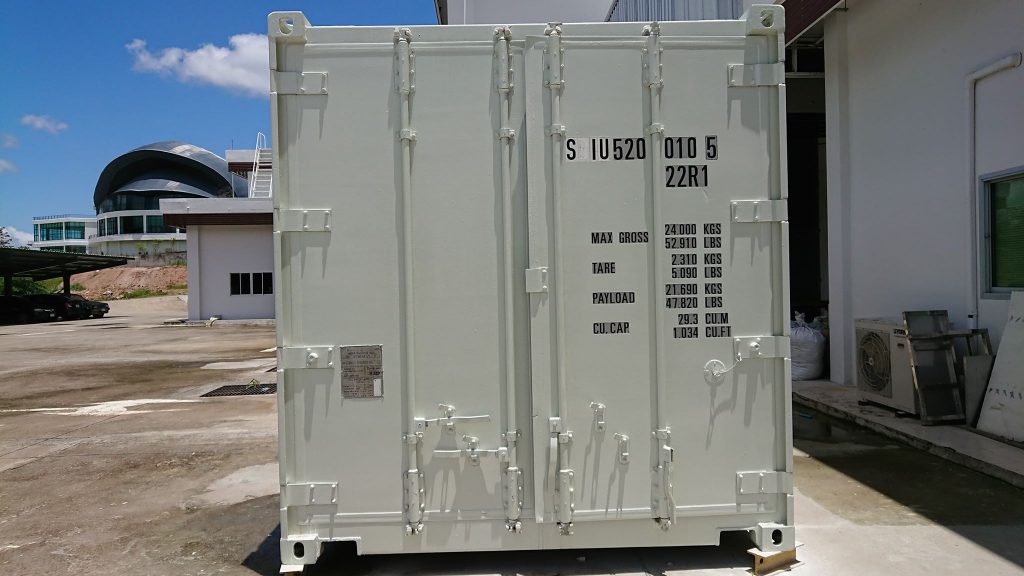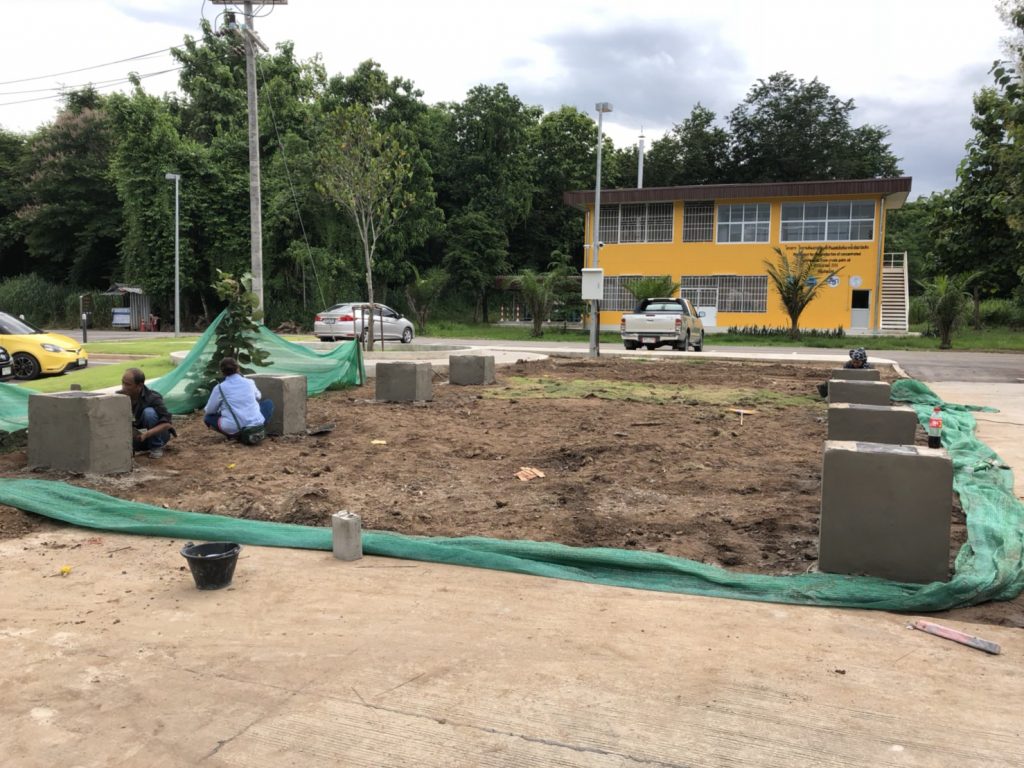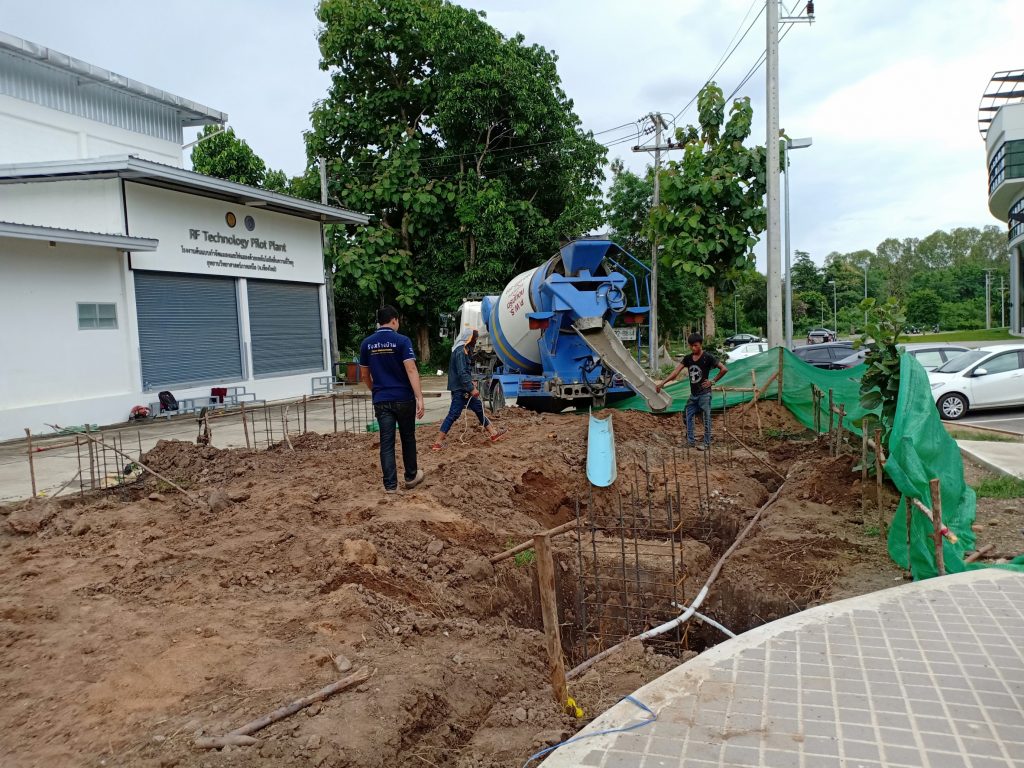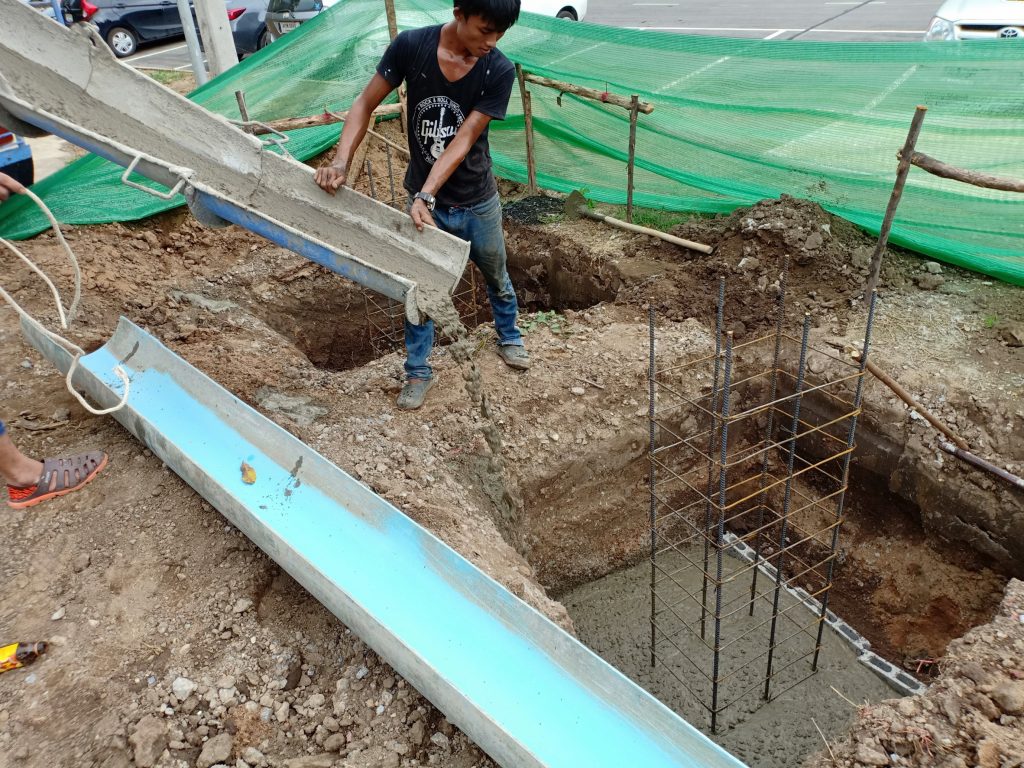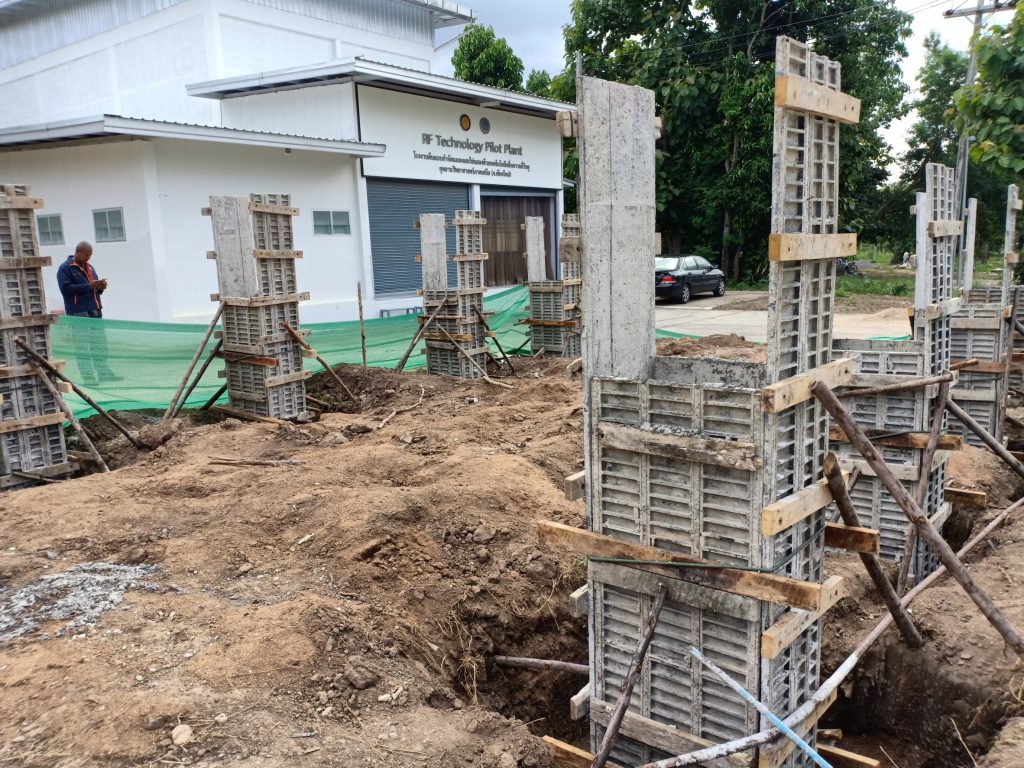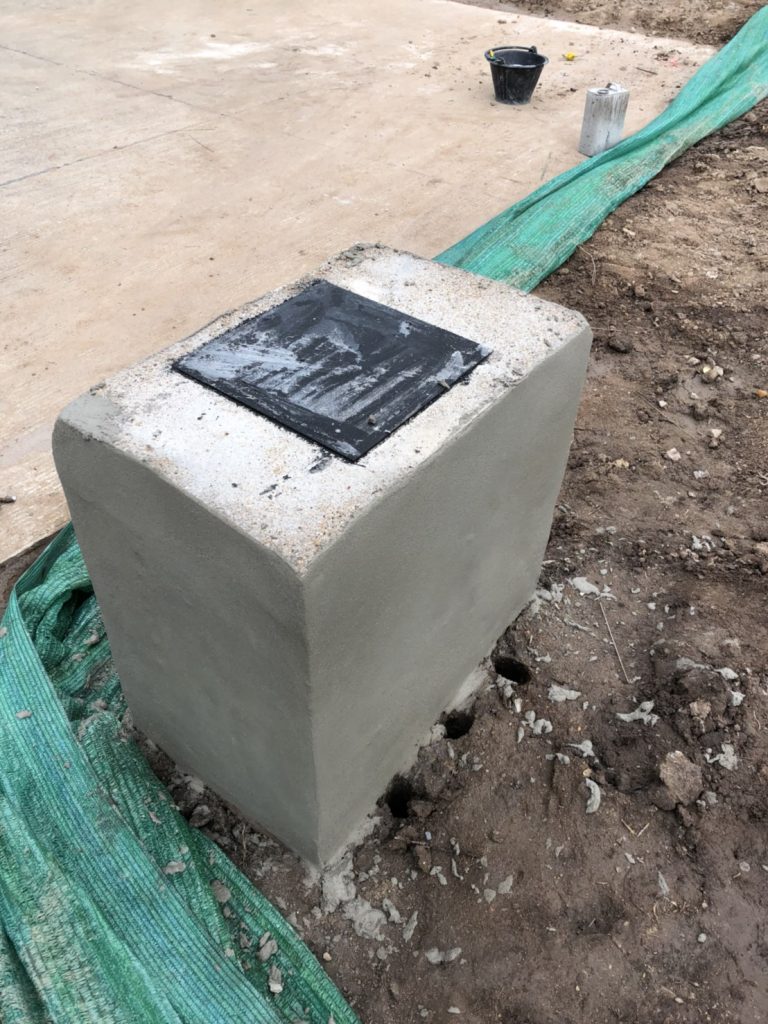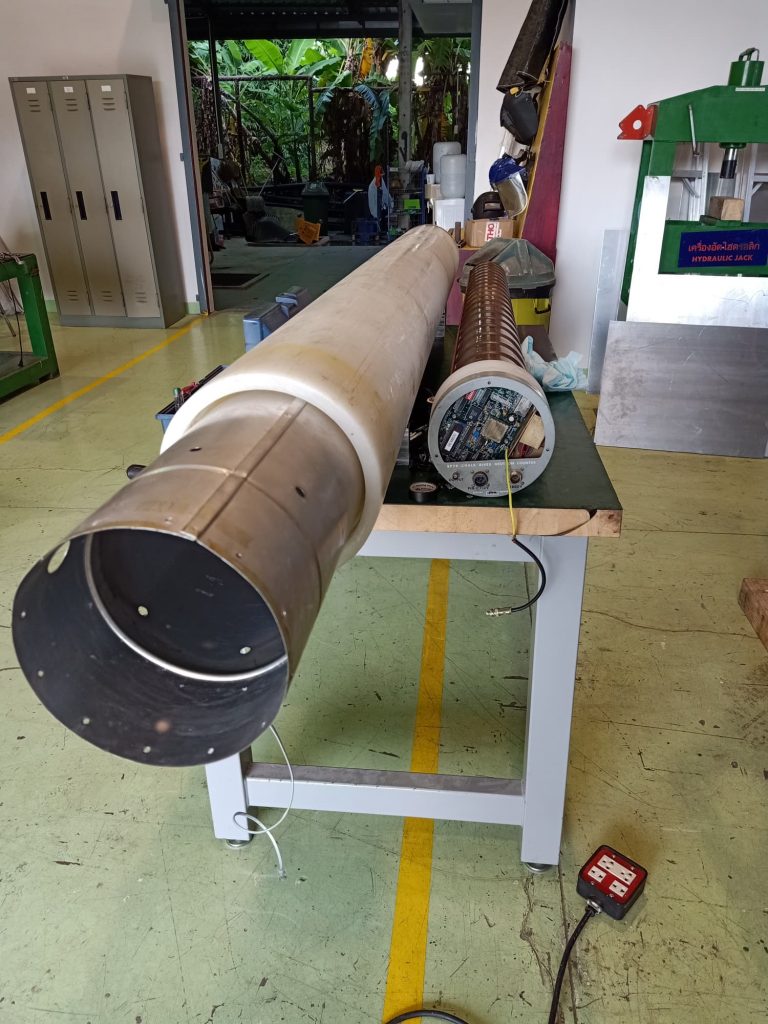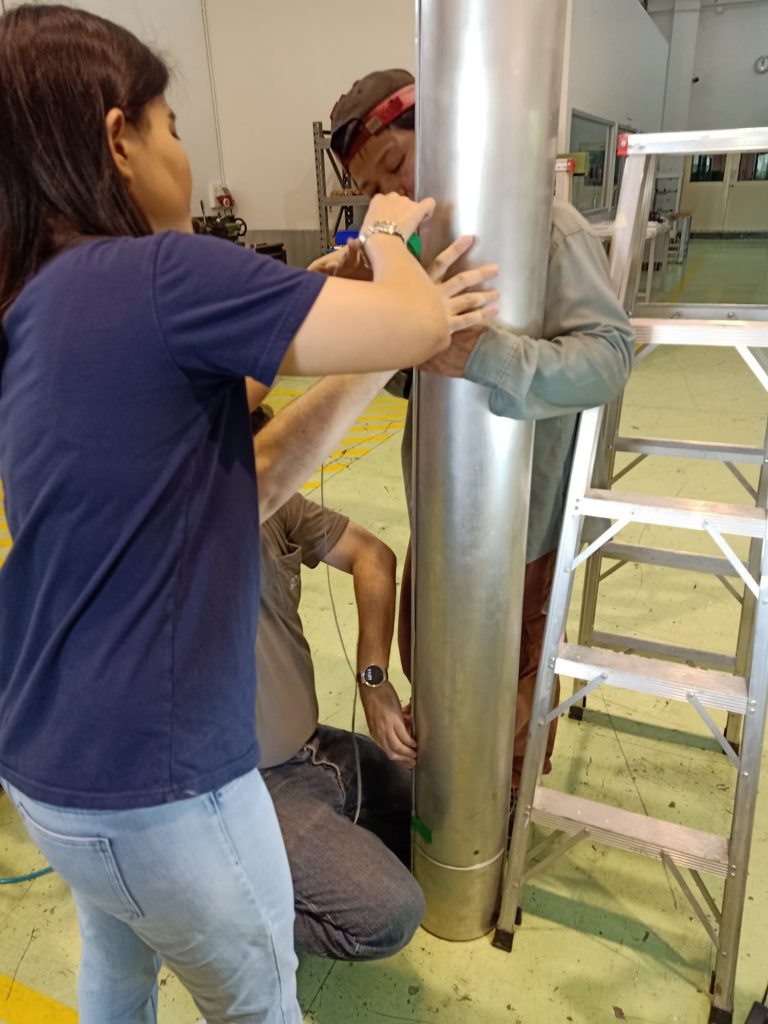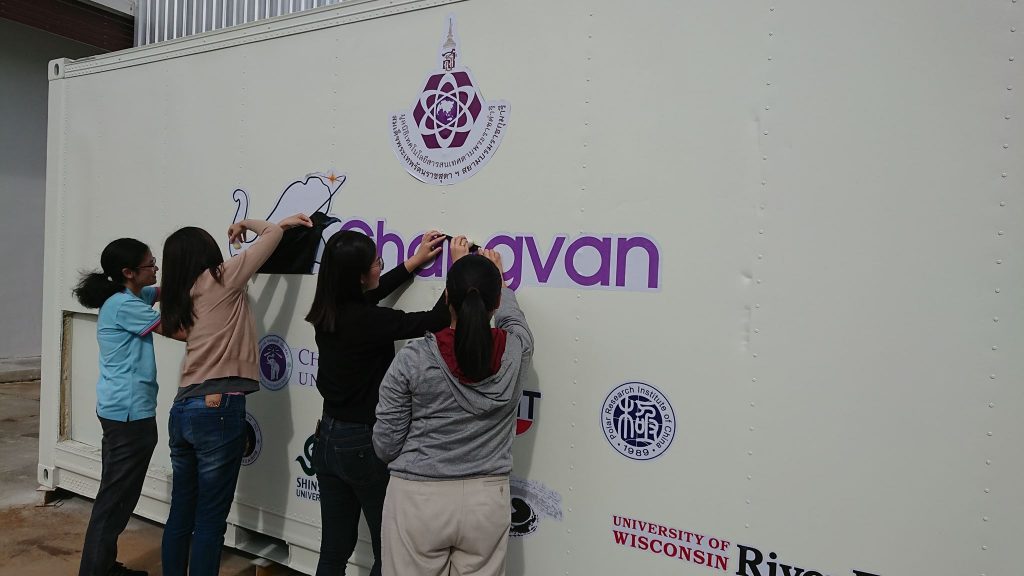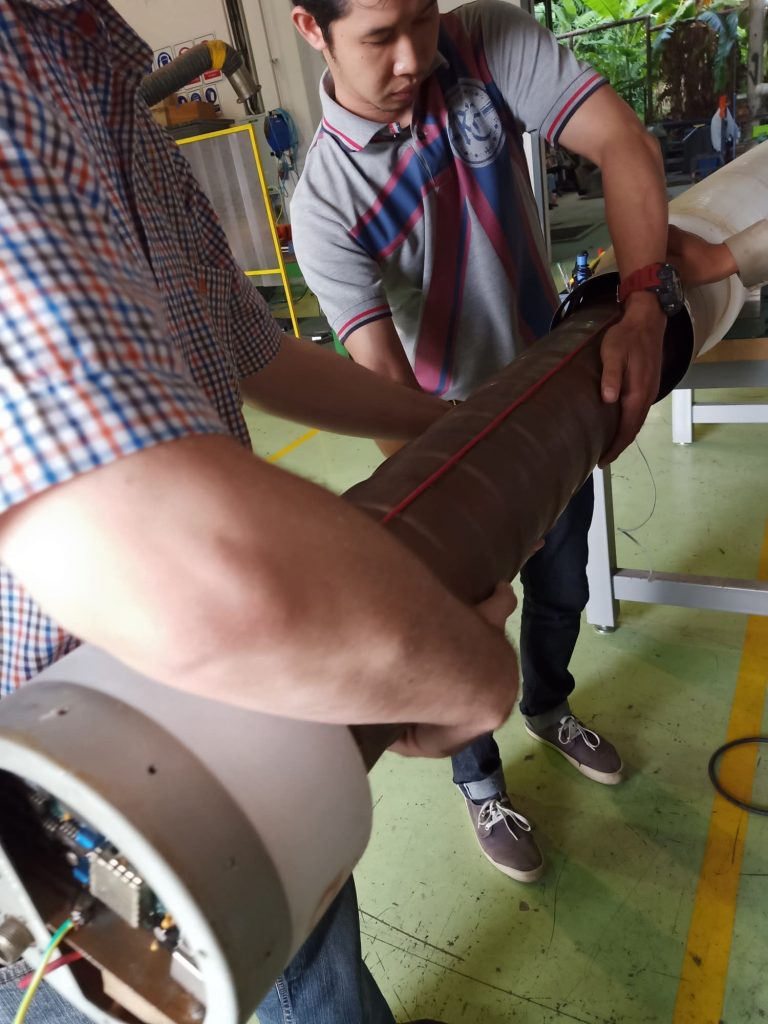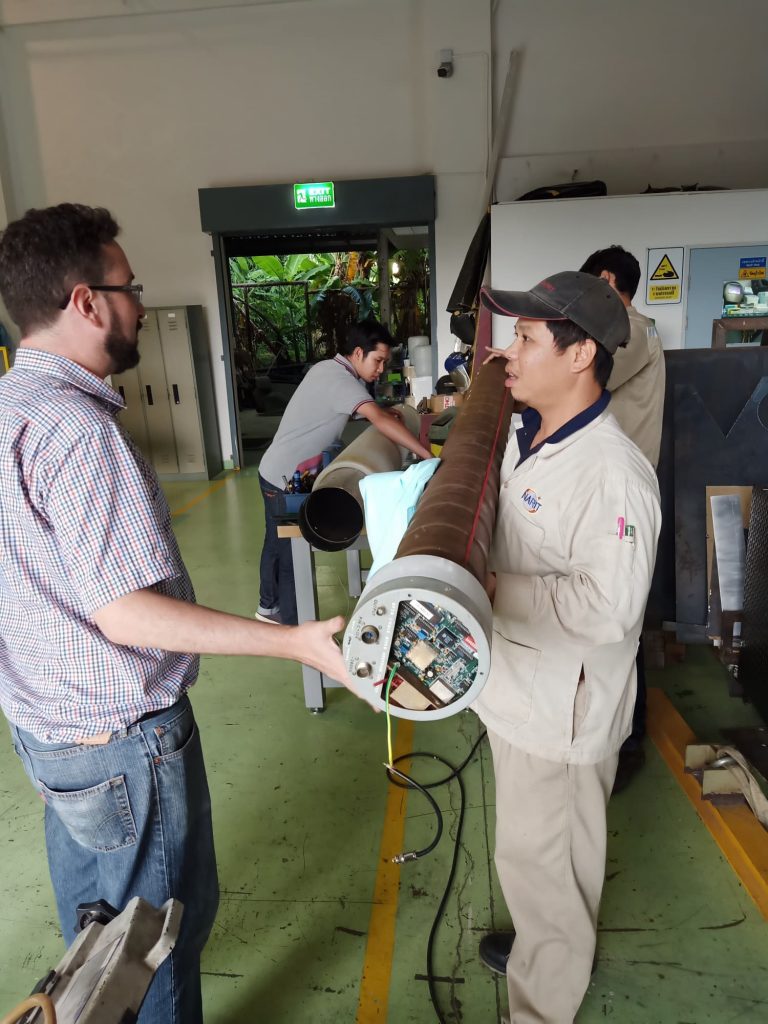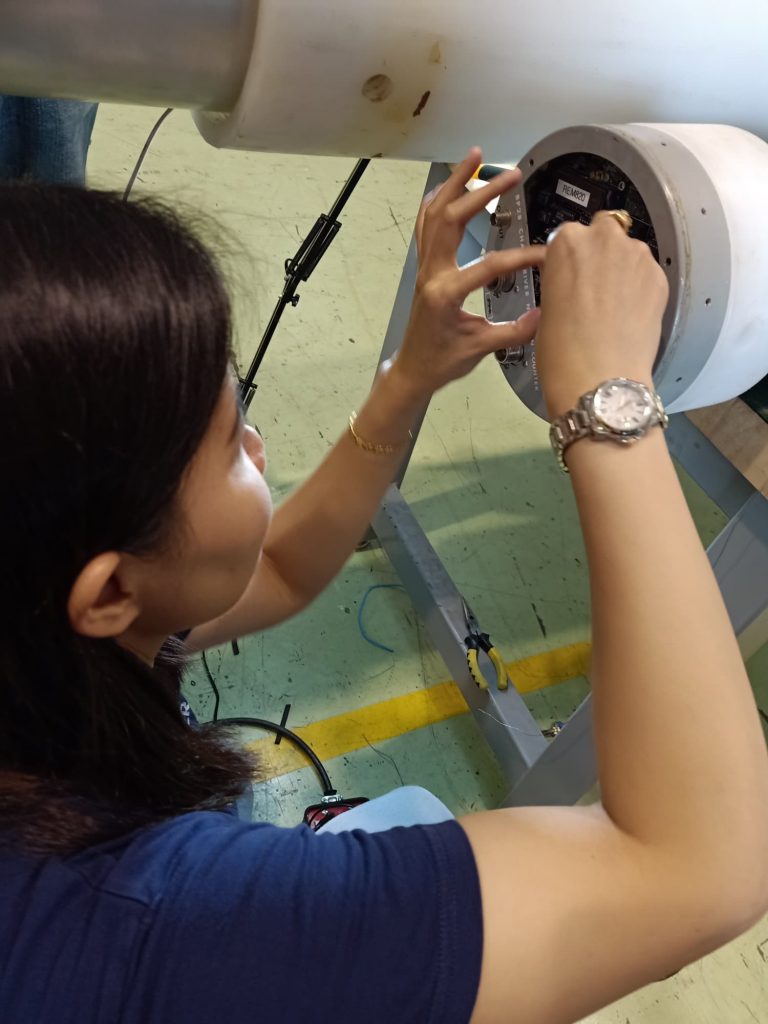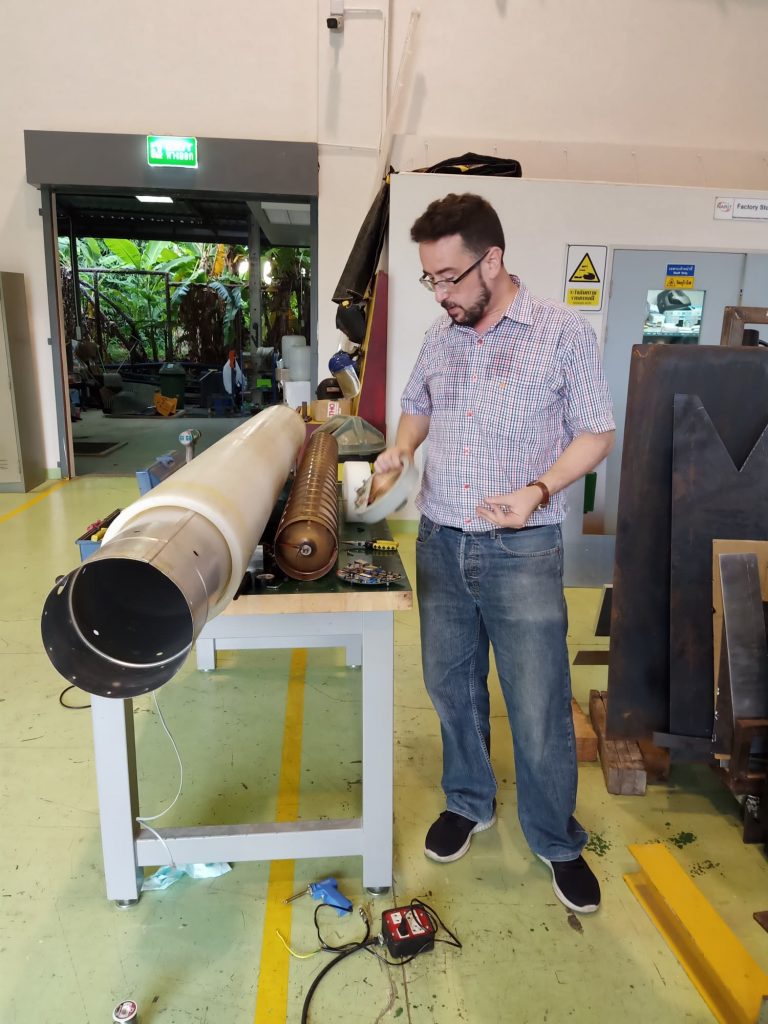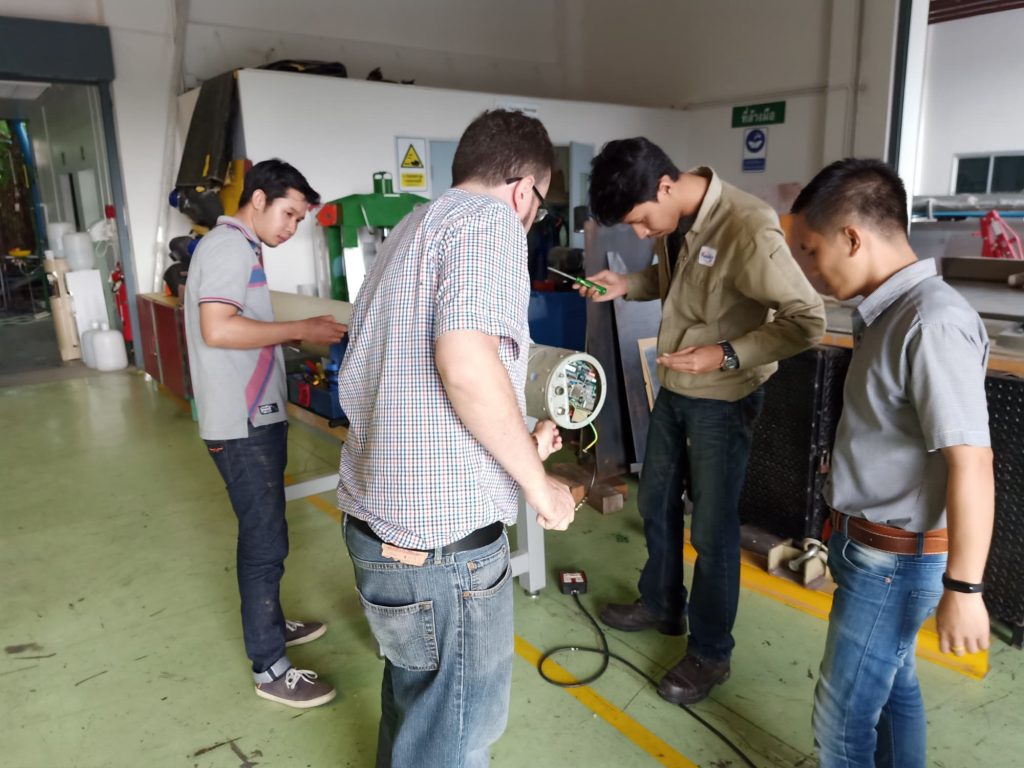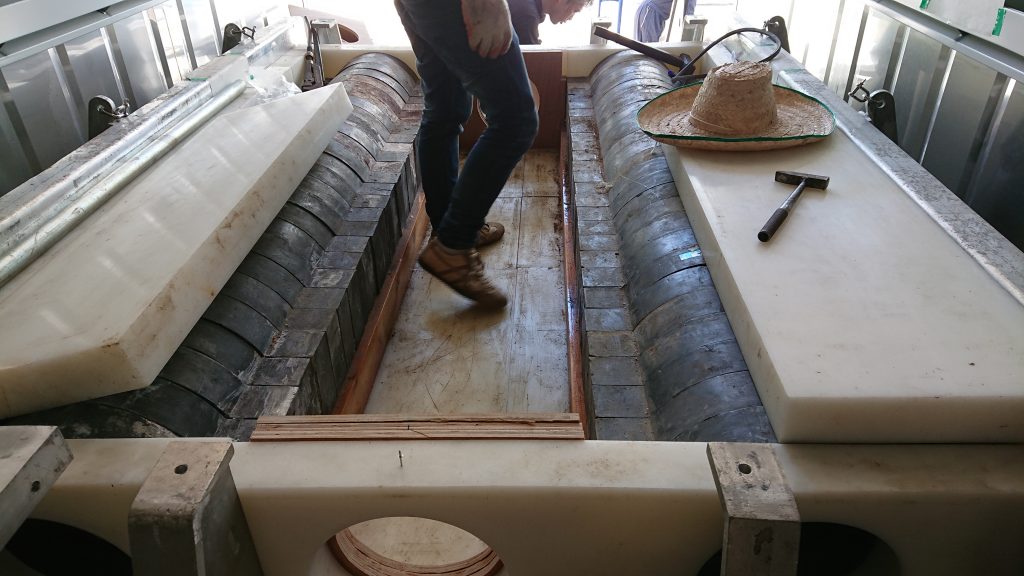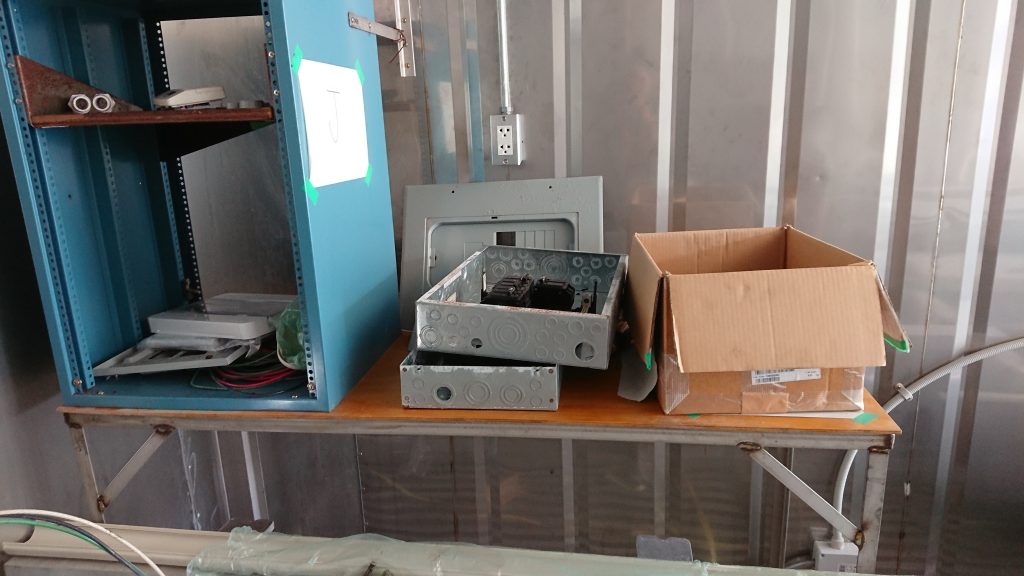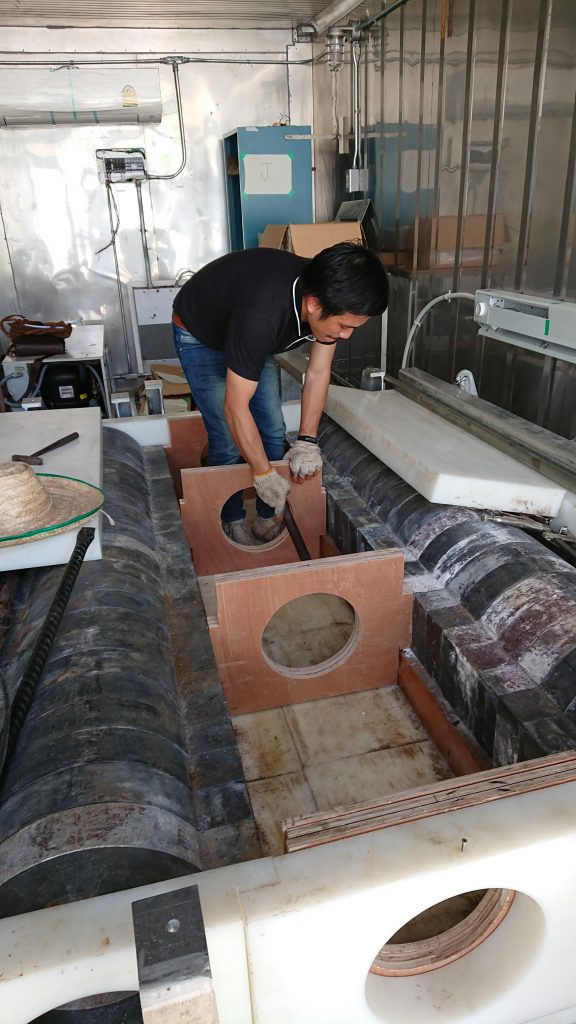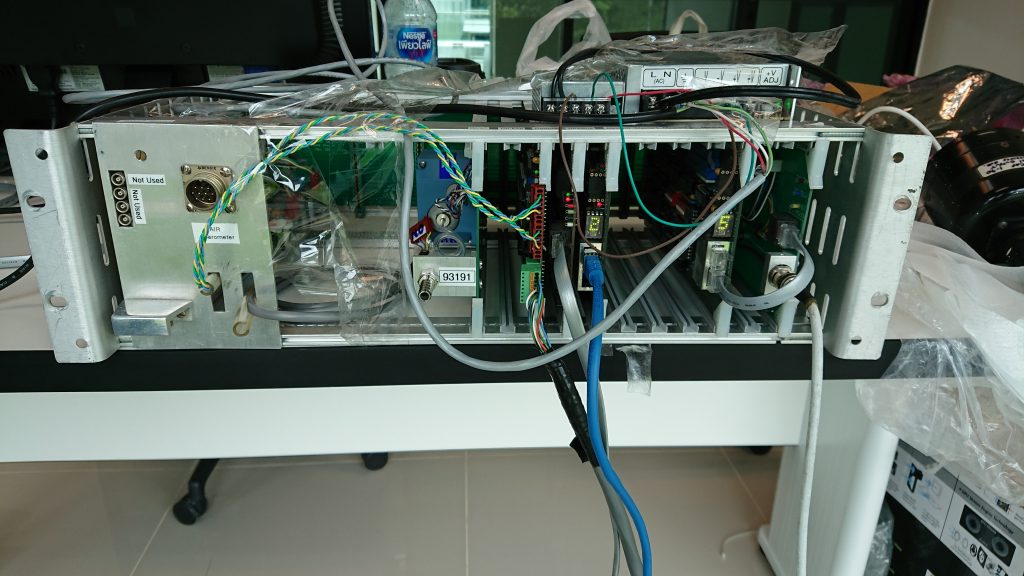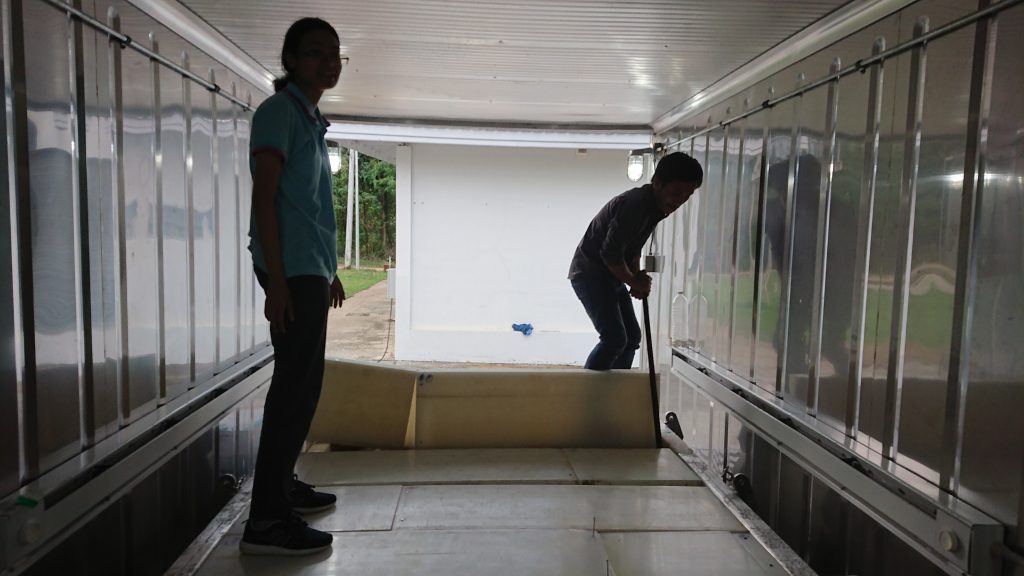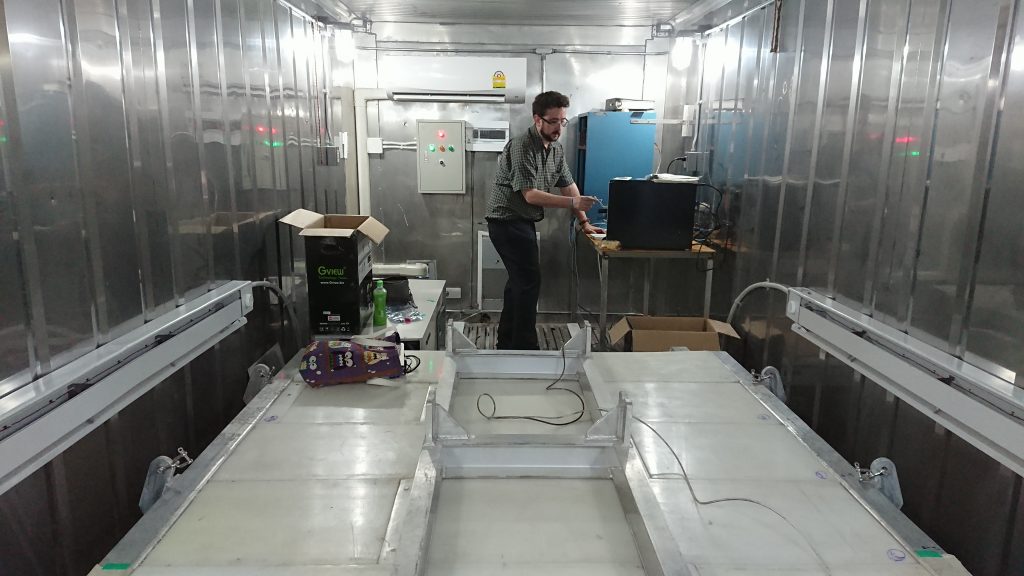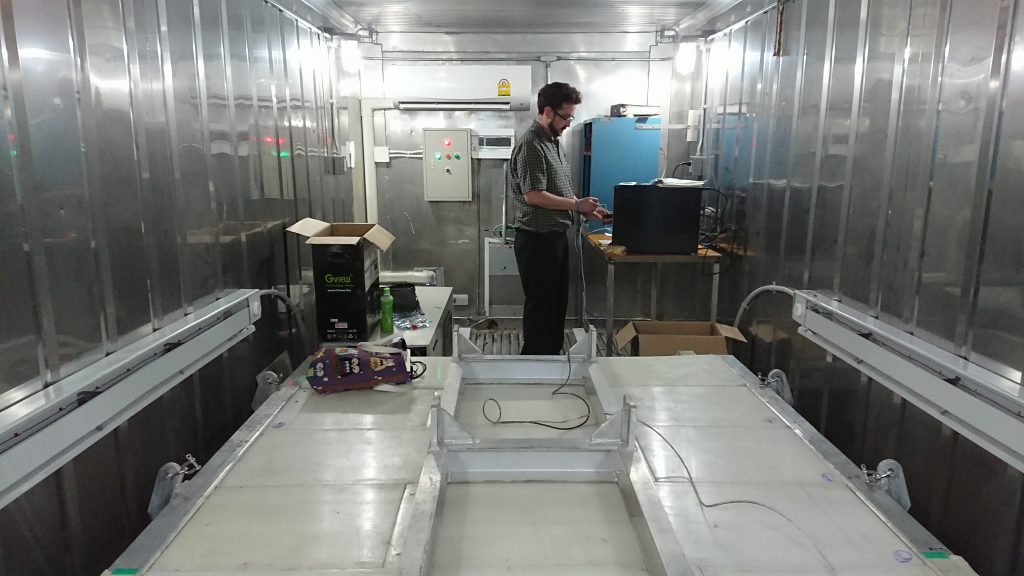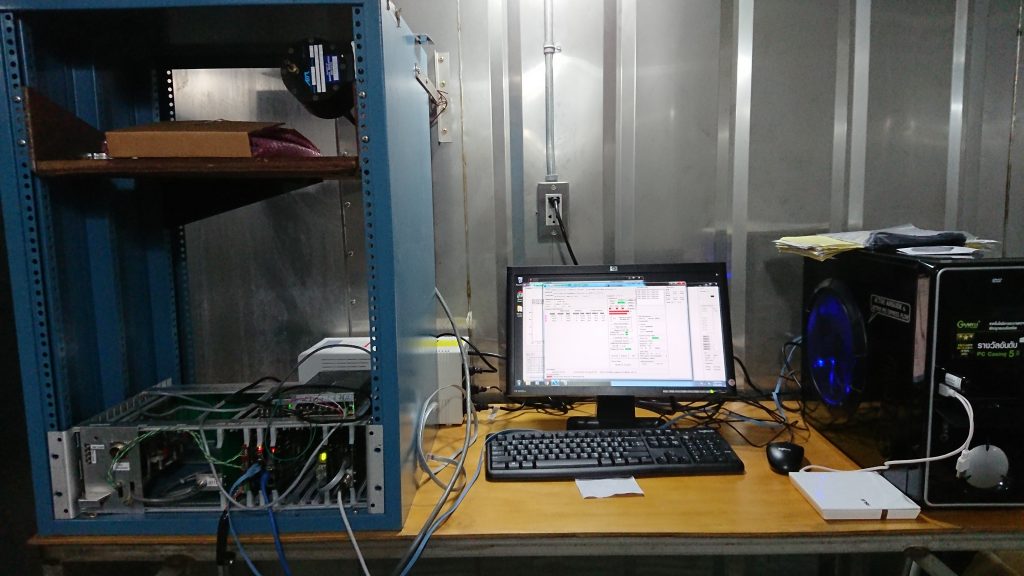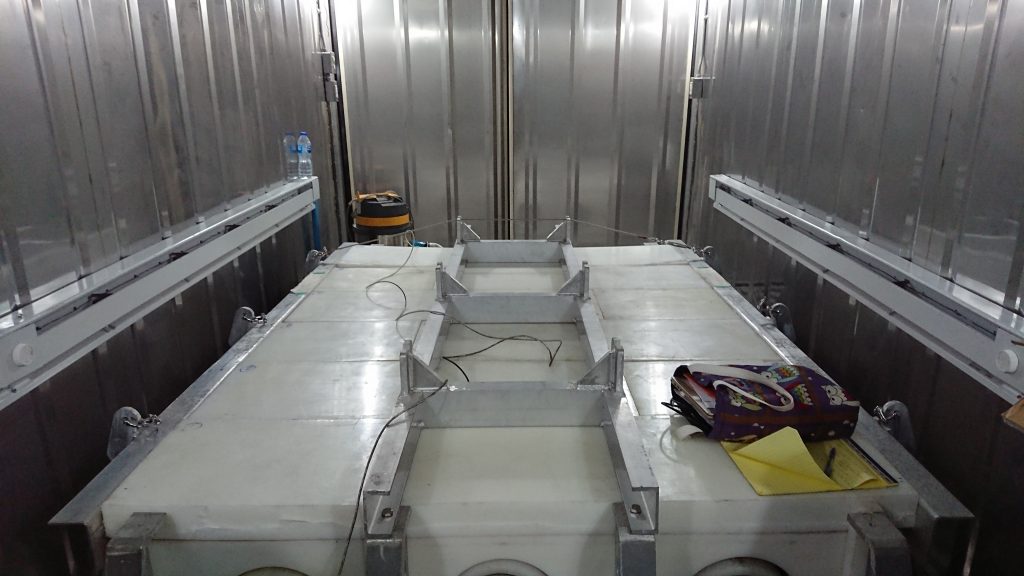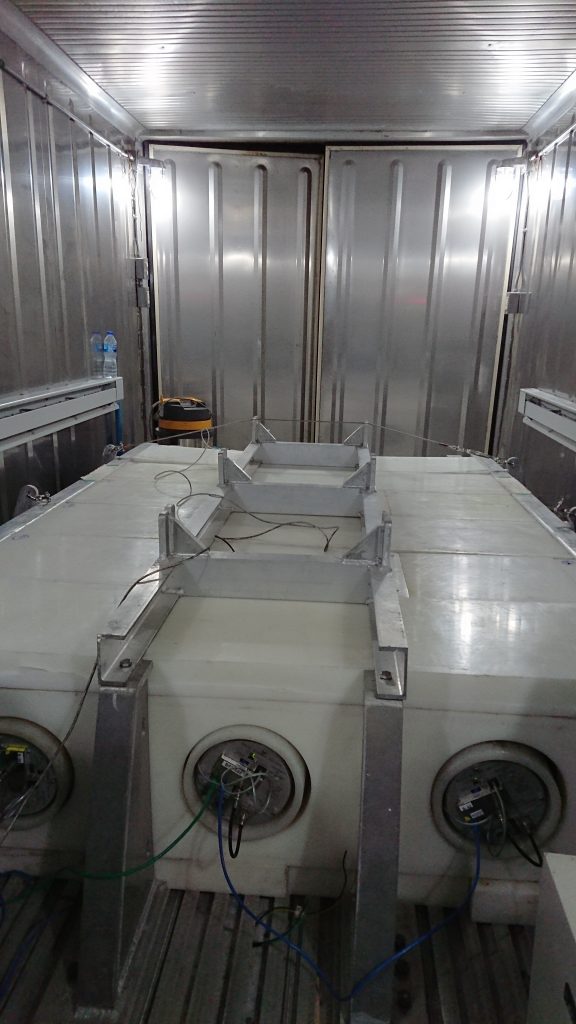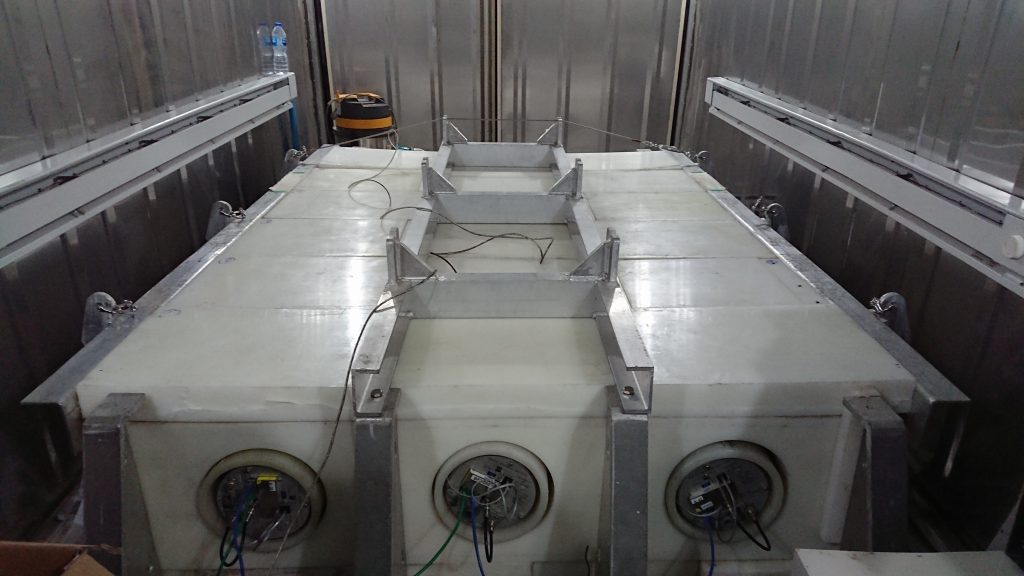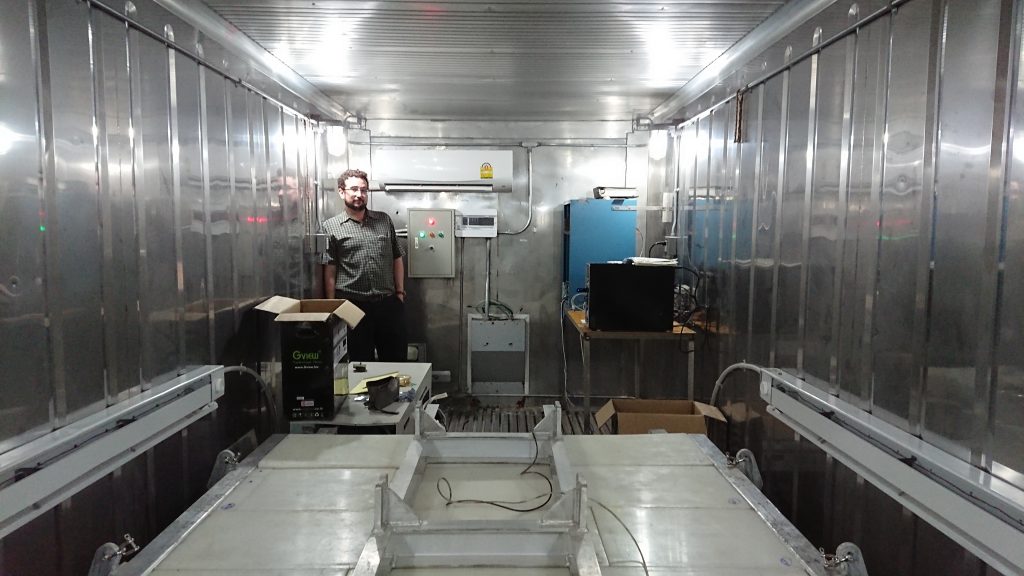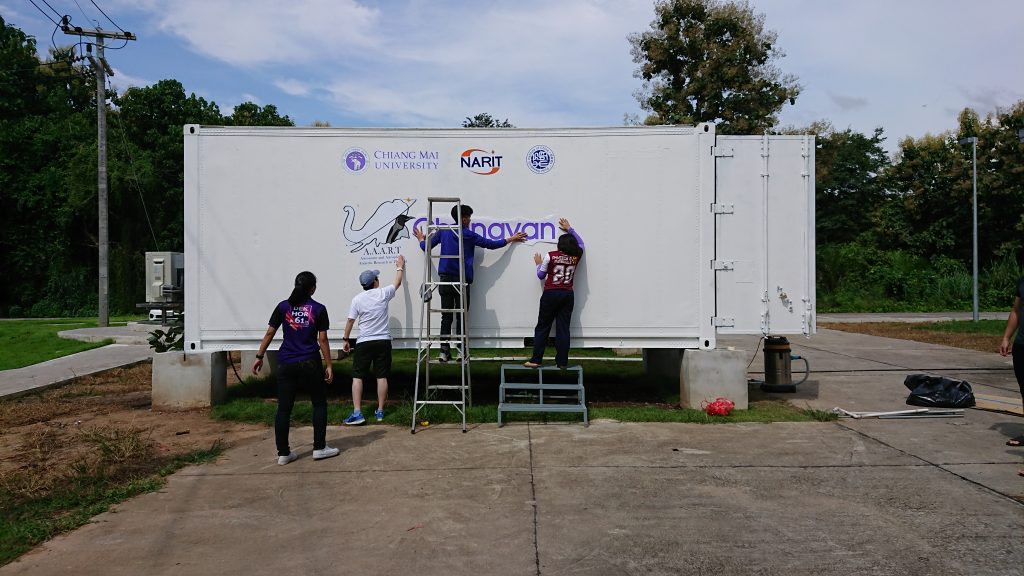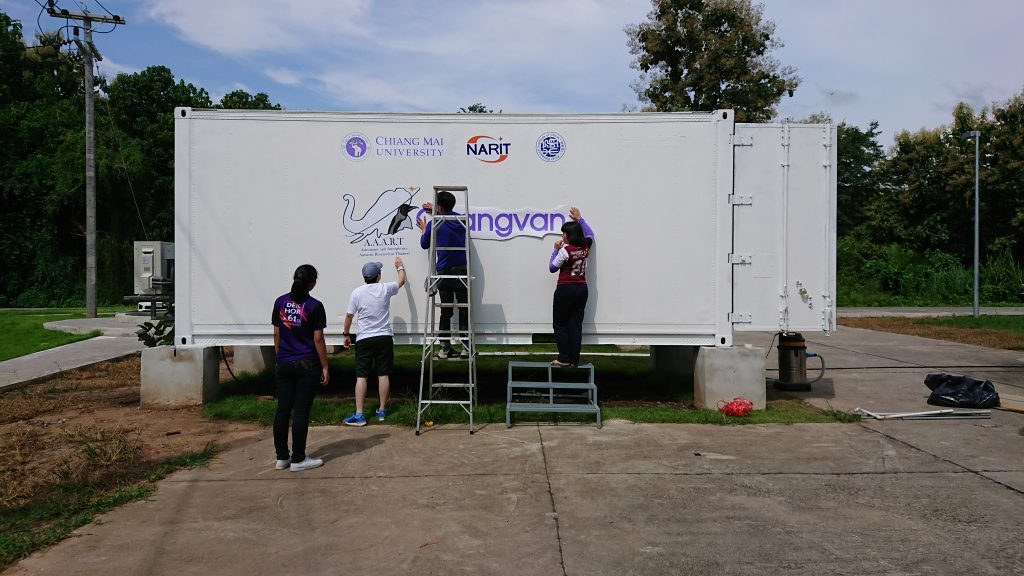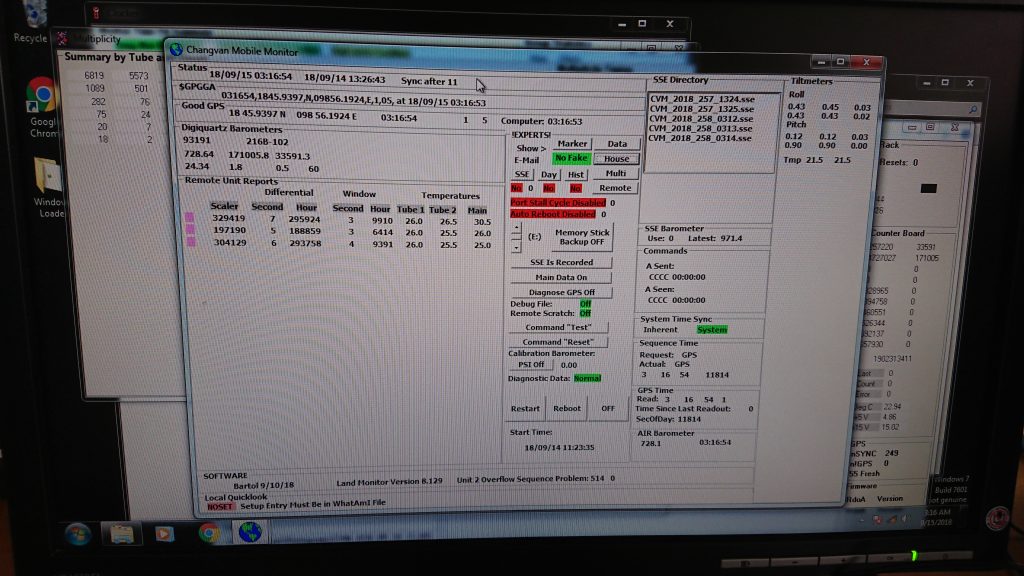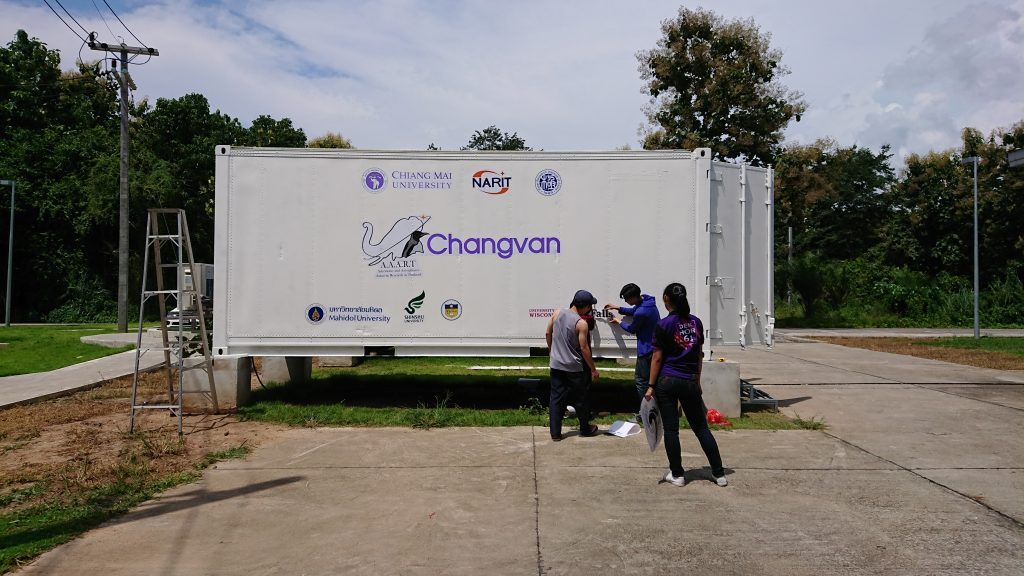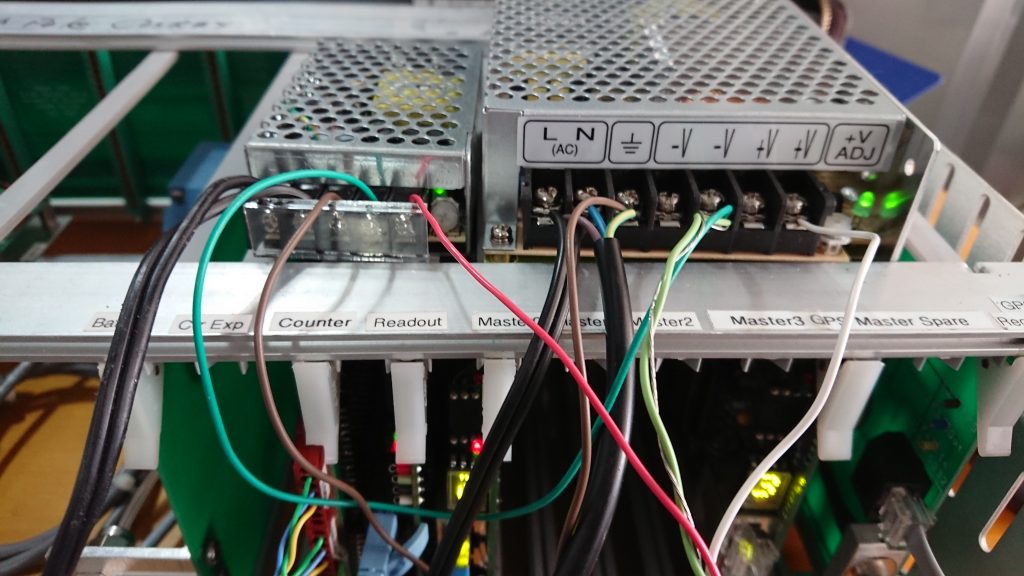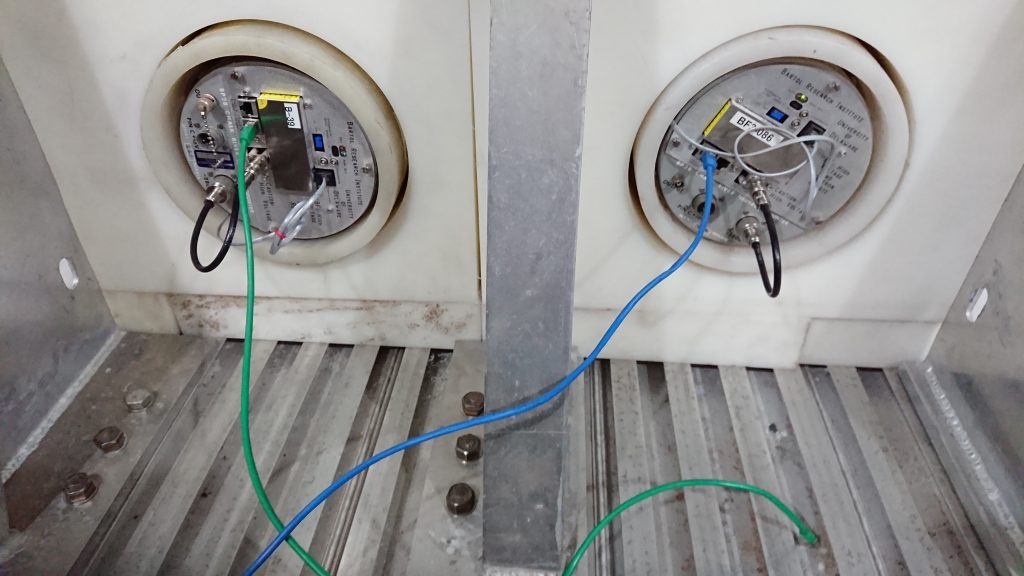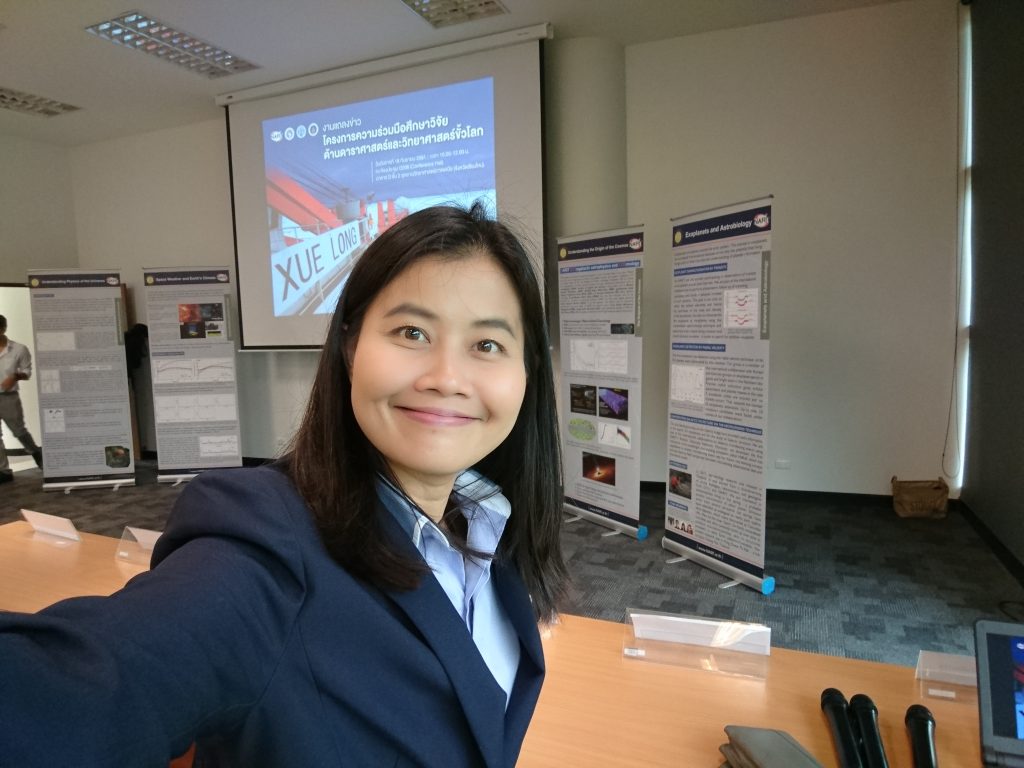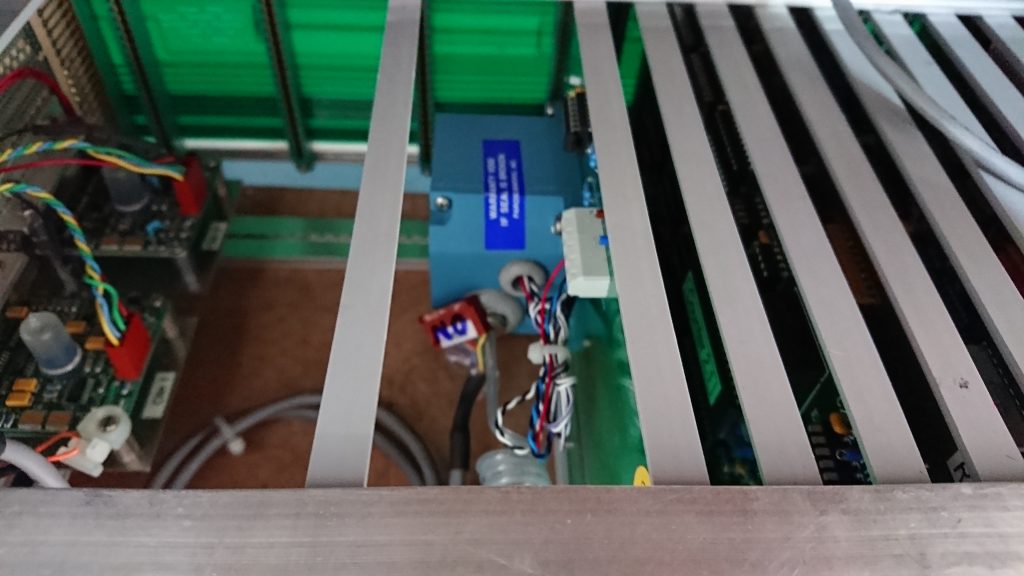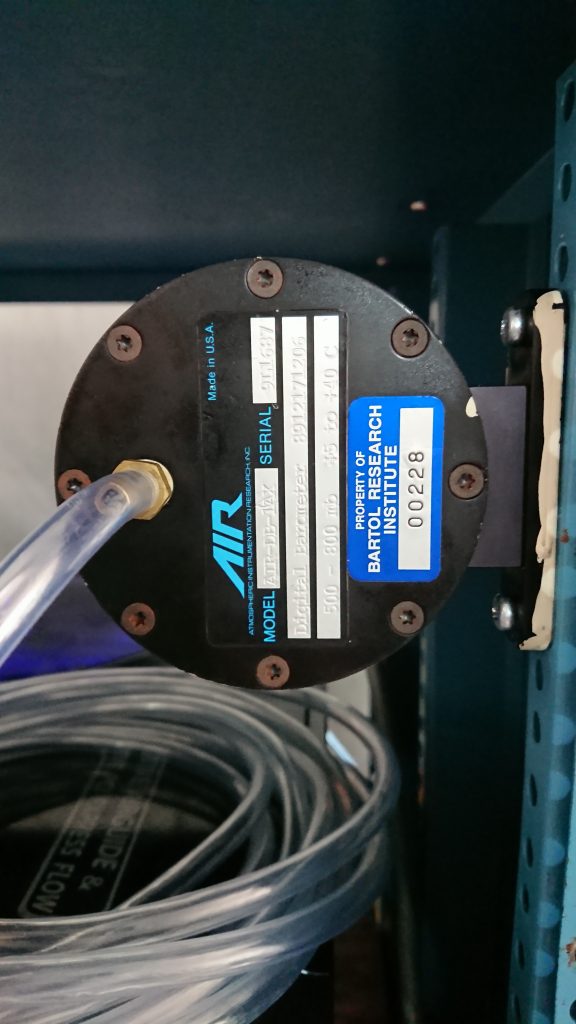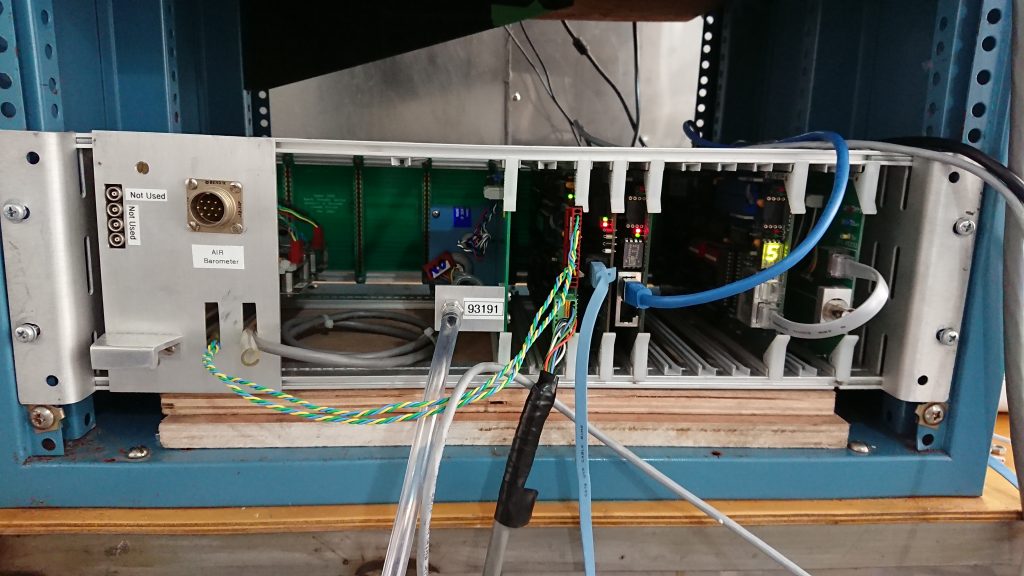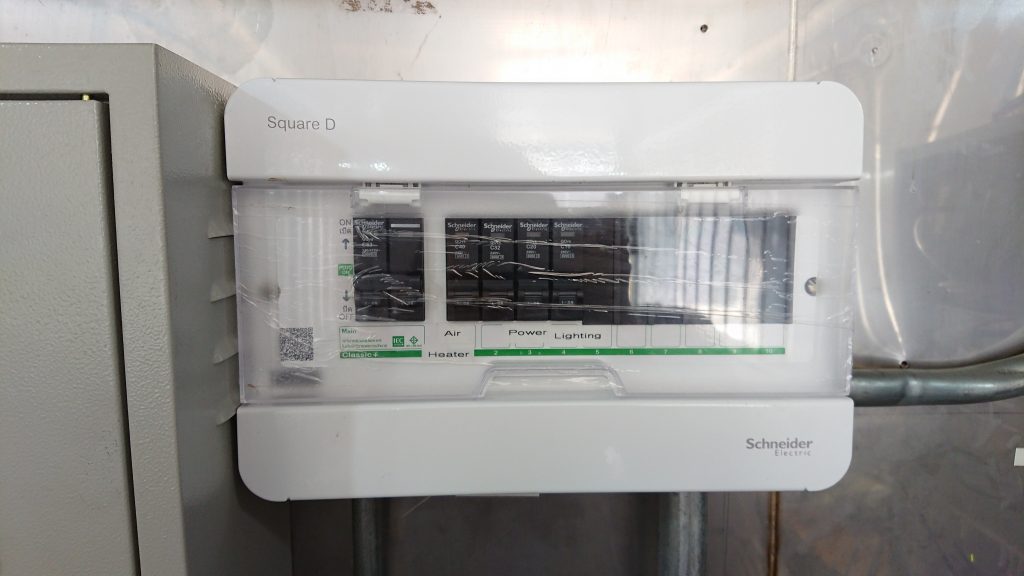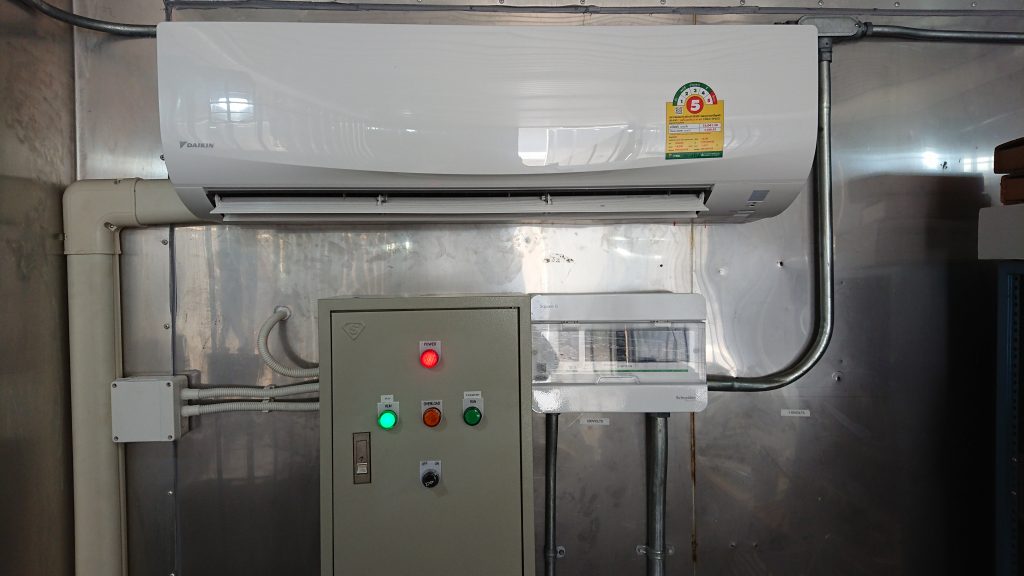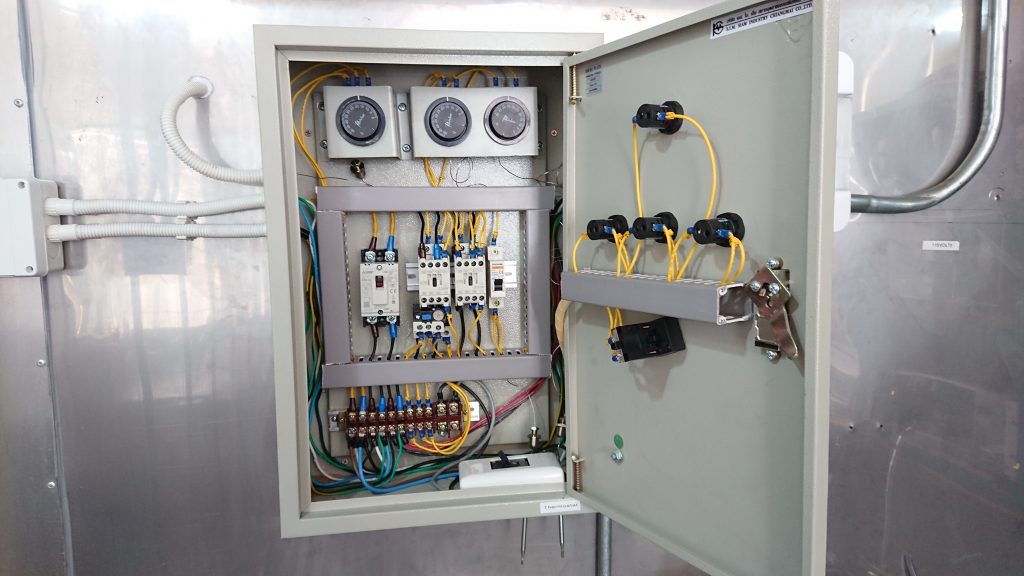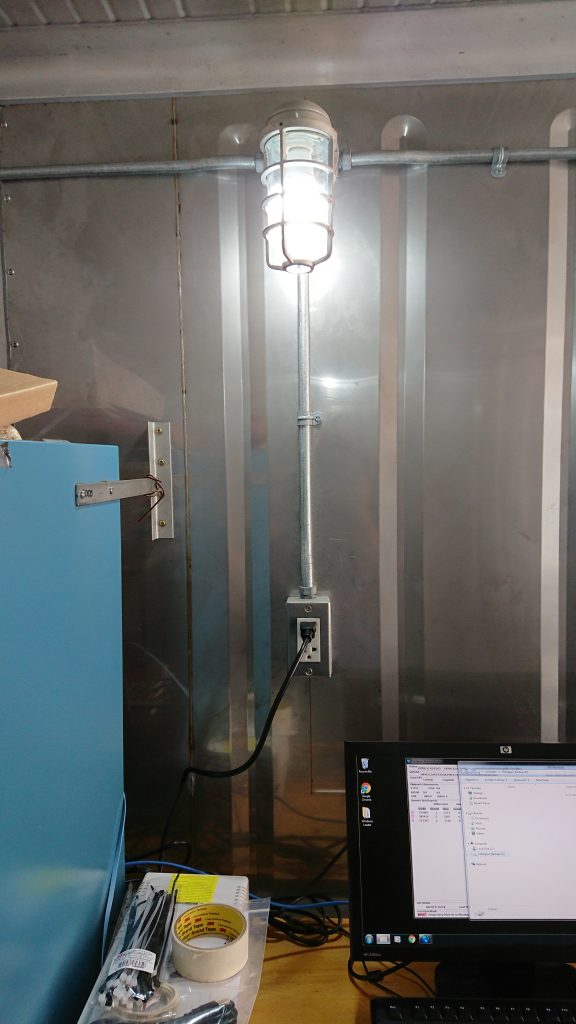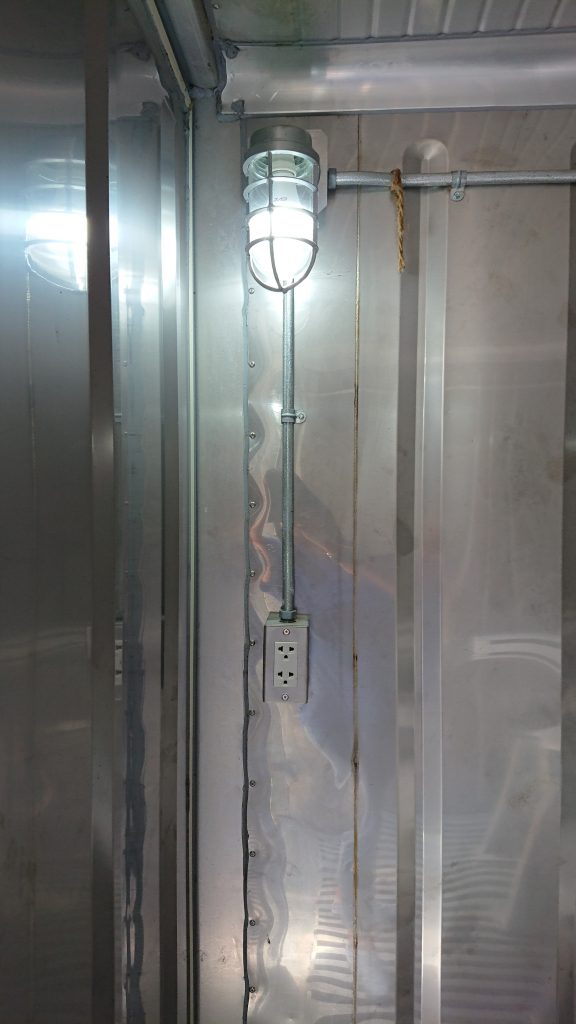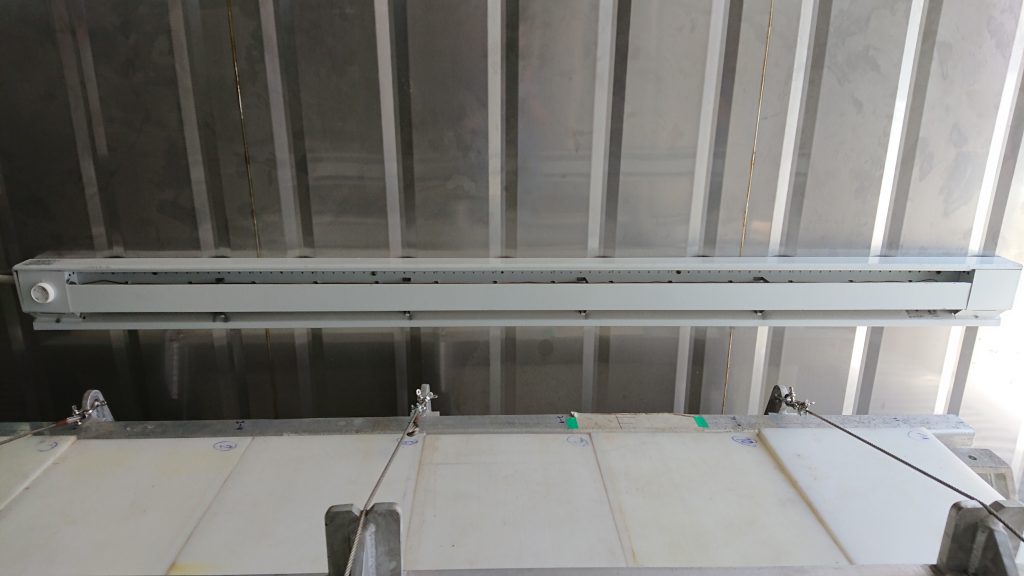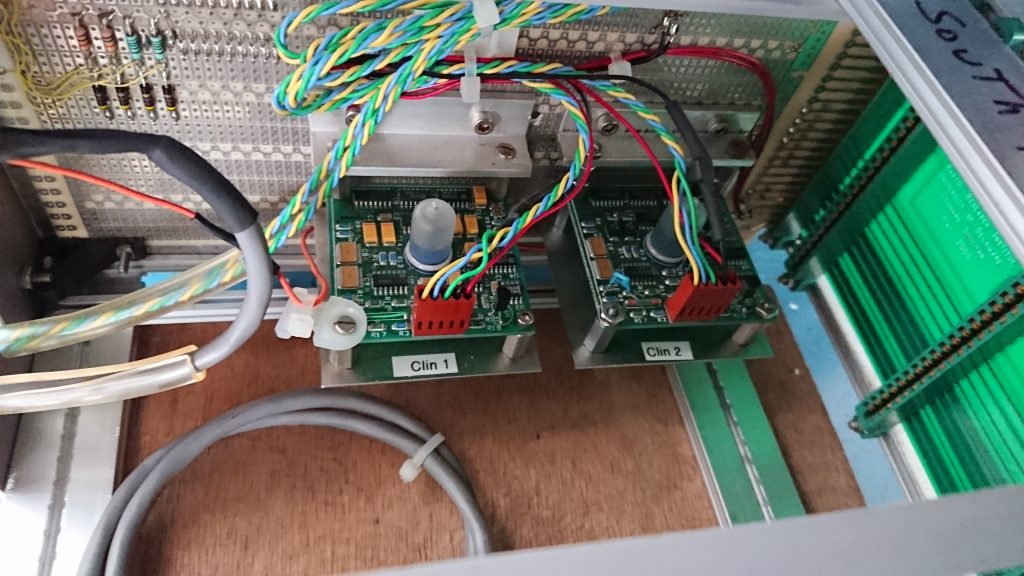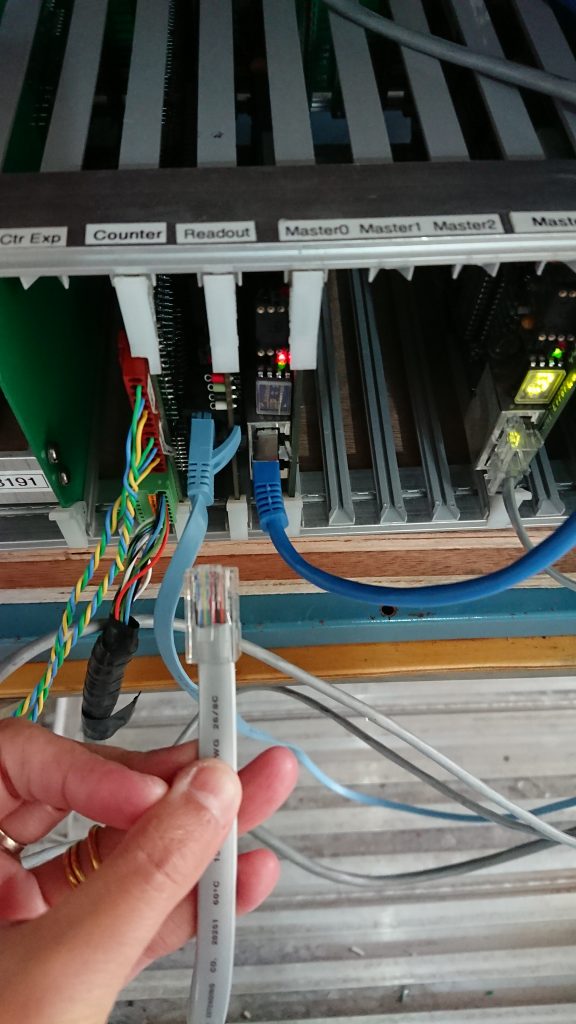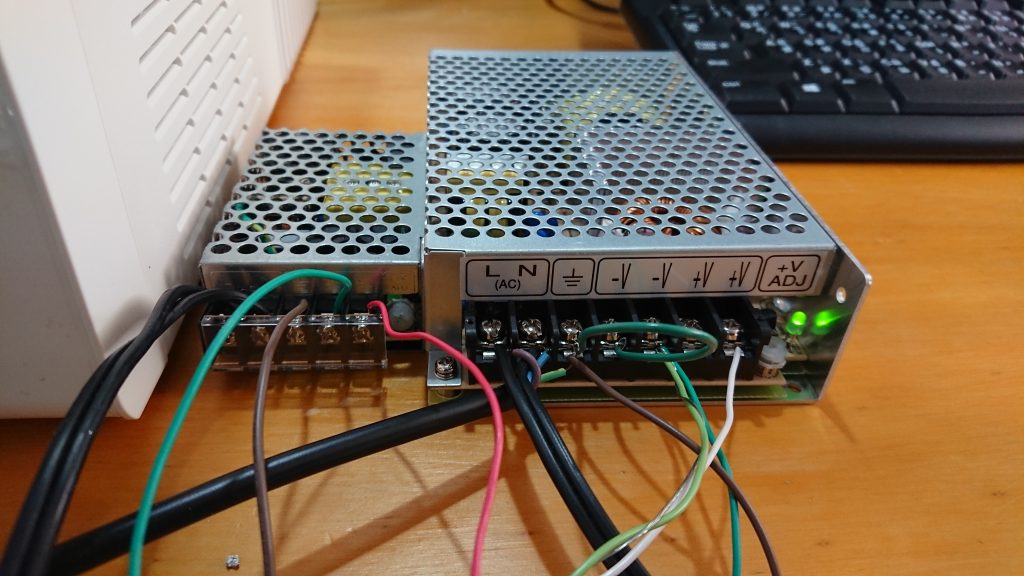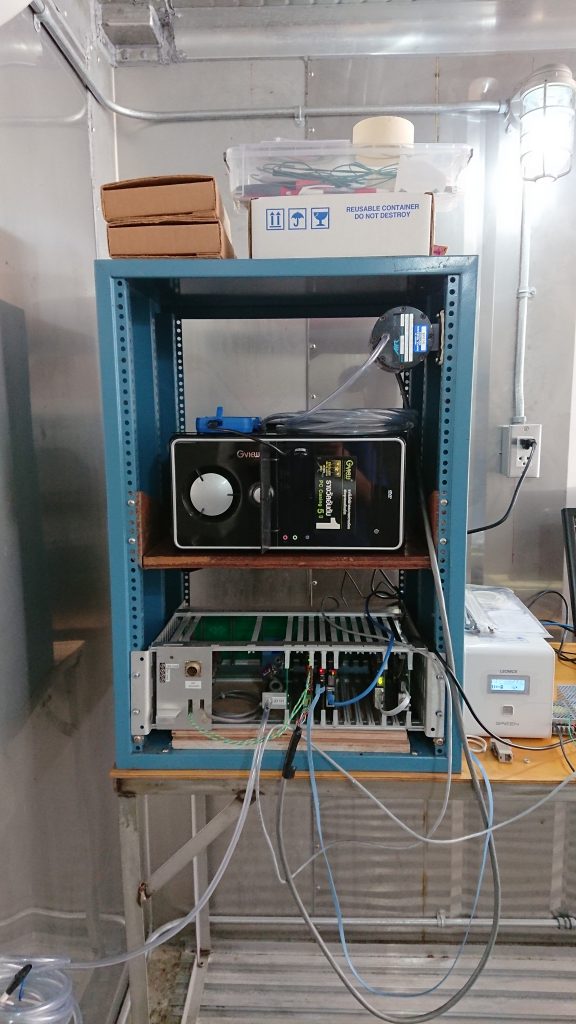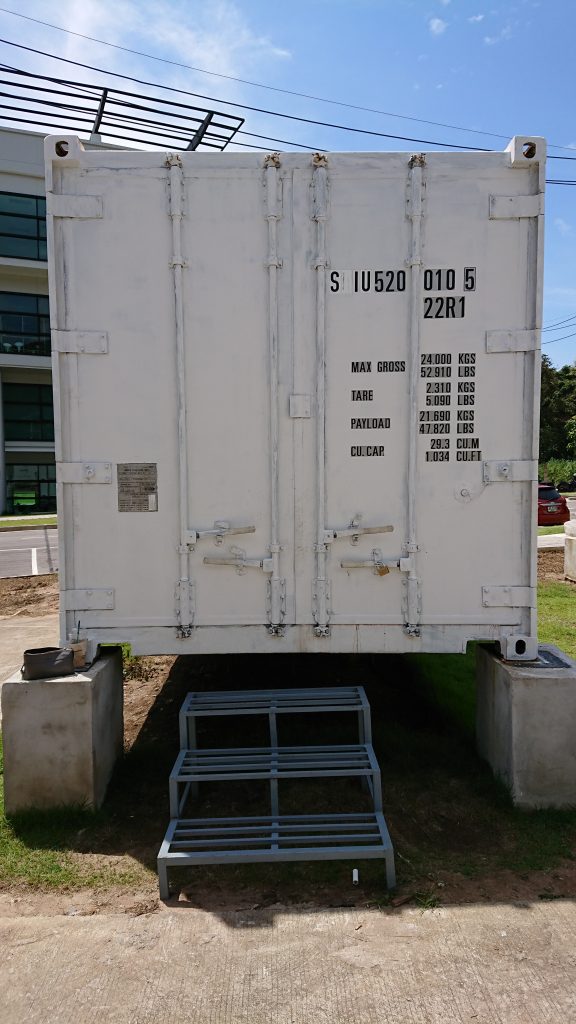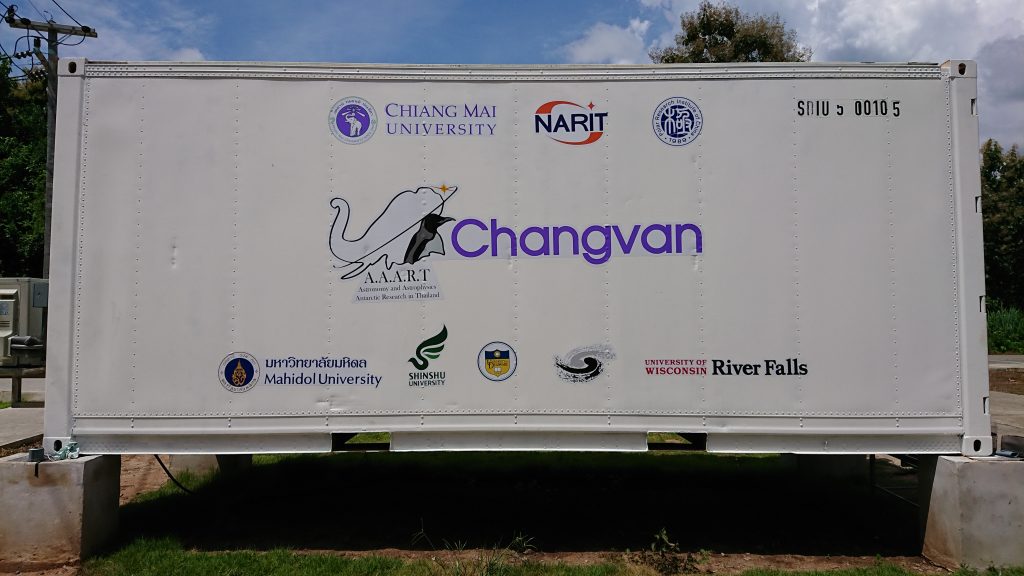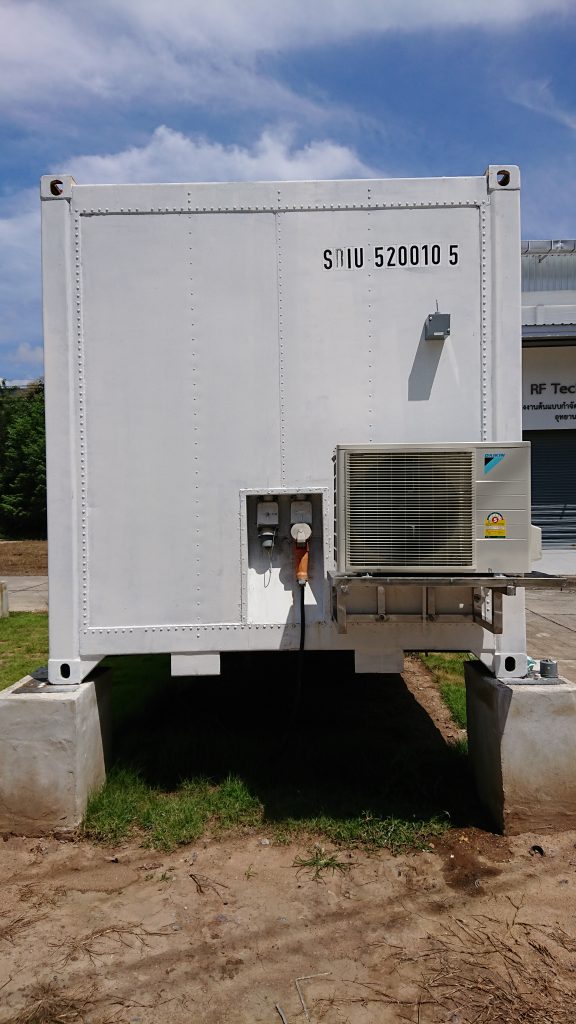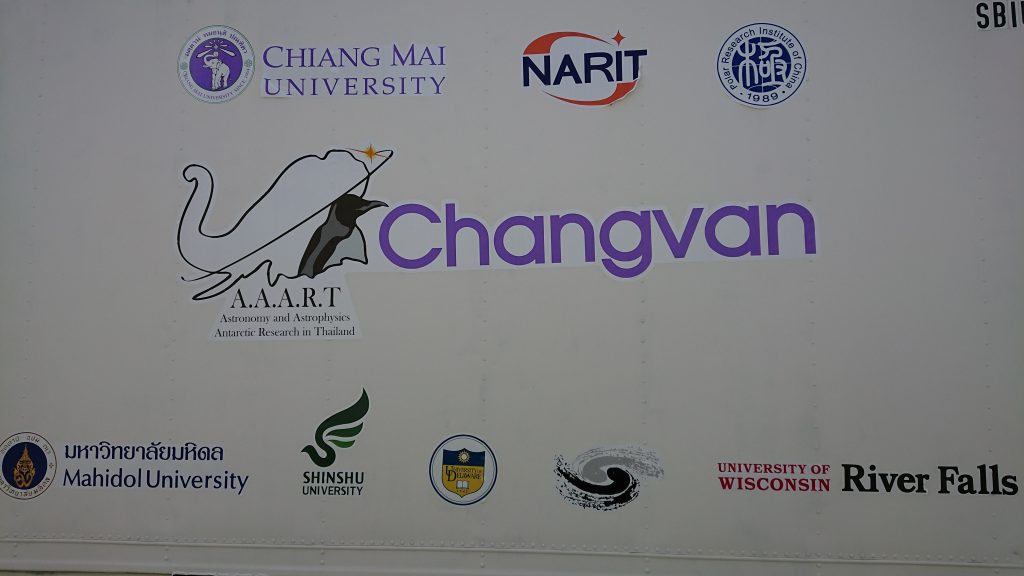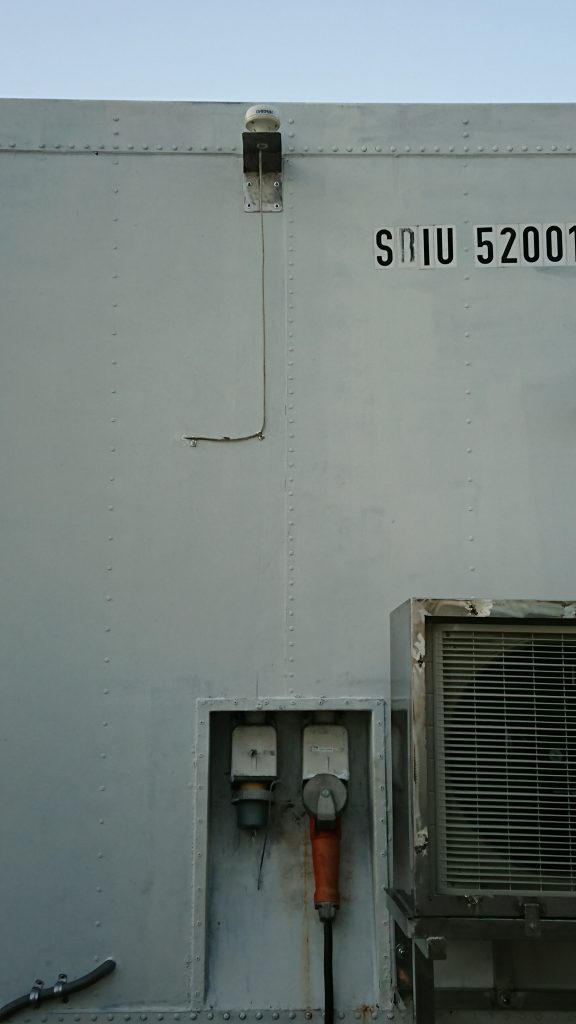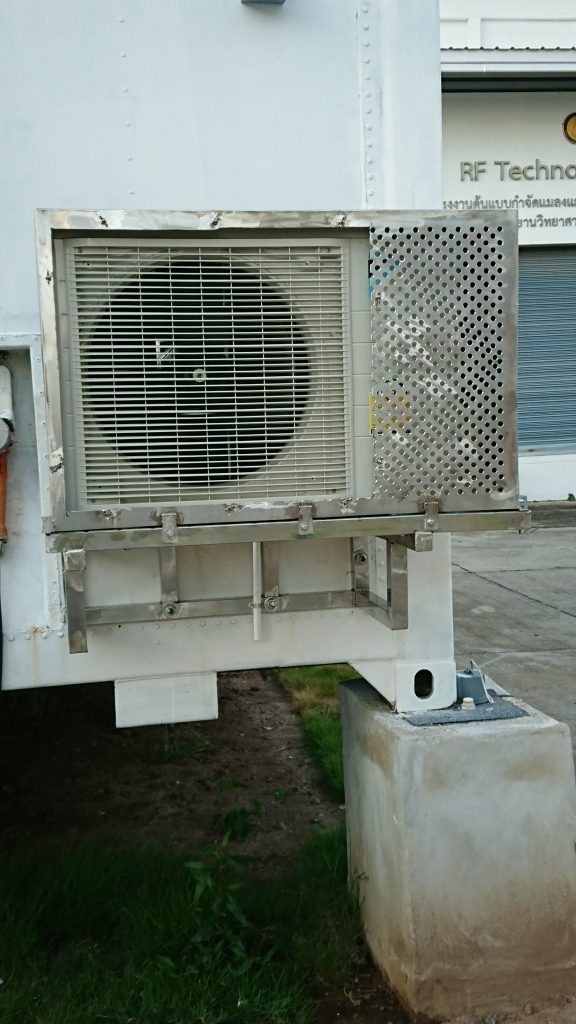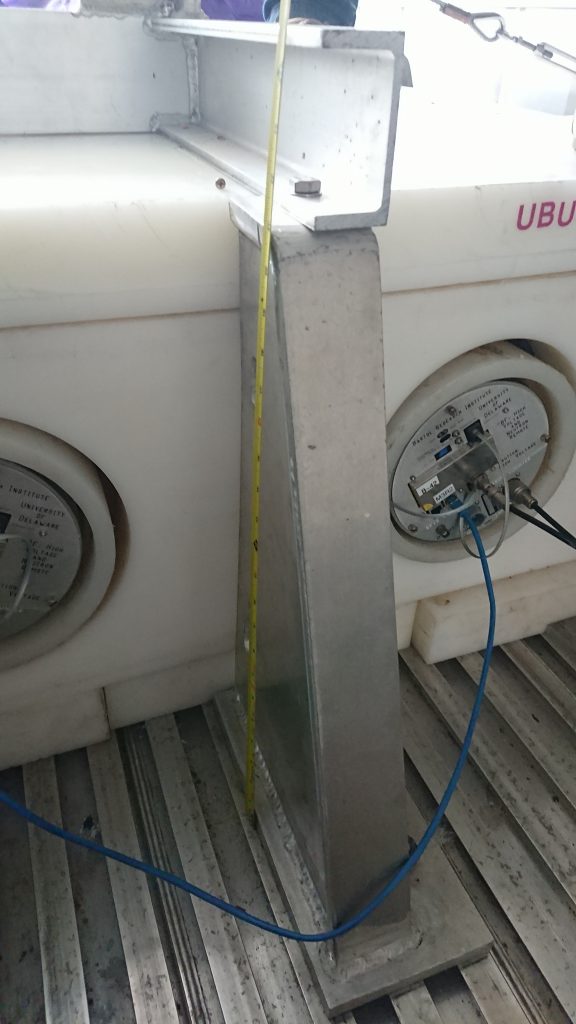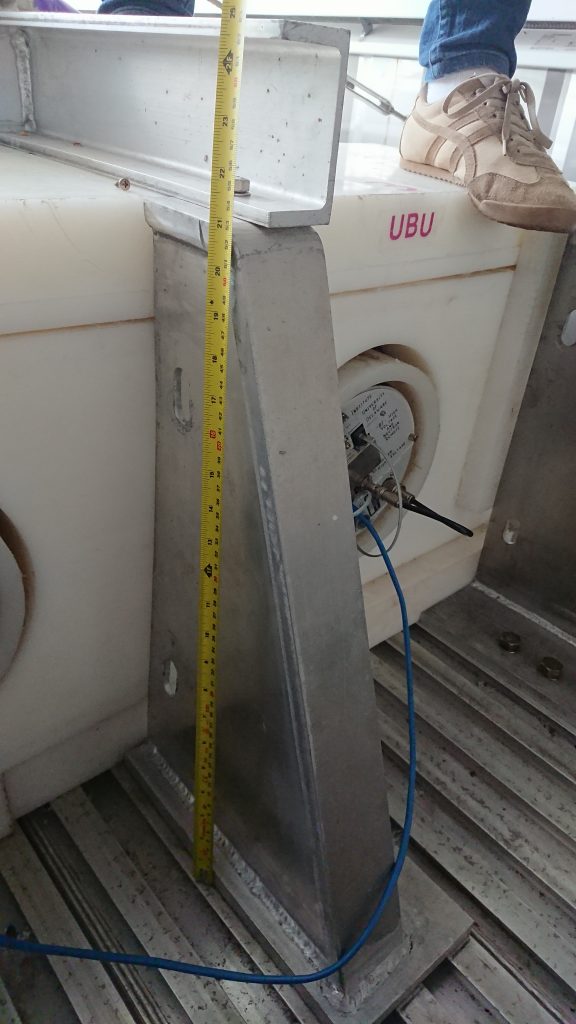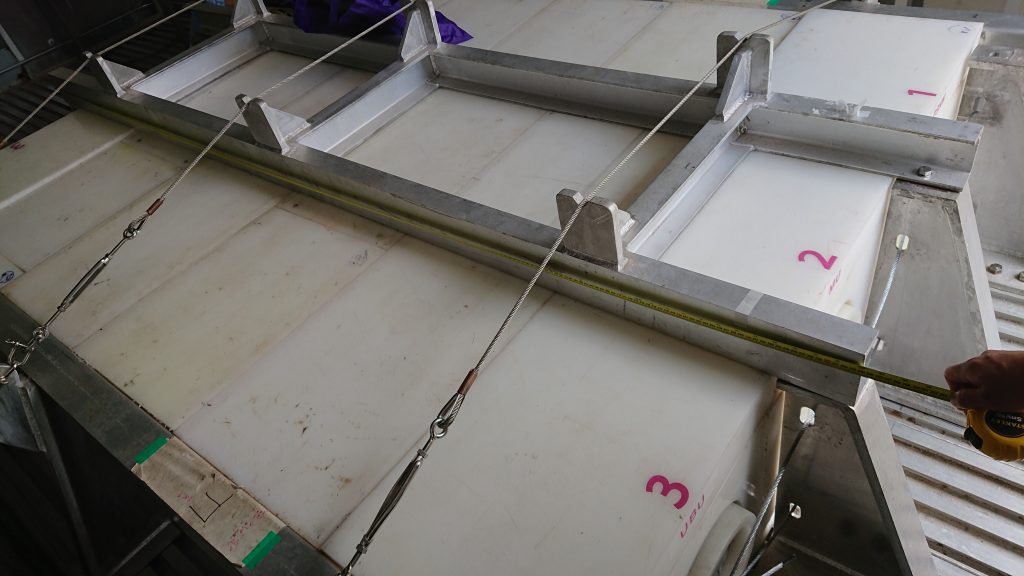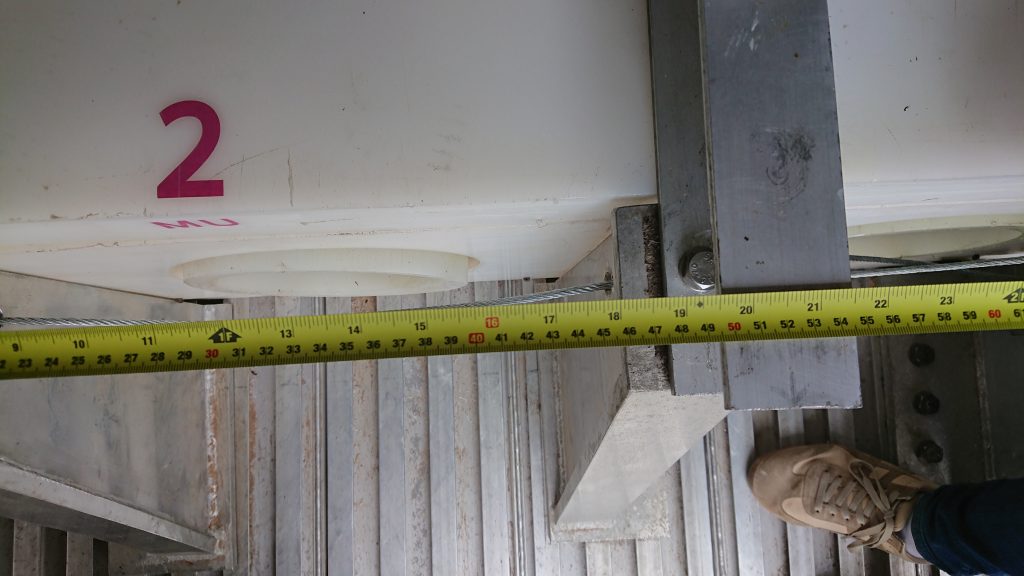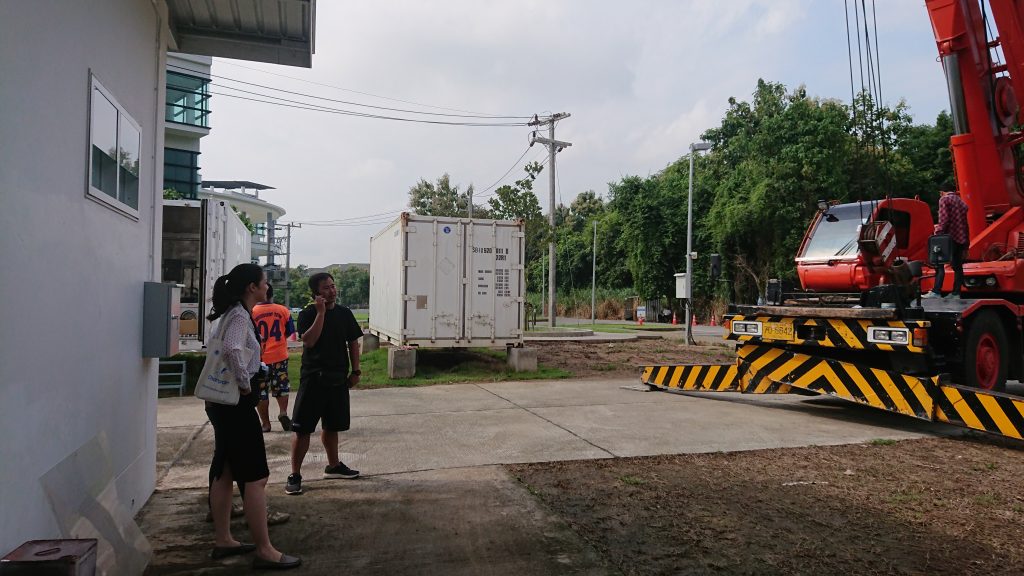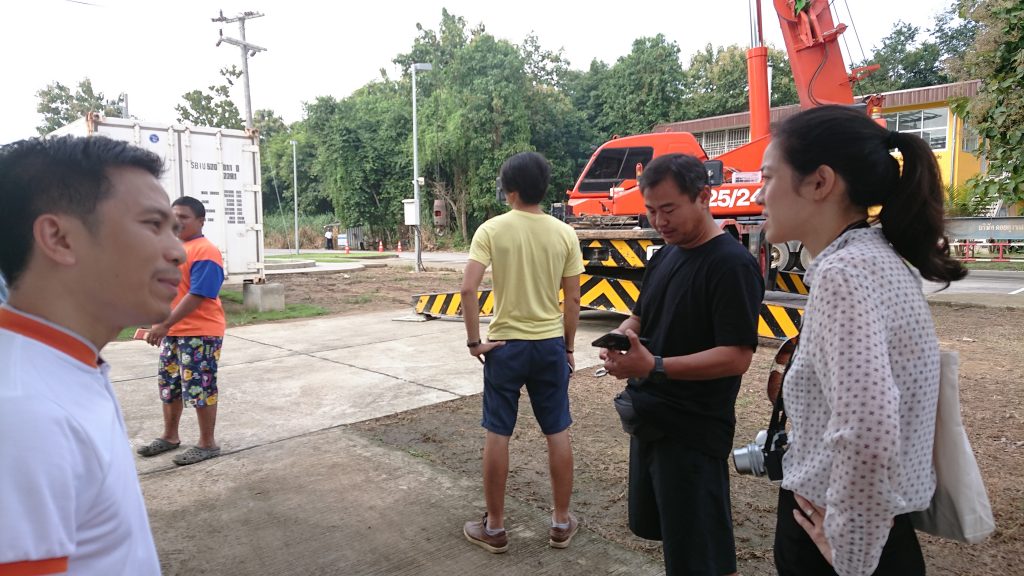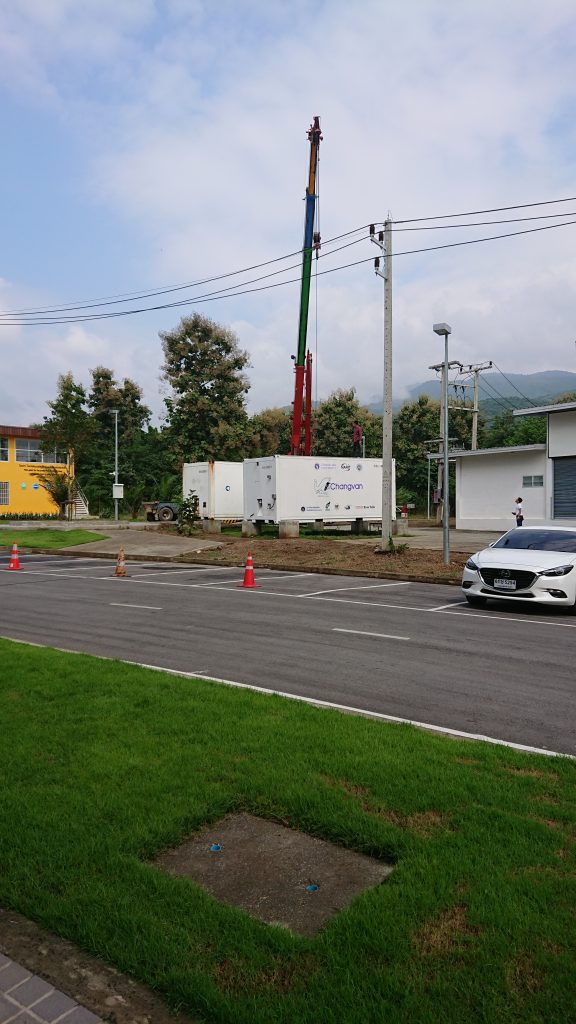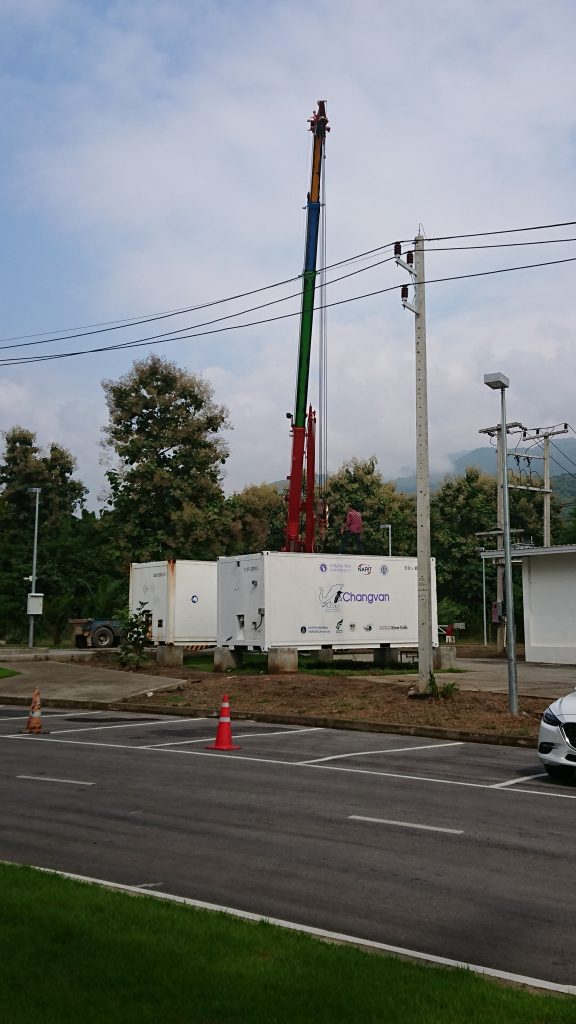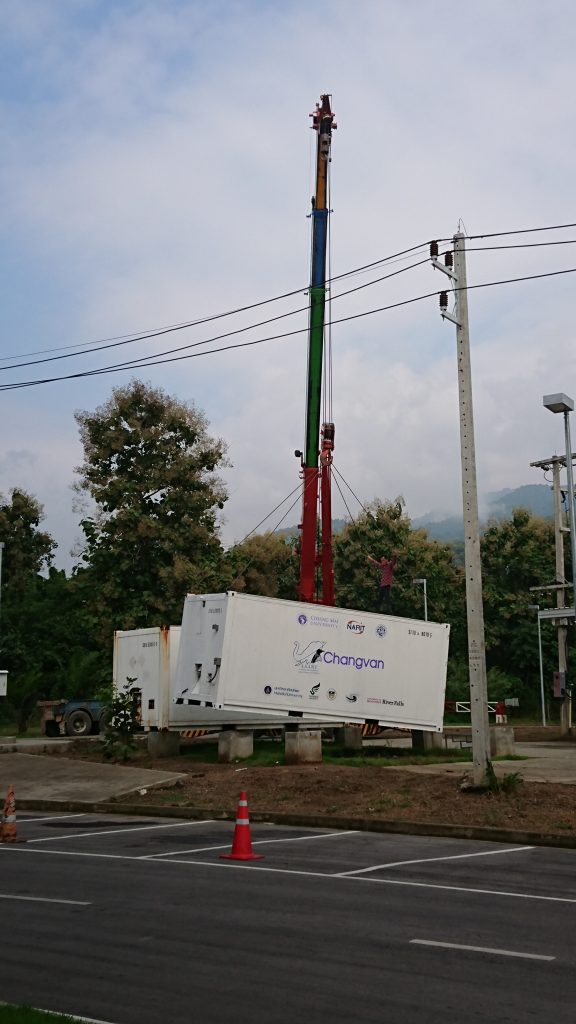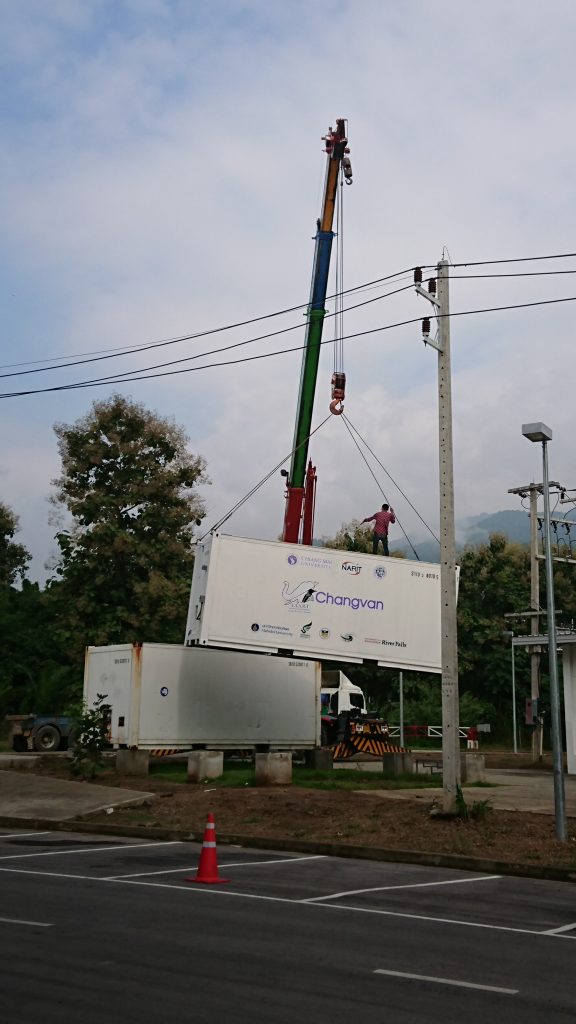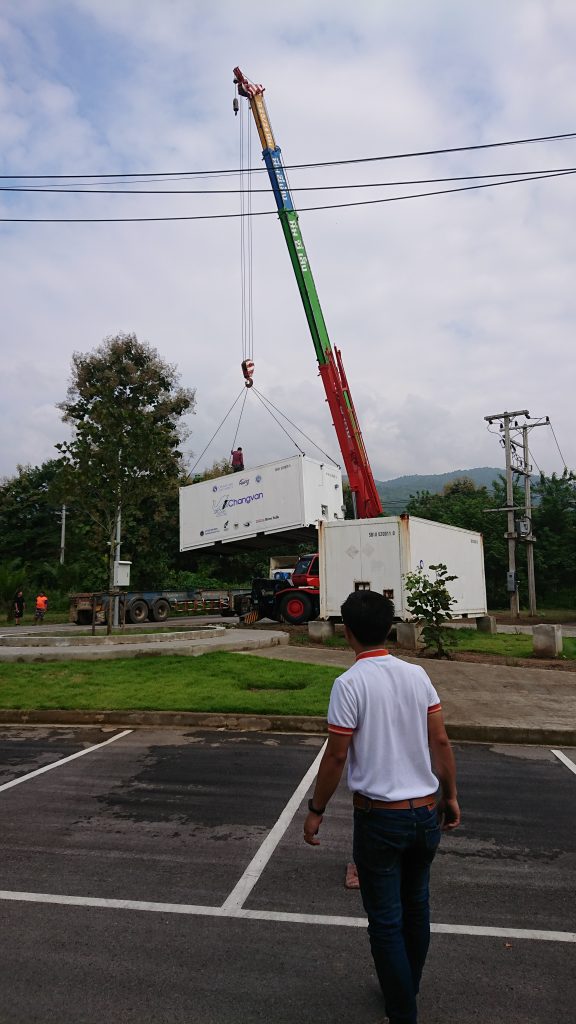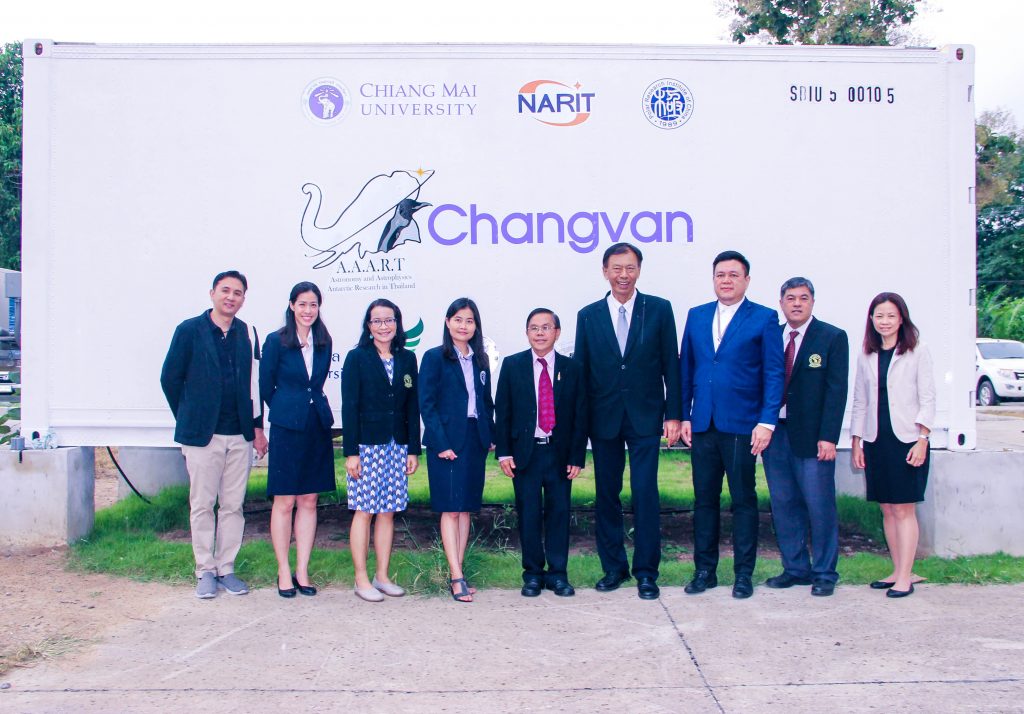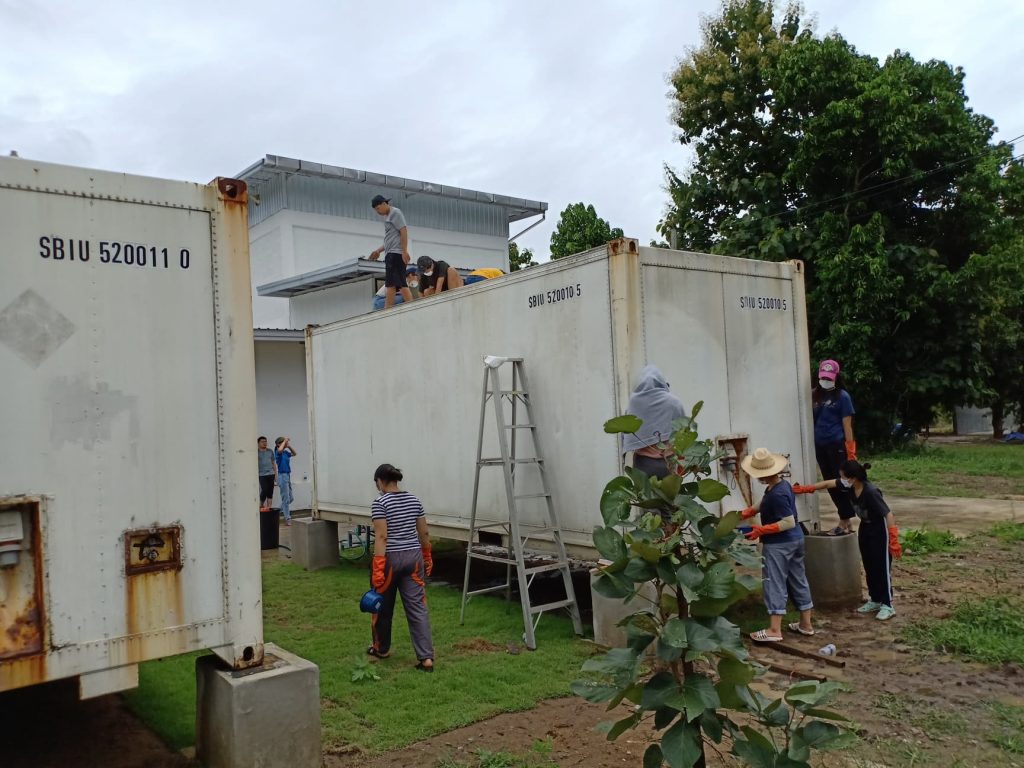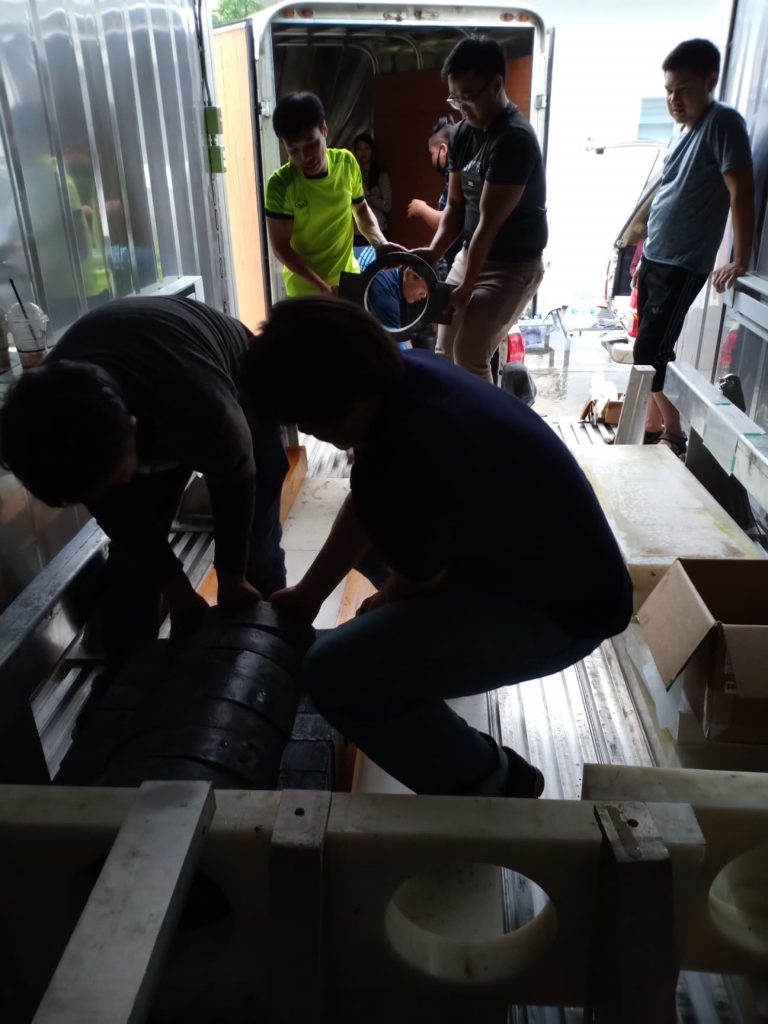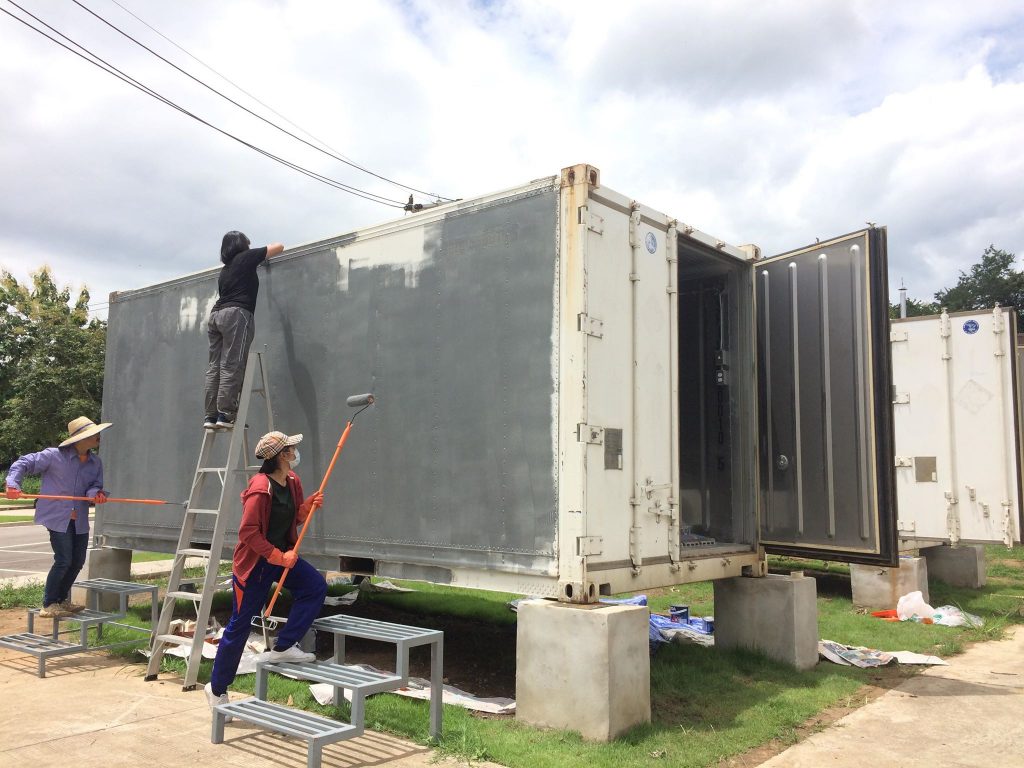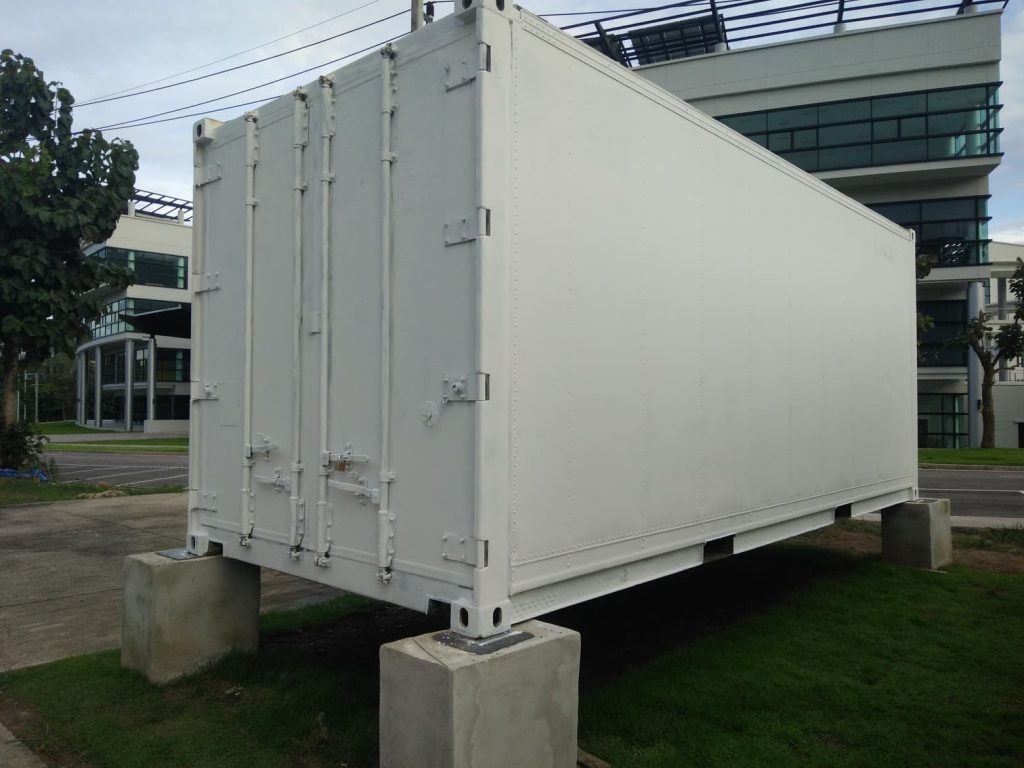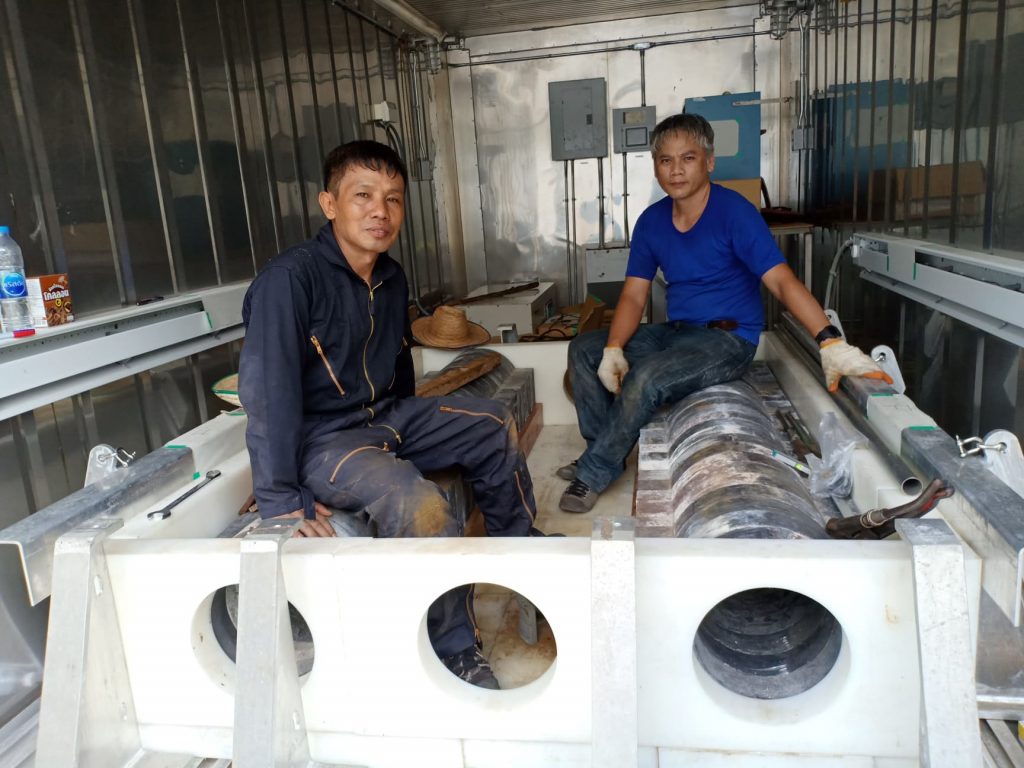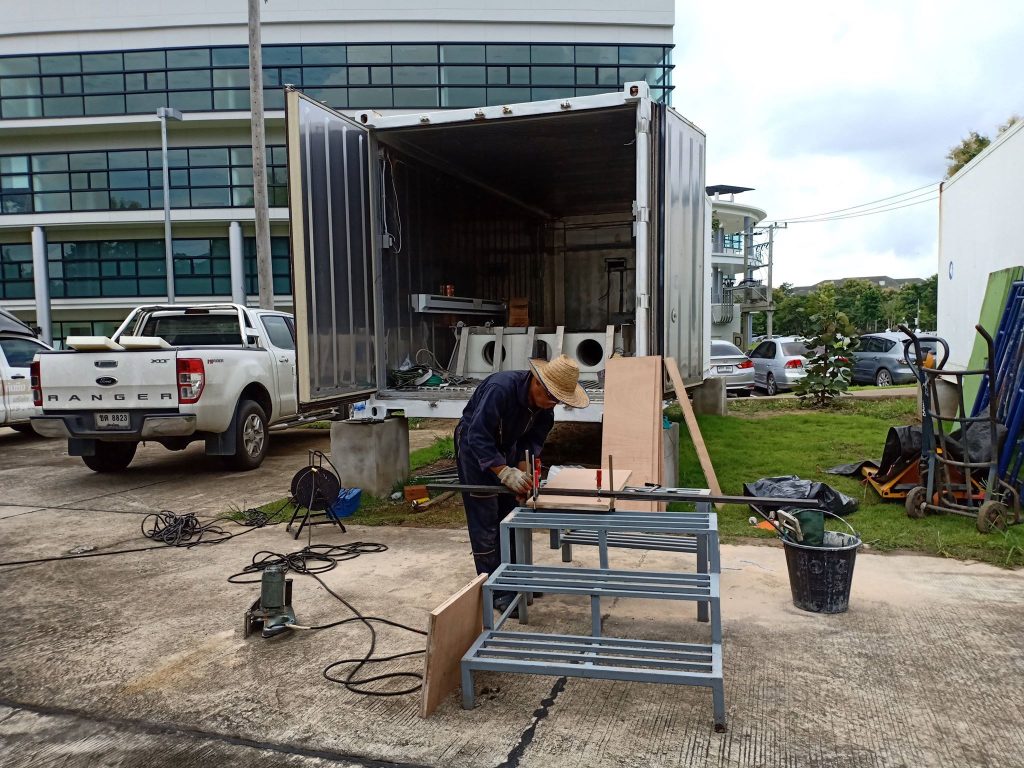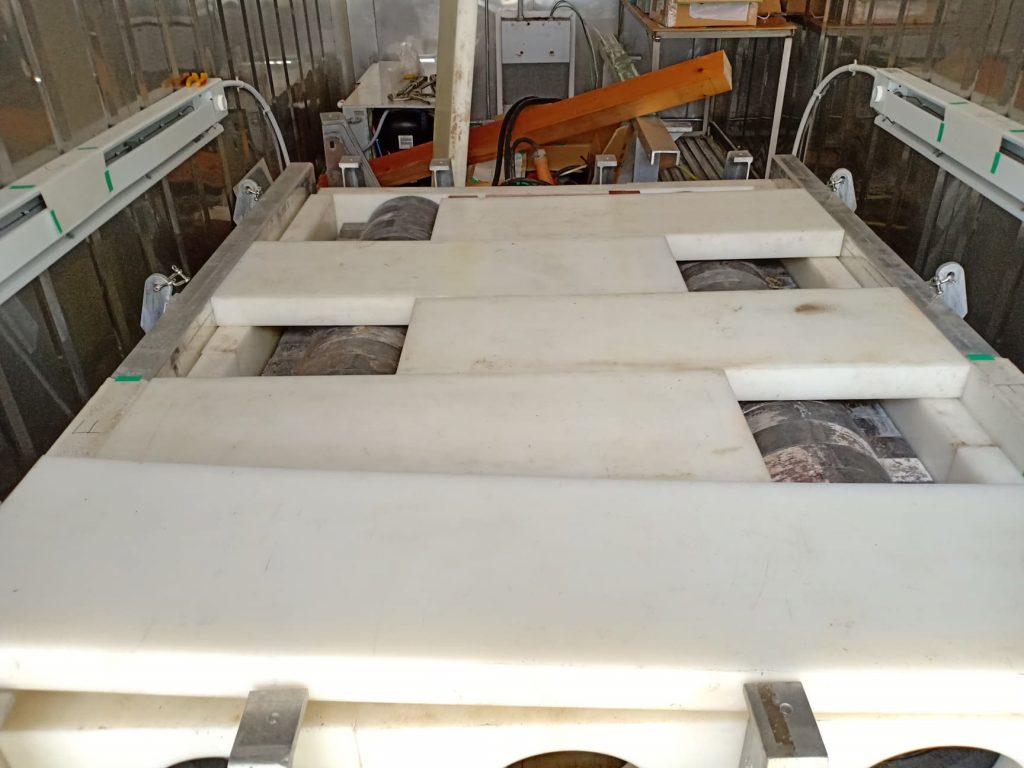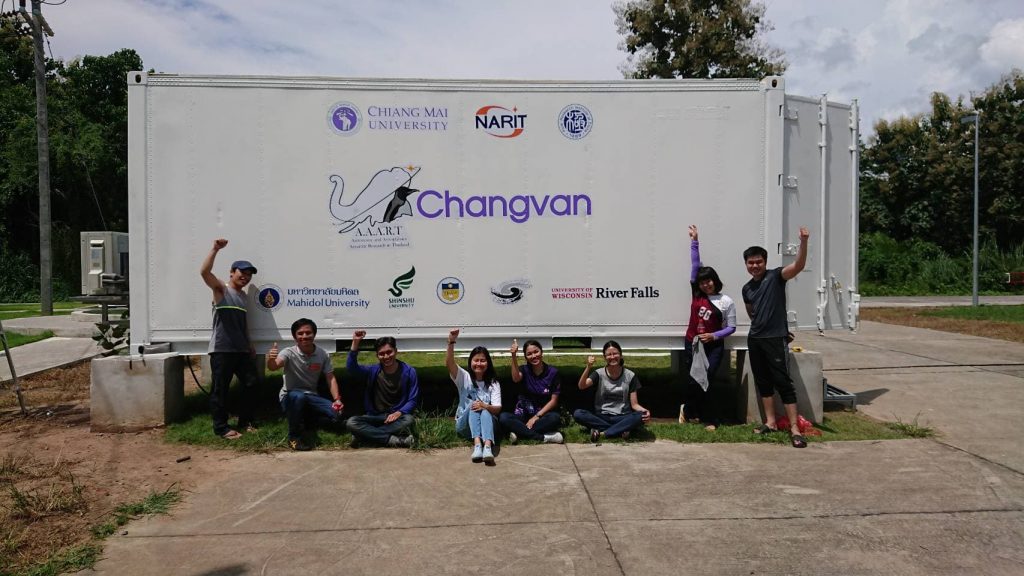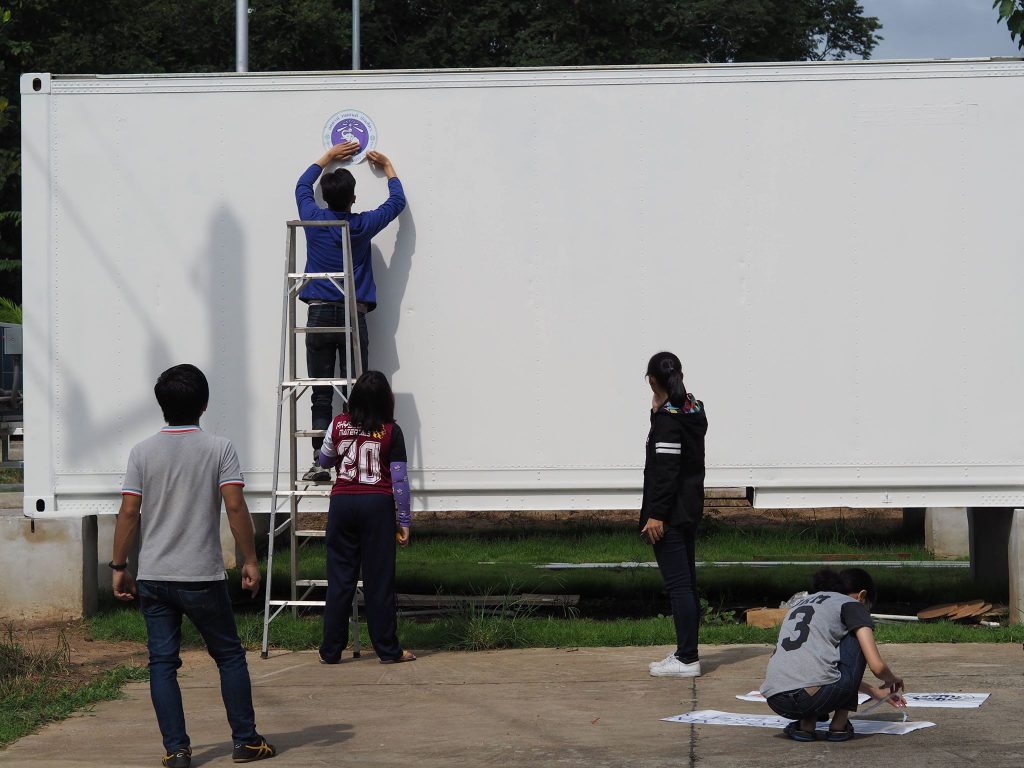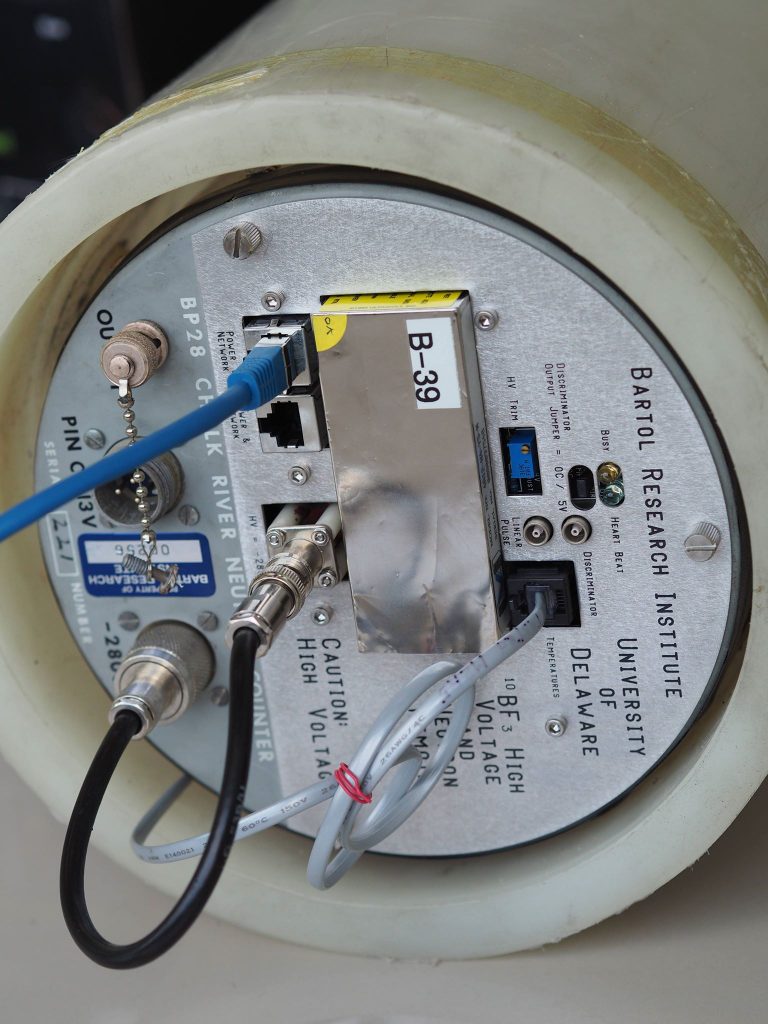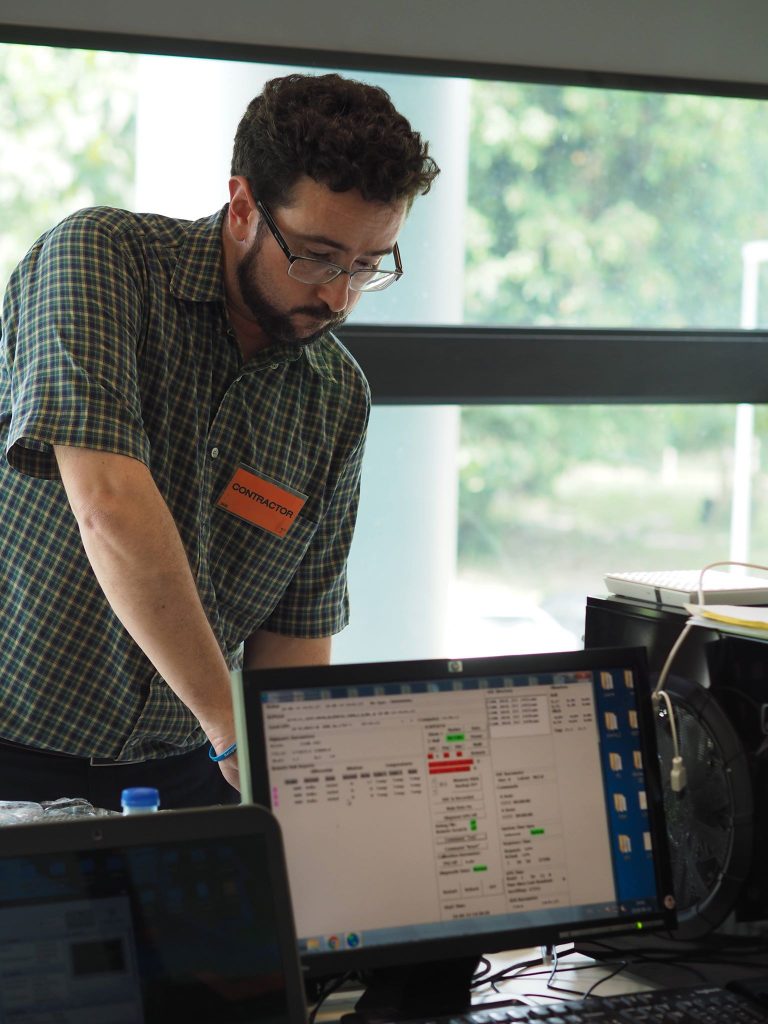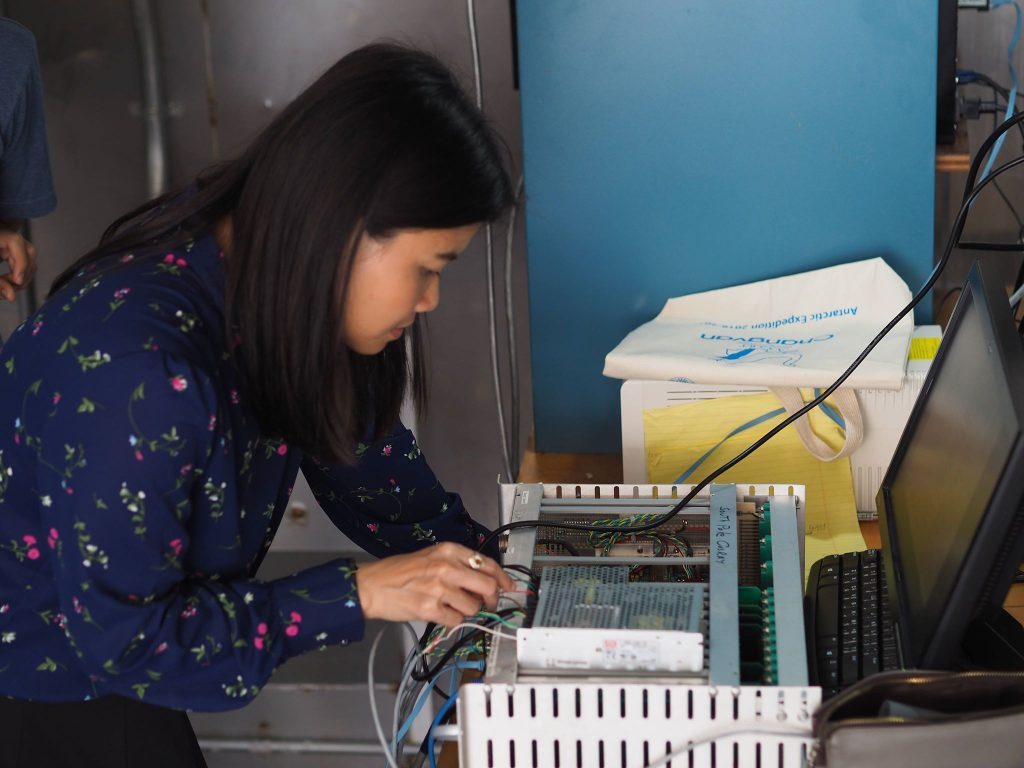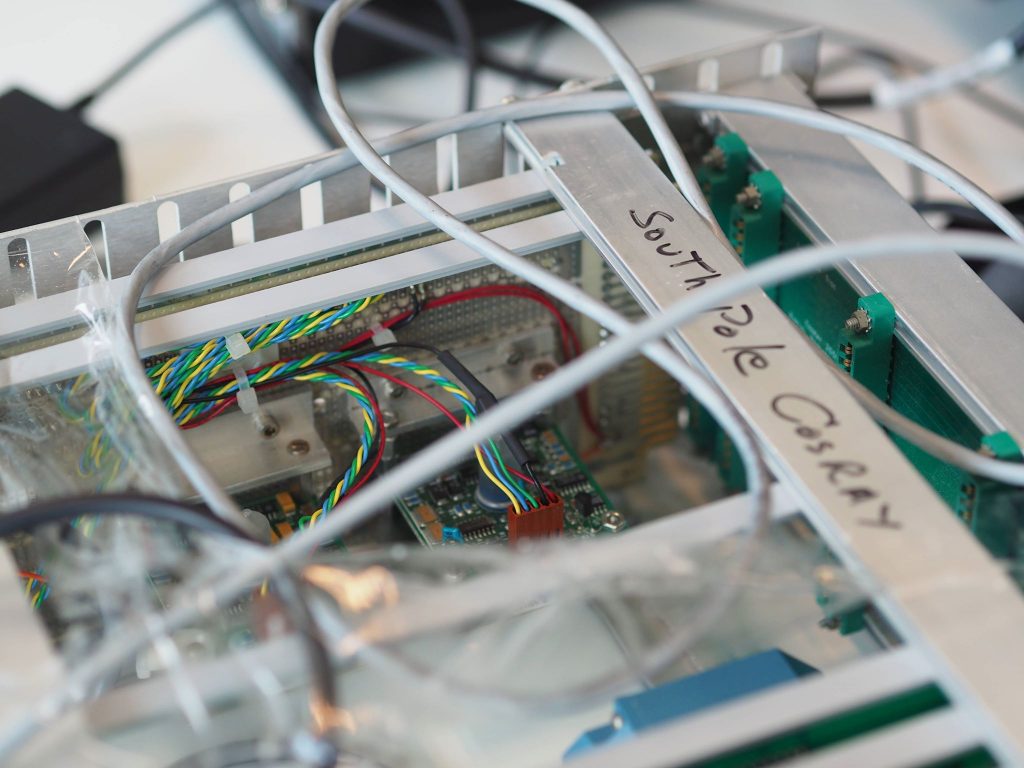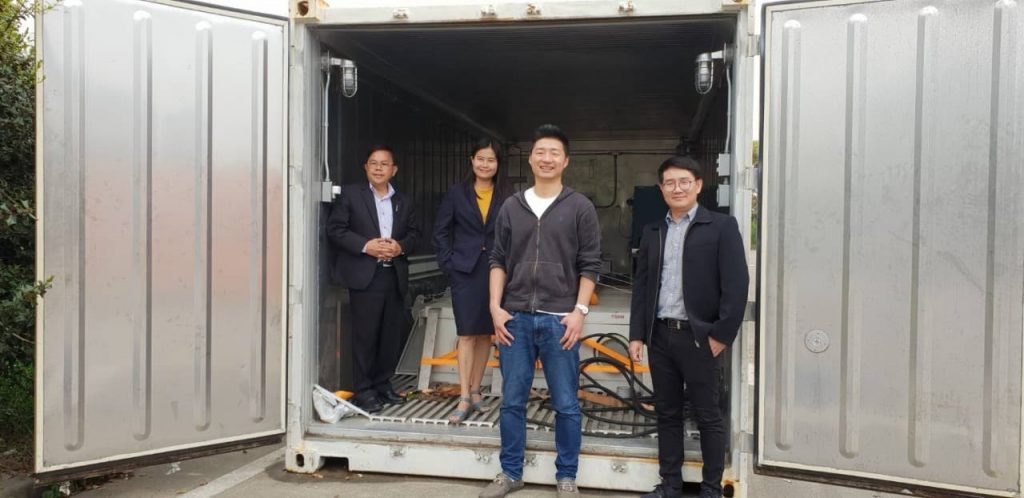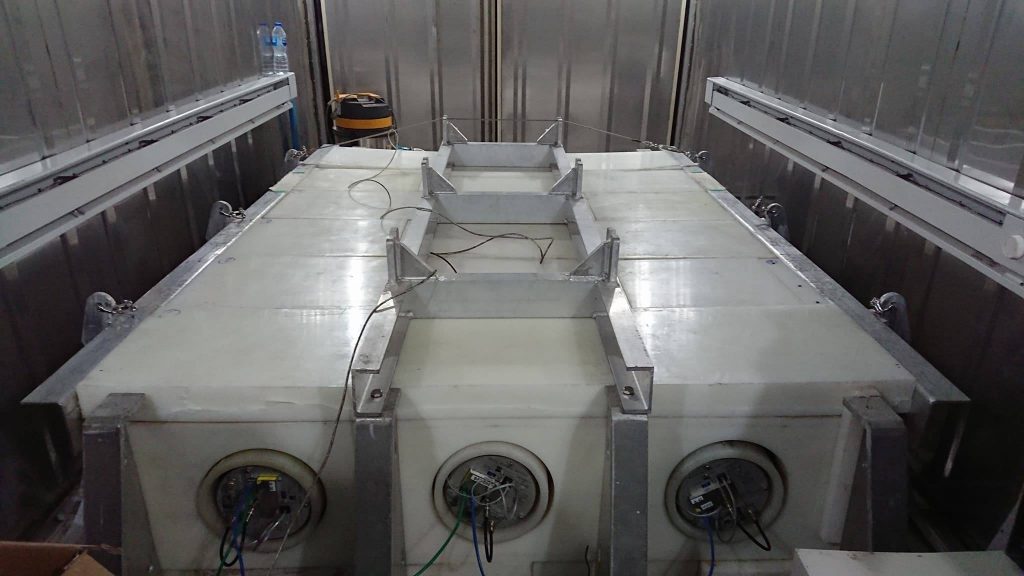Her Royal Highness Princess Maha Chakri Sirindhorn, Princess Debaratanarajasuda graciously and enthusiastically gives her support for Thailand’s involvement with the Chinese collaboration. On 6th April 2016, honored by Her Royal Highness presence, a similar MoU signing by the National Astronomical Research Institute of Thailand (NARIT) and the Polar Research Institute of China (PRIC) took place in Beijing, in order to enhance the degree of collaboration in astronomical research between the two institutes. In 2018, in collaboration with Chiang Mai University, NARIT submitted its first research proposal in astronomy, the Latitude Survey Project, to PRIC. The project aims to obtain the energy spectrum of the incoming cosmic rays, which varies with the latitude where the cosmic rays are detected due to positional dependence of cutoff rigidity (the cosmic rays’ ability to penetrate through the Earth’s magnetosphere). Such cosmic rays leave a profound impact on genetic structures of the living organisms if exposed to an overwhelming amount, thus need to be addressed with the utmost urgency.
Cosmic rays are energetic particles (including electrons, protons, and heavier elements) produced in the galaxy by processes that are not fully understood. The propagation of these particles is influenced by magnetic fields in the solar wind and in the magnetosphere of the Earth. By recording variations and fluctuations in the cosmic ray intensity, we are able to investigate changes in these magnetic fields.
Neutron monitors measure the “debris” left after the primary cosmic rays enter the atmosphere of the earth. Much of the information regarding the composition of the cosmic rays is lost in this process, but the large size of the neutron monitor permits an extremely accurate determination of the intensity of cosmic rays striking the atmosphere directly above the detector. The paths taken by these cosmic rays are influenced by the magnetic field of the earth, so that the monitor is “looking” toward a particular direction in space. This direction is in general very much removed from the local vertical. Our network of neutron monitors measures the anisotropy of cosmic rays.
Near the equator, the magnetic field of the earth is more effective in keeping cosmic rays from reaching the atmosphere than it is near the poles; so only higher energy particles are admitted. A parameter called the “Apparent Cutoff Rigidity” can be calculated to summarize this process. (Rigidity, or momentum per unit charge, is closely related to the particle energy but is more useful in the actual calculations.)
In a latitude survey, a neutron monitor is transported through a range of cutoff rigidities as rapidly as possible. (Speed is important because the cosmic ray intensity changes with time.) The variation in counting rate of the neutron monitor as a function of effective cutoff rigidity permits measurement of the cosmic ray spectrum (integrated over particle type) at energies where direct spacecraft measurement is difficult or impossible due to the large detector sizes required. Observed deviations from the perfect ordering of the data by the calculated cutoff rigidity may be used to produce refined models of the magnetic field of the earth.
In 2019, we built our instrument in Thailand by receiving parts from my places. As known, the standard neutron monitor comprises polyethylene, which acts as a reflector to filter out low-energy neutrons from the surroundings and also as a moderator reducing neutrons’ kinetic energy so that atmospheric neutrons become slowly moving neutrons or thermal neutrons. In between the reflector and the moderator, thick annular lead rings amplify neutrons’ signals. The proportional counter in the middle of the monitor contains boron-trifluoride gas, which mostly consists of Boron-10 isotopes. Collisions between the gas molecules and incoming neutrons induce nuclear fission reactions, which produce Helium-4 and Lithium-7 nuclei. The products naturally become ionized and generate electrical pulses on the anode at the center of the detecting tube that keeps the whole system connected to the ground. At the same time, cathode sustains a high voltage of -2800 volts. Resulting electrical pulses are monitored by electronic systems to count the number of particles involved in the reactions. This type of experiment can be set up either as a monitoring station (The Princess Sirindhorn Neutron Monitor on Doi Inthanon, for example), which gives out temporal variations only or as a latitude survey by installing the same equipment on the ship that crosses a wide range of latitudes. The latter gives a spectrum of Galactic cosmic rays, which is the primary goal of this project.
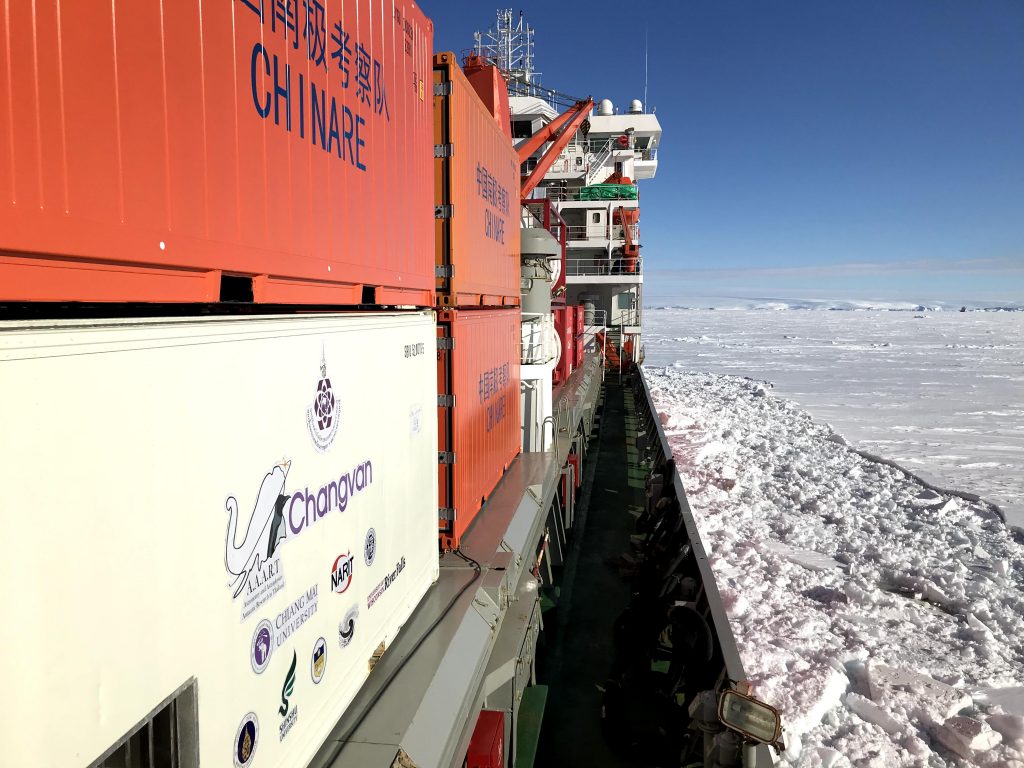
Three neutron monitors are installed in an insulated container named “Changvan” which boards the Chinese icebreaker Xuelong on its way to Antarctica. Although the costs of this project are relatively low, several heavy monitors can be installed on the ship. The average speed of the ship is suitable for this experiment, yielding statistically satisfying results. The project also aims to develop new electronic systems for neutron monitors to reduce deadtime, therefore enhancing the efficiency of data recording processes. A prototype of the new electronics has been preliminary successfully developed in Thailand and is now being tested at Bartol Research Institute, University of Delaware. The team plans to install these new electronics inside the second Changvan, which is now at the Northern Science Park in Chiang Mai.
